Since the 1990s, Lai Chih-Sheng has developed a subtle, sensitive practice of artistic intervention responsive to different social and natural environments—by, for example, sullying a carpet that comes with the exhibition space; vertically penetrating a building with drill holes through successive floors; sabotaging the hygiene, orderly entity of an enclosed chamber with a living mosquito; or by reconnecting the campus of a high school and a museum via a game of ping pong. His work, which spans a variety of mediums, delves into subjects such as the dynamics and tension at work in a given space; life experience, and the boundaries of artistic freedom. Always attentive to detail, Lai proposes new relationships between existing elements, dealing directly with the body and perception of the viewer by presenting highly conceptual, poetic exhibitions and projects.
Lai’s early series of site-specific works made in the architectural ruins lining the suburbs of Taipei chiefly involved endeavours and exercises seemingly made in vain. The spontaneous associations between his pseudo-monuments and the architectural environments highlighted the intimacy between objects and environments; the opportunity or necessity to confuse Lai’s expanded forms with the spaces in decay; and an intricate lyricism that directly addressed the viewer’s emotions and feelings. Lai is interested in incorporating self-reflexivity and is particularly conscious of the man-made nature of art. Building site-specific constructs that are akin to yet estranged from everyday reality, Lai often appropriates his own experience of working professionally as a bricklayer for thirteen years, on the foundation of which he considers themes such as labour, consumption, depletion and waste. The long-term series of “Life-size Drawing” (2011-ongoing) and “Border” (2013-ongoing) are exemplary of Lai’s art: the former, previously realised at institutions such as the Hayward Gallery in London, makes a three-dimensional drawing that is barely visible, tracing every nook and cranny of a given space, layering itself gently, totally, and excessively onto the space; the latter, realised at the Biennale de Lyon and Aichi Triennale among others, builds a high, narrow, and rather dangerous bridge along the walls for the audience, who is only left with confronting, in the centre of the space, materials and tools used in the making of the bridge.
In recent years, Lai has often emphasised the tumult and tranquility of environmental elements in either large or modest configurations. His 2023 exhibition at Kiang Malingue, “It’s a quiet thing”, measured the gallery space in hushed and unsettling ways: one of the central pieces placed a living mosquito in a beautiful, otherwise empty chamber—trying to locate the insect, the audience would begin to see floaters and be dazzled before long; another central piece was Princess Pea (2023), which involved an existing carpet in the space and another game of hide-and-seek: placed underneath the carpet, Lai’s unnamed, foul object stood out as the only focus in the room, sowing a dialectic of beauty and mortification—the elegance of the room is sabotaged by the embarrassingly prominent bump under the rug.
The year-long project of Outing (2024-2025) undid the wall between the Museum of Contemporary Art, Taipei and Jian Cheng Junior High School, reconnecting the two institutions through an act of reunion—the two used to be Kensei Shogakko, also known as Jian Cheng Elementary School, when Taiwan was under Japanese rule. By building a physical bridge in-between and placing on top of it a ping-pong table, Lai revisited the interwoven histories of the institutions; modified and expanded the space for art; and showed in a non-didactic, playful fashion different paths through which one may gain access to contemporary art—or out of it. Long before the recent global pandemic, Lai was actively interrupting and contaminating institutional purity through projects of distinct natures; in the post-pandemic era, Lai’s work that contaminates and transplants alien elements continues to examine the political significance of art in contemporary society, redefining the boundary between art and life.
Lai Chih-Sheng lives and works in Taipei. He has held exhibitions at Project Fulfill Art Space, Taipei (2025); MoCA Taipei, Taipei (2024); Kiang Malingue, Hong Kong (2023); Taipei Fine Arts Museum, Taipei (2020); Kirishima Open Air Museum, Kagoshima (2019); and Observation Society, Guangzhou (2018) among others. He has also participated in group exhibitions at Taipei Biennale, Taipei Fine Arts Museum, Taipei (2023); Tainan Art Museum, Tainan (2022); Chiayi Art Museum, Chiayi (2022); New Taipei City Arts Center, Taipei (2020); Aichi Triennale, Aichi (2016); Biennale de Lyon, Lyon (2015); Para Site, Hong Kong (2015); OCT Contemporary Art Terminal, Shenzhen (2014); and Hayward Gallery, London (2012).
Lai Chih-Sheng B. Taipei, Taiwan, 1971
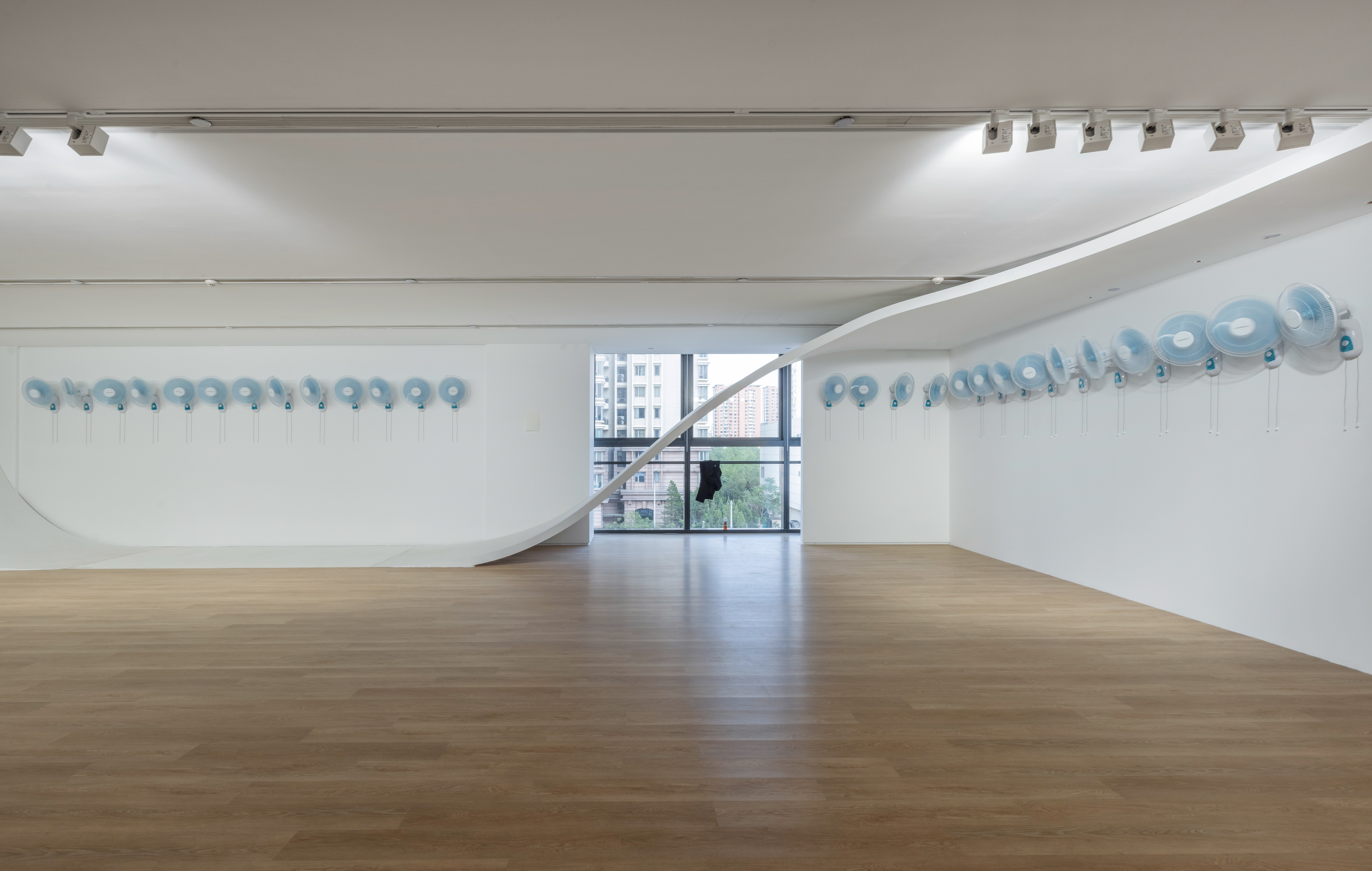
Installation view, “I see You, You see Me”, Yuan Art Museum, Beijing, 2025.
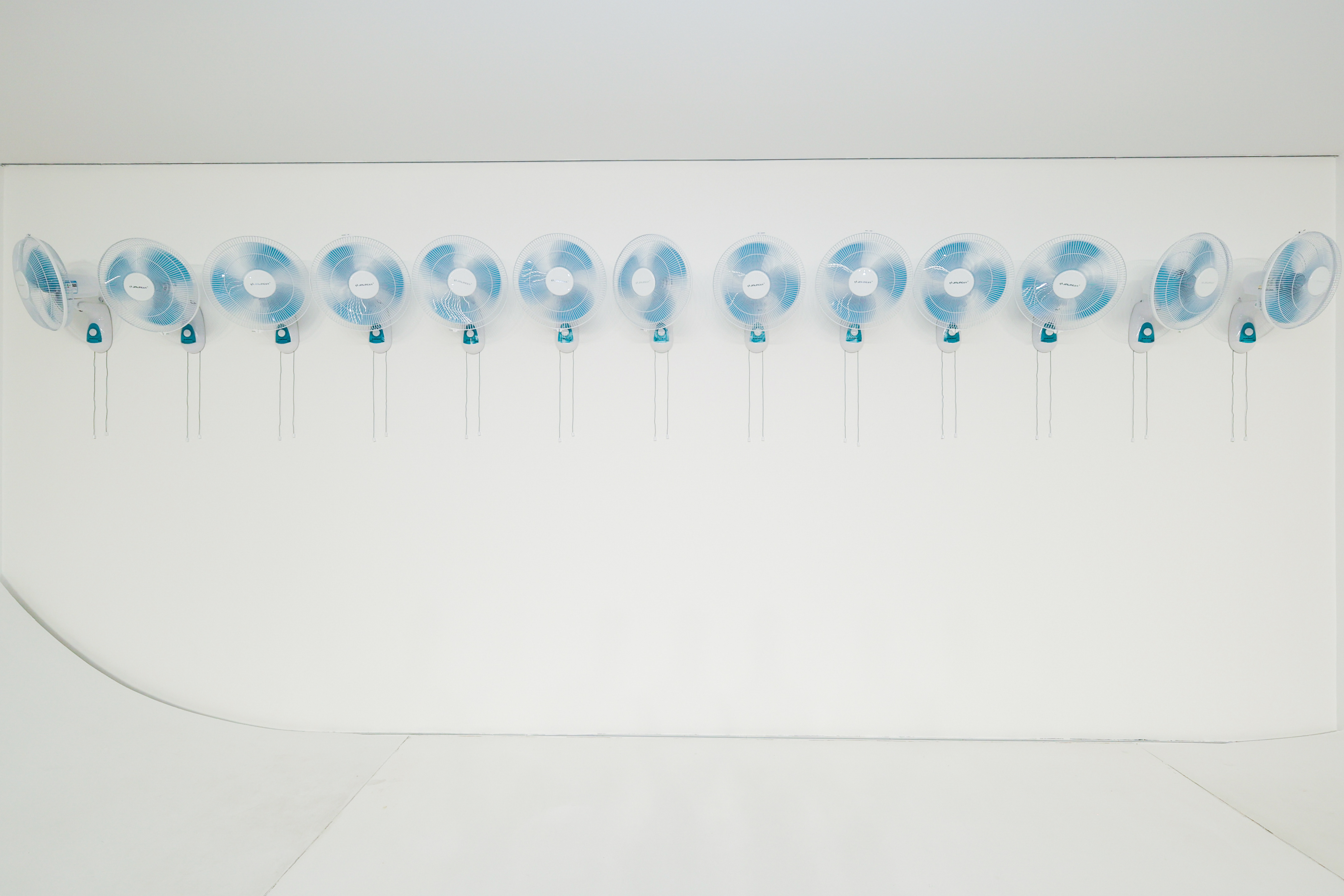
Installation view, “I see You, You see Me”, Yuan Art Museum, Beijing, 2025.
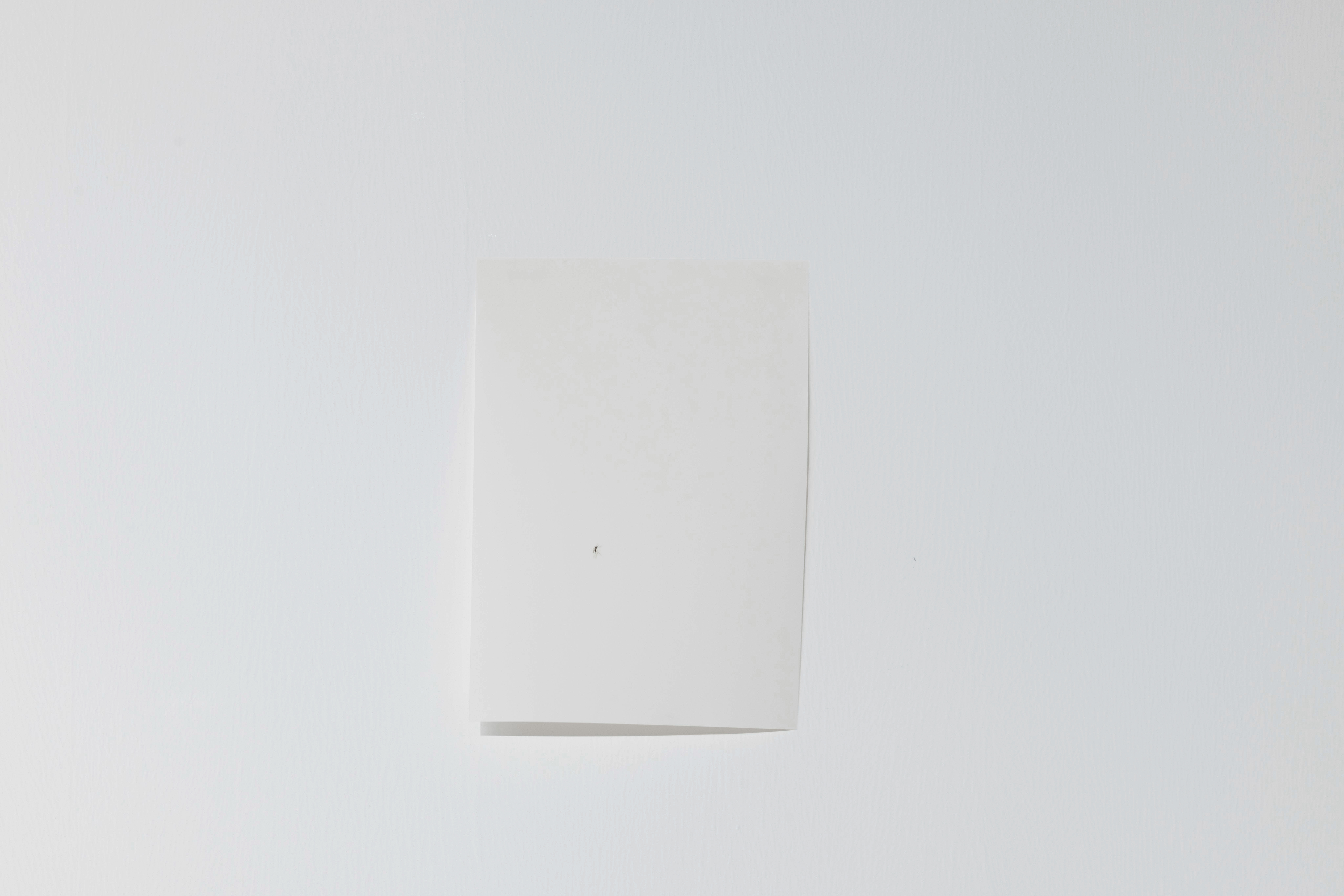
Installation view, “I see You, You see Me”, Yuan Art Museum, Beijing, 2025.
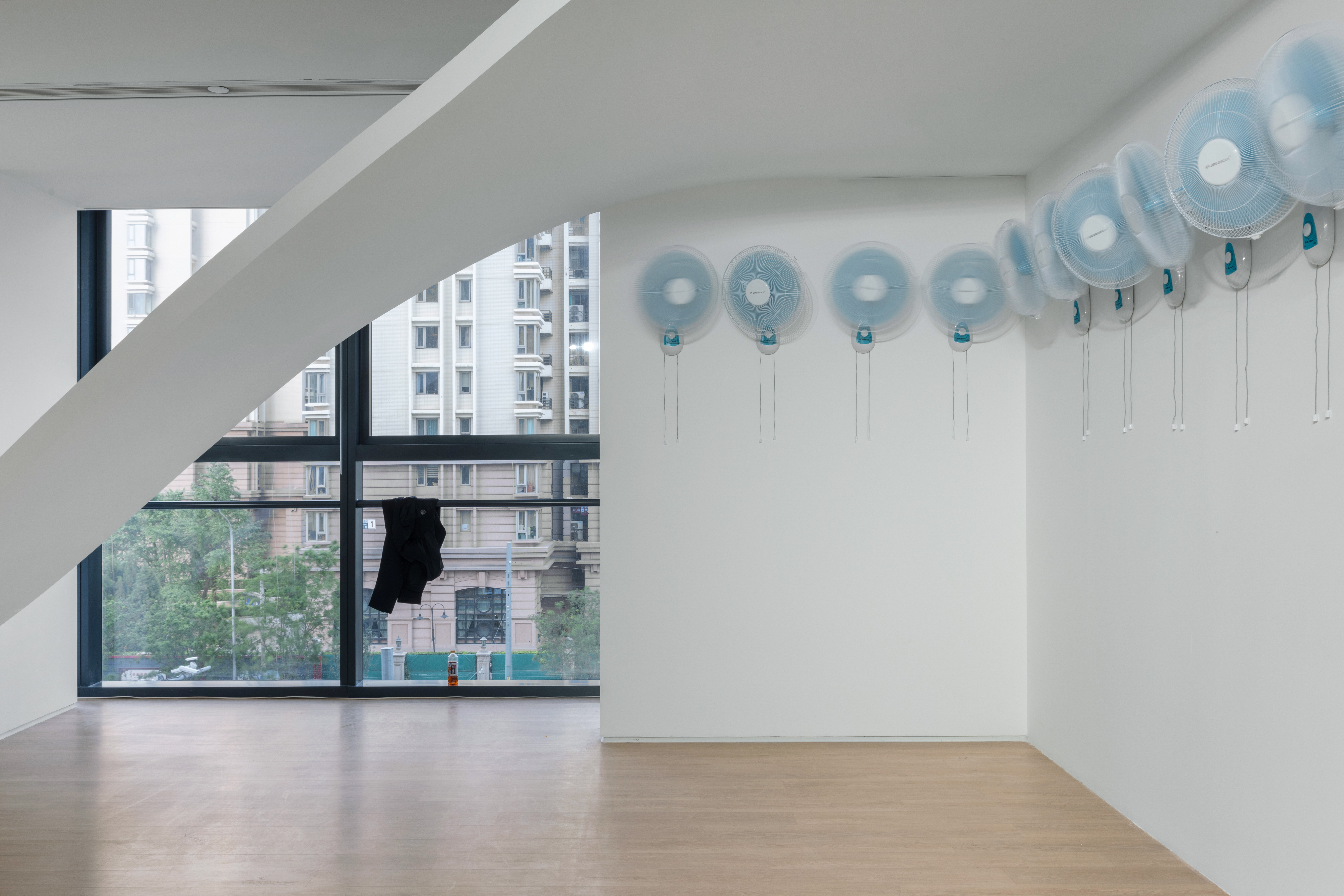
Installation view, “I see You, You see Me”, Yuan Art Museum, Beijing, 2025.
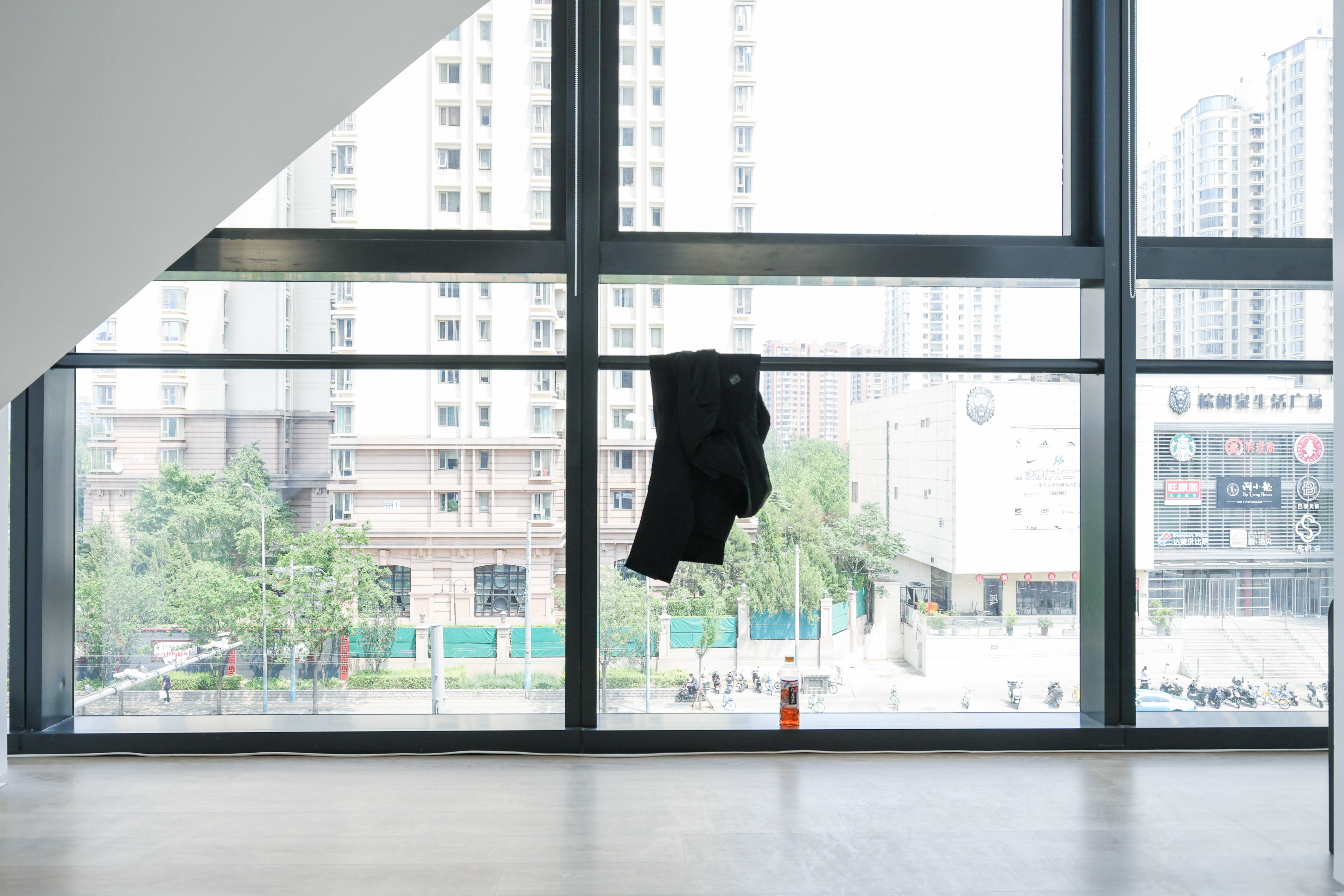
Installation view, “I see You, You see Me”, Yuan Art Museum, Beijing, 2025.
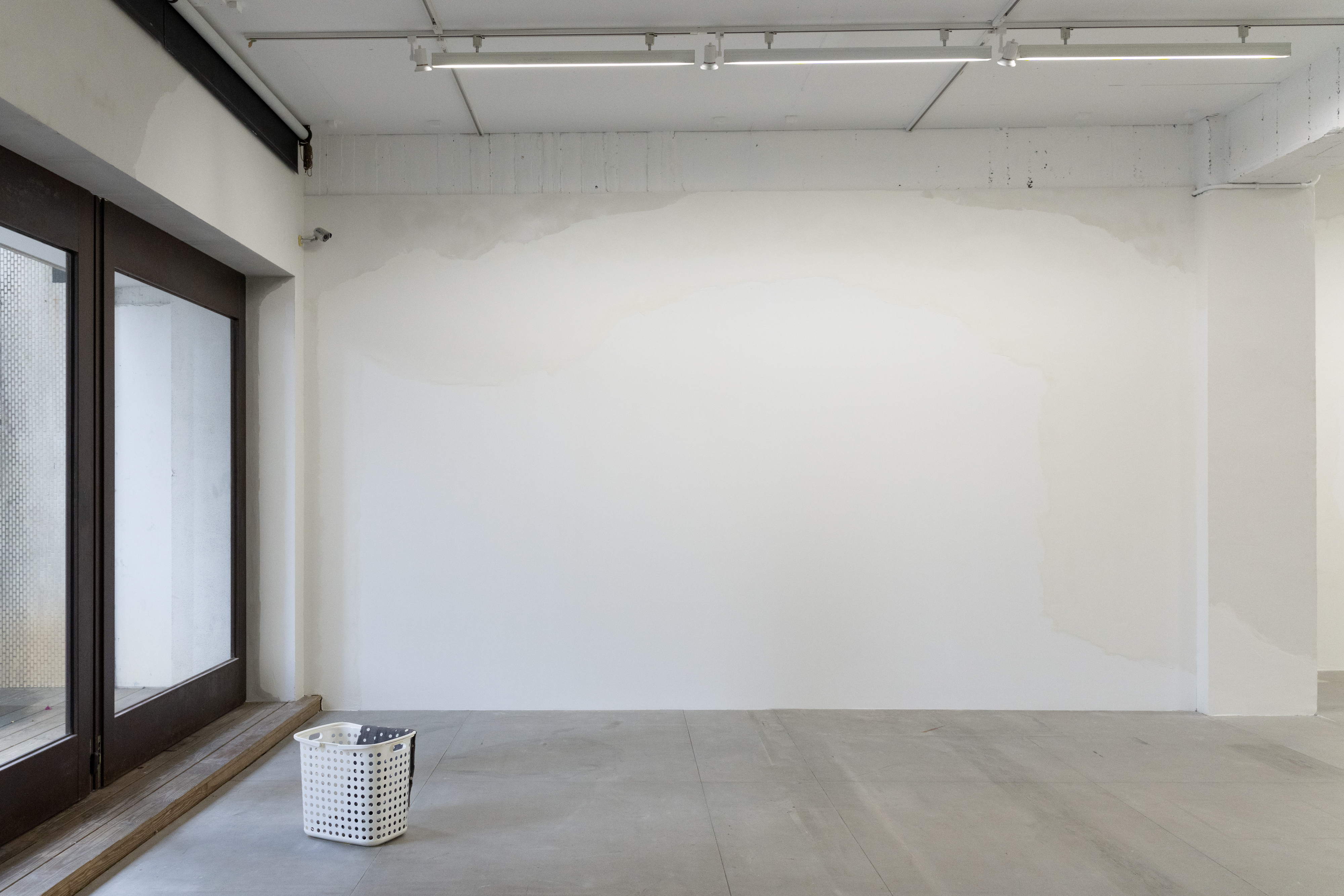
Installation view, “Lai Chih-Sheng: Nodding”, Project Fulfill Art Space, Taipei, 2025. Image courtesy of the artist.

Cement, lime powder, water-based glue
Dimensions Variable
Installation view, “Lai Chih-Sheng: Nodding”, Project Fulfill Art Space, Taipei, 2025. Image courtesy of the artist.
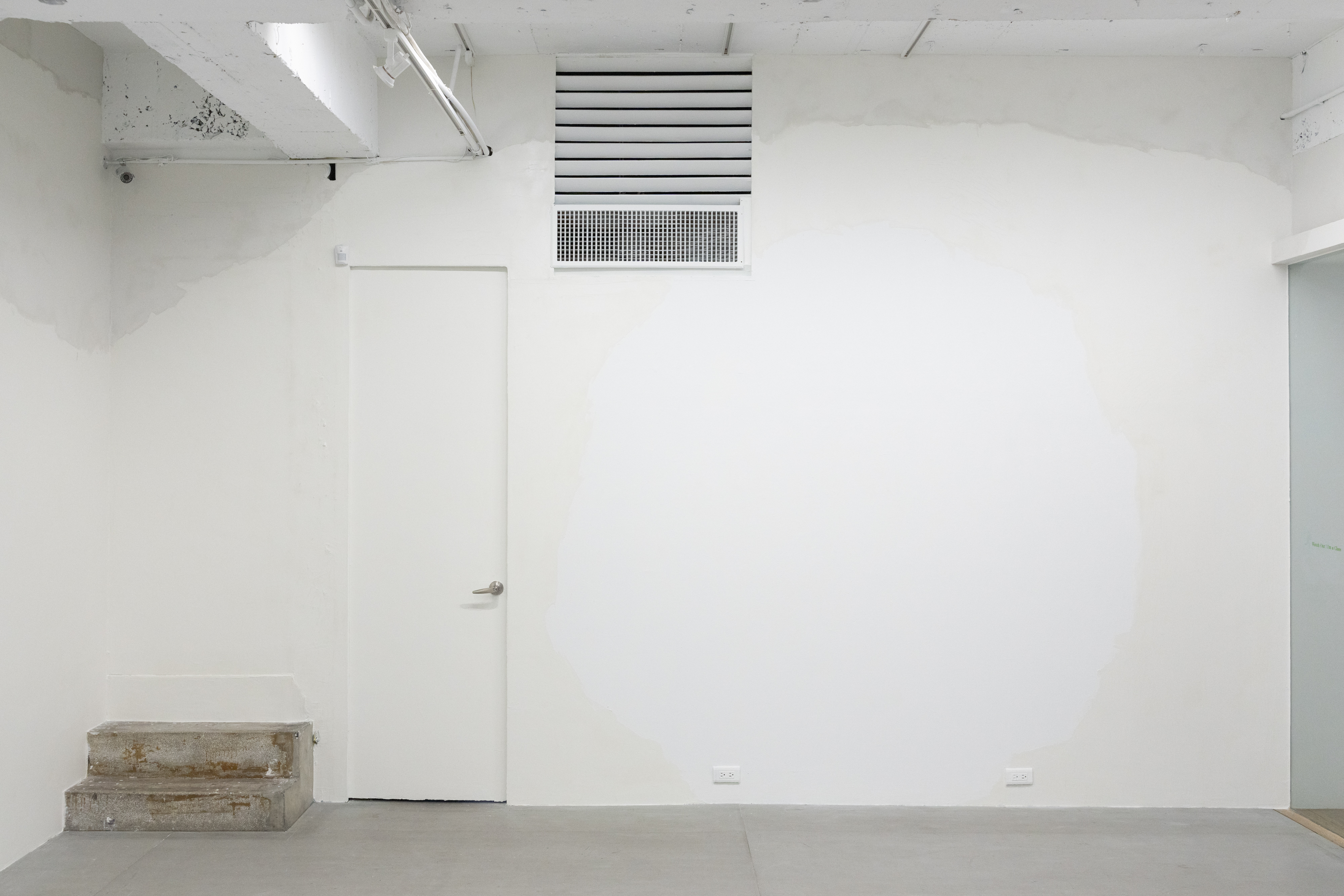
Installation view, “Lai Chih-Sheng: Nodding”, Project Fulfill Art Space, Taipei, 2025. Image courtesy of the artist.
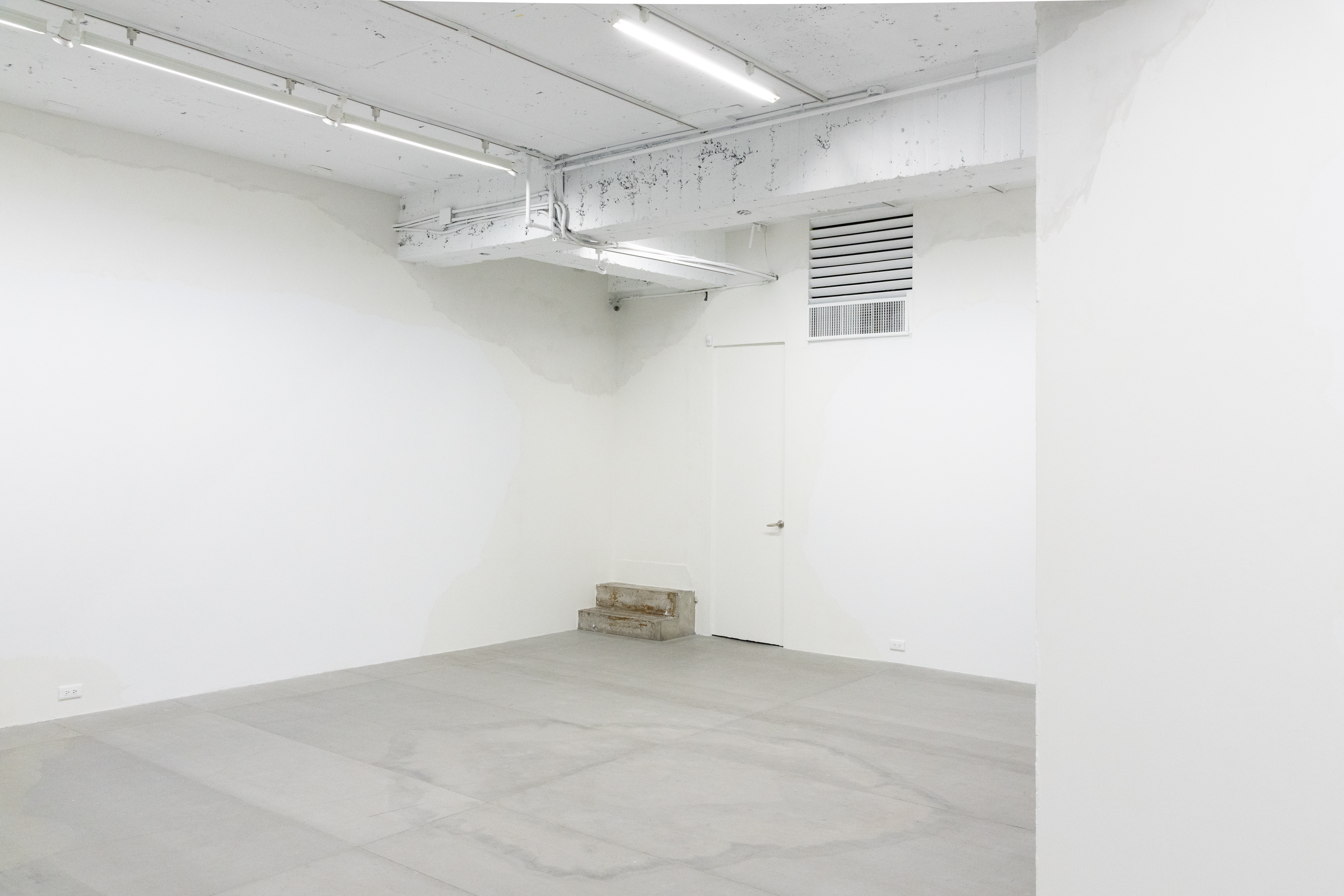
Installation view, “Lai Chih-Sheng: Nodding”, Project Fulfill Art Space, Taipei, 2025. Image courtesy of the artist.

Installation view, “Lai Chih-Sheng: Nodding”, Project Fulfill Art Space, Taipei, 2025. Image courtesy of the artist.
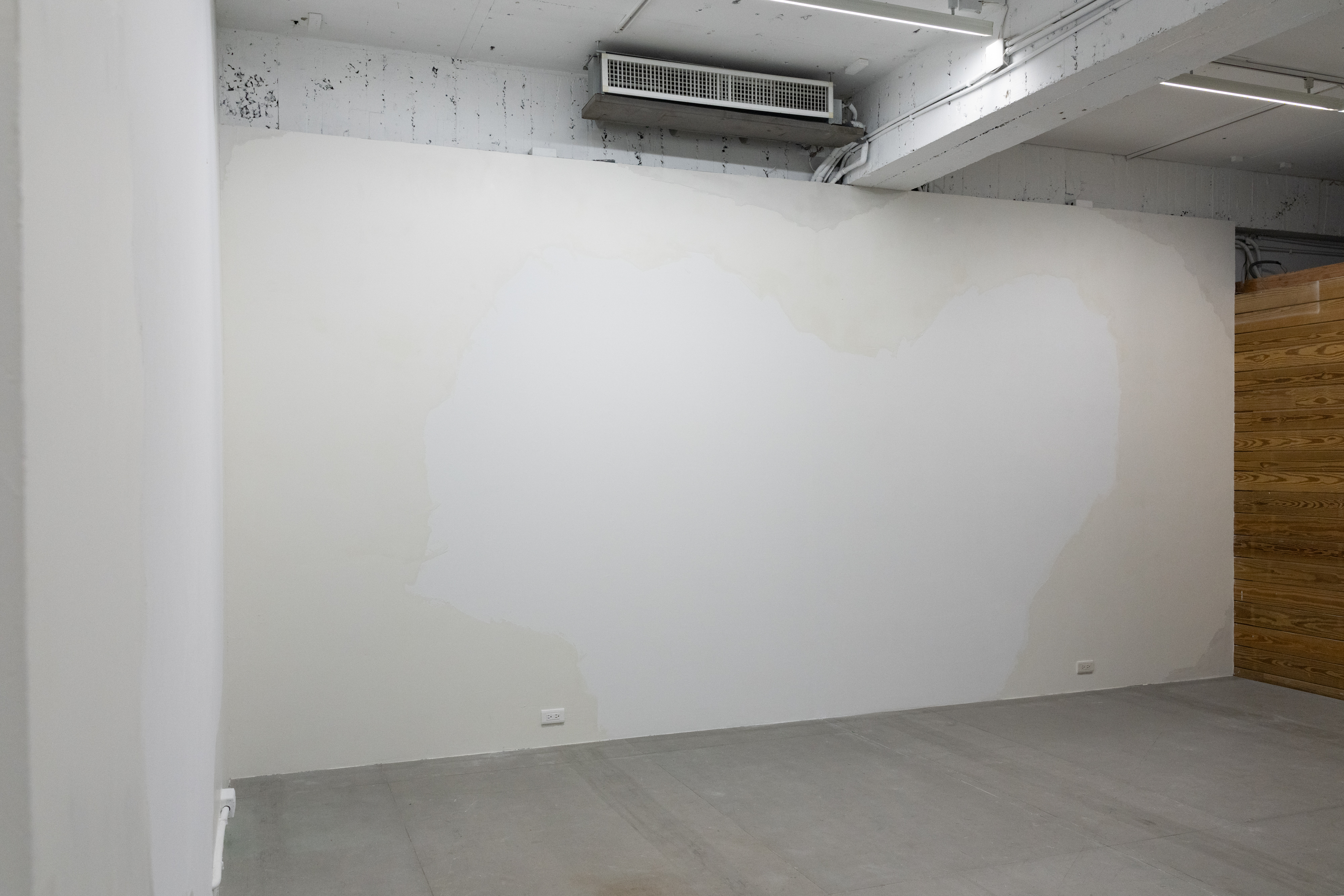
Installation view, “Lai Chih-Sheng: Nodding”, Project Fulfill Art Space, Taipei, 2025. Image courtesy of the artist.
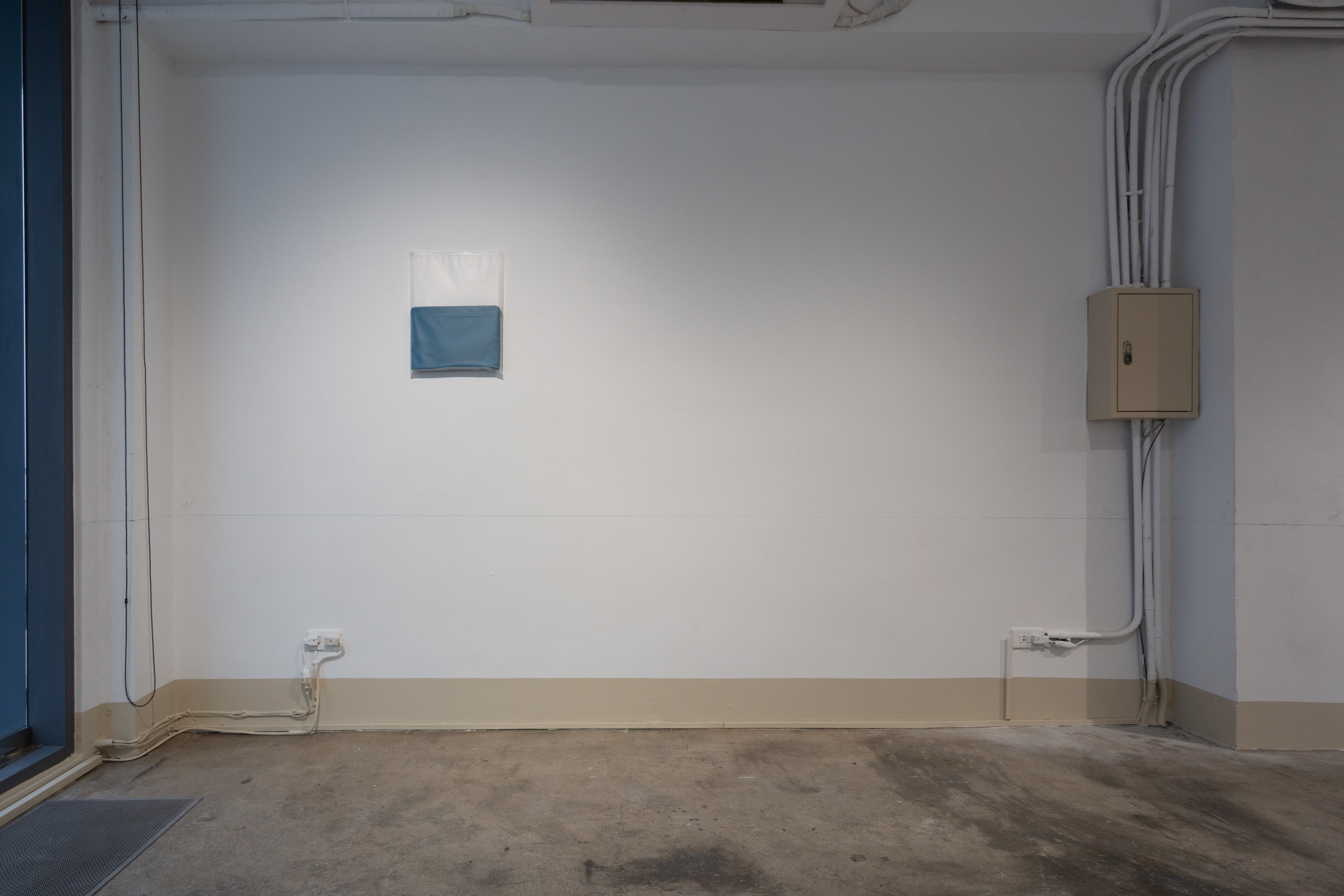
“Lai Chih-Sheng: Clearing”, TheCube Project Space, Taiwan, 2024.
Image courtesy of the artist.

“Lai Chih-Sheng: Clearing”, TheCube Project Space, Taiwan, 2024.
Image courtesy of the artist.
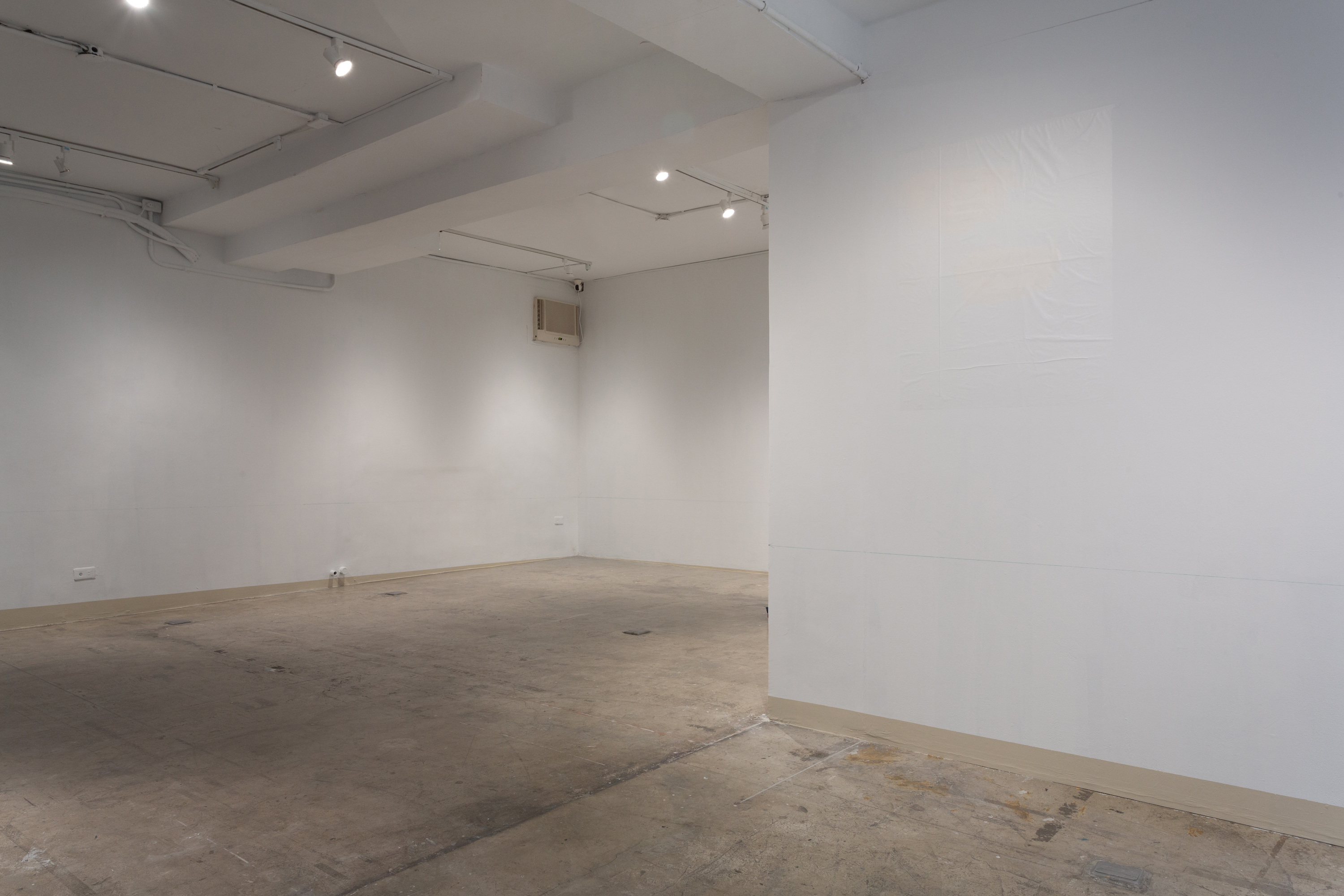
“Lai Chih-Sheng: Clearing”, TheCube Project Space, Taiwan, 2024.
Image courtesy of the artist.
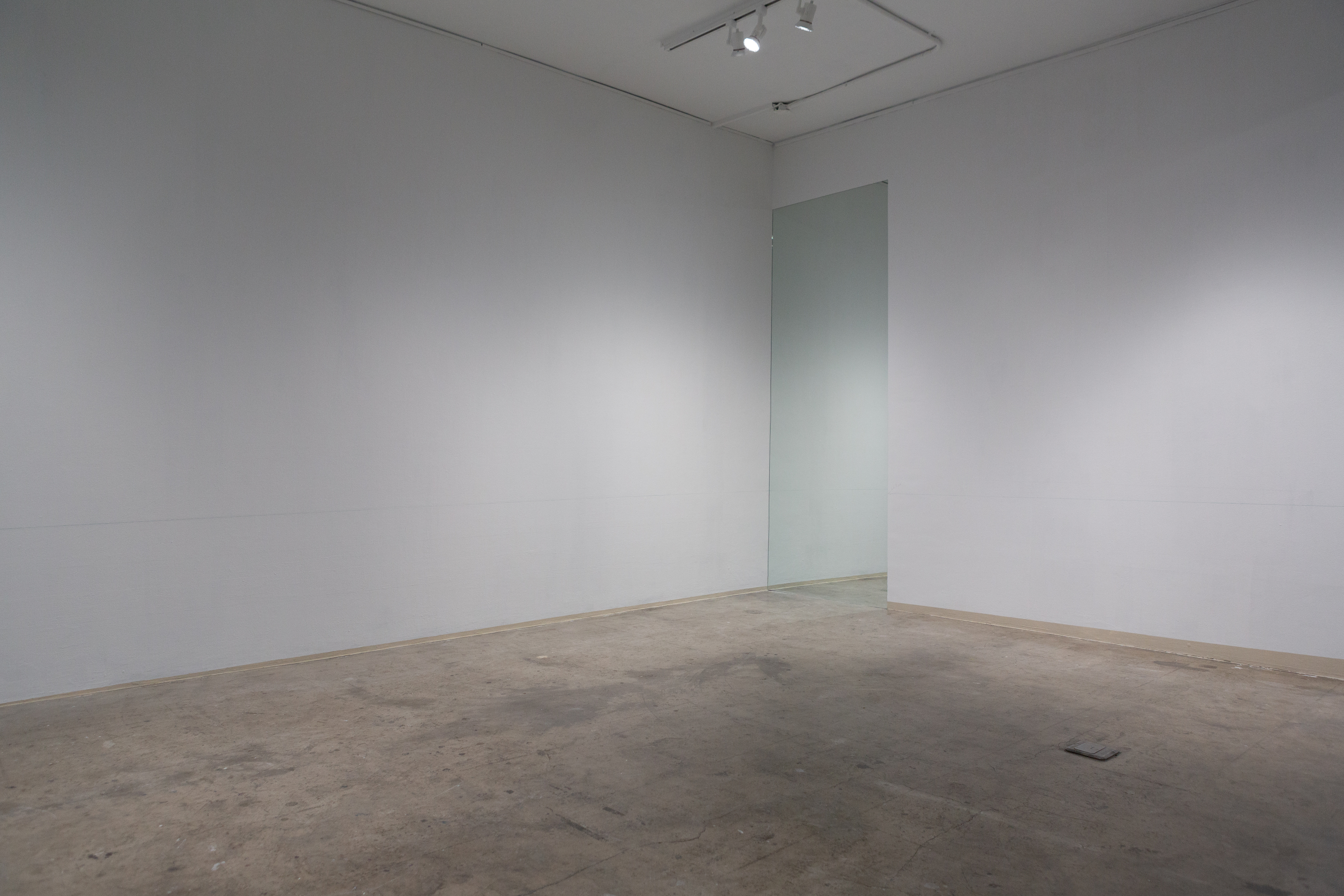
“Lai Chih-Sheng: Clearing”, TheCube Project Space, Taiwan, 2024.
Image courtesy of the artist.

“One year project – Outing”, MOCA Taipei, Taipei, Taiwan
Image courtesy of the artist and MOCA Taipei.
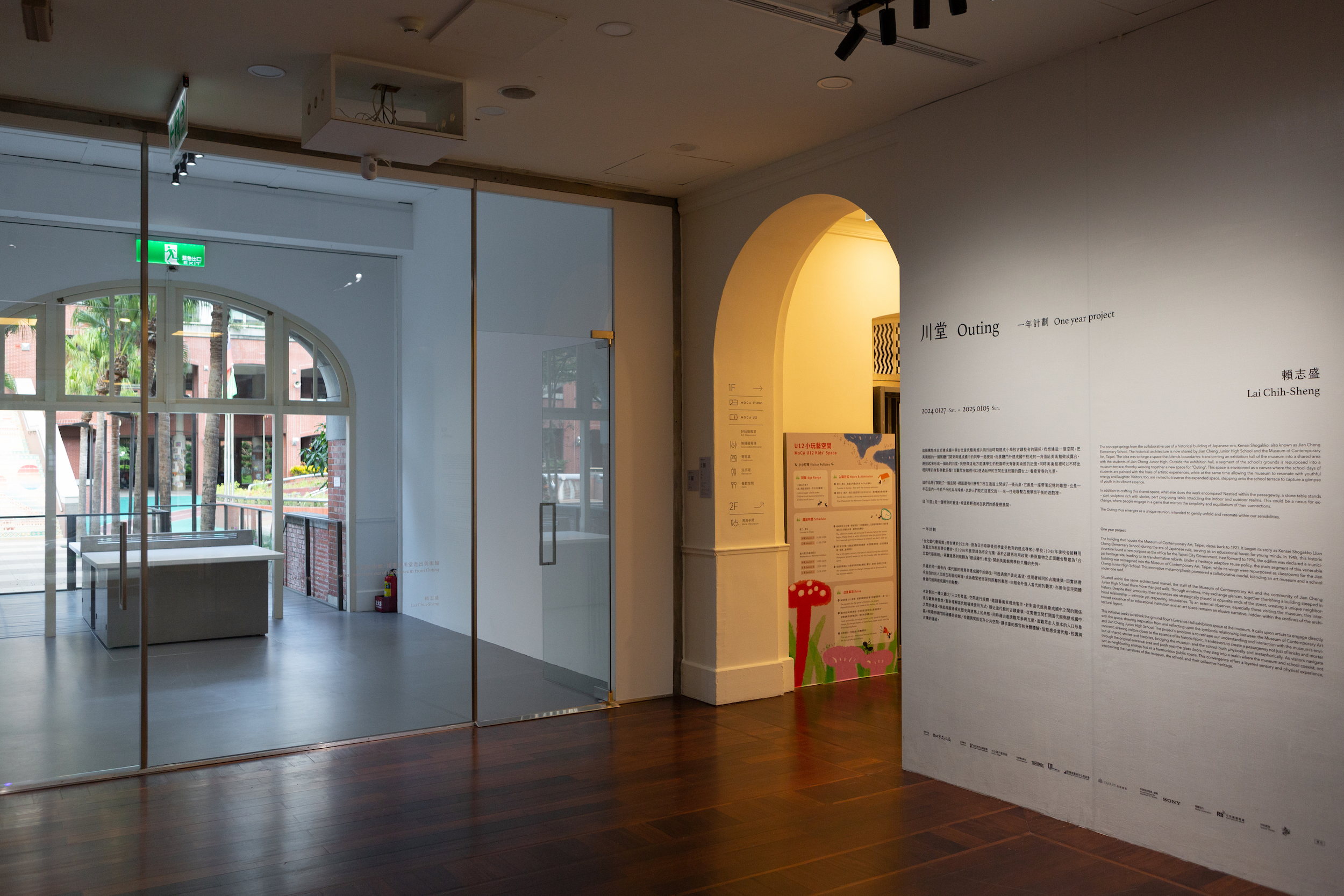
“One year project – Outing”, MOCA Taipei, Taipei, Taiwan
Image courtesy of the artist.

“One year project – Outing”, MOCA Taipei, Taipei, Taiwan
Image courtesy of the artist and MOCA Taipei.
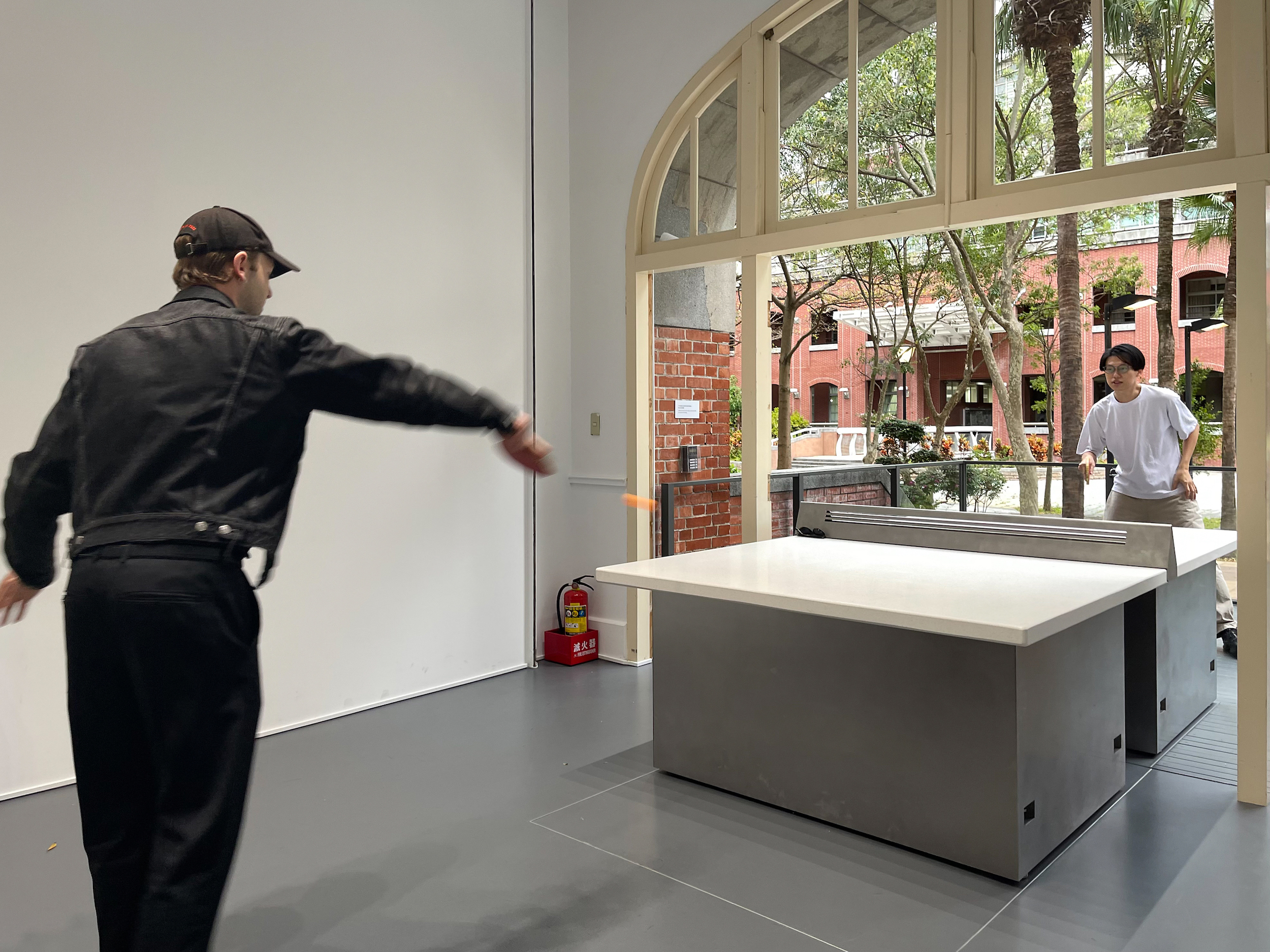
“One year project – Outing”, MOCA Taipei, Taipei, Taiwan
Image courtesy of the artist and MOCA Taipei.

“One year project – Outing”, MOCA Taipei, Taipei, Taiwan
Image courtesy of the artist.
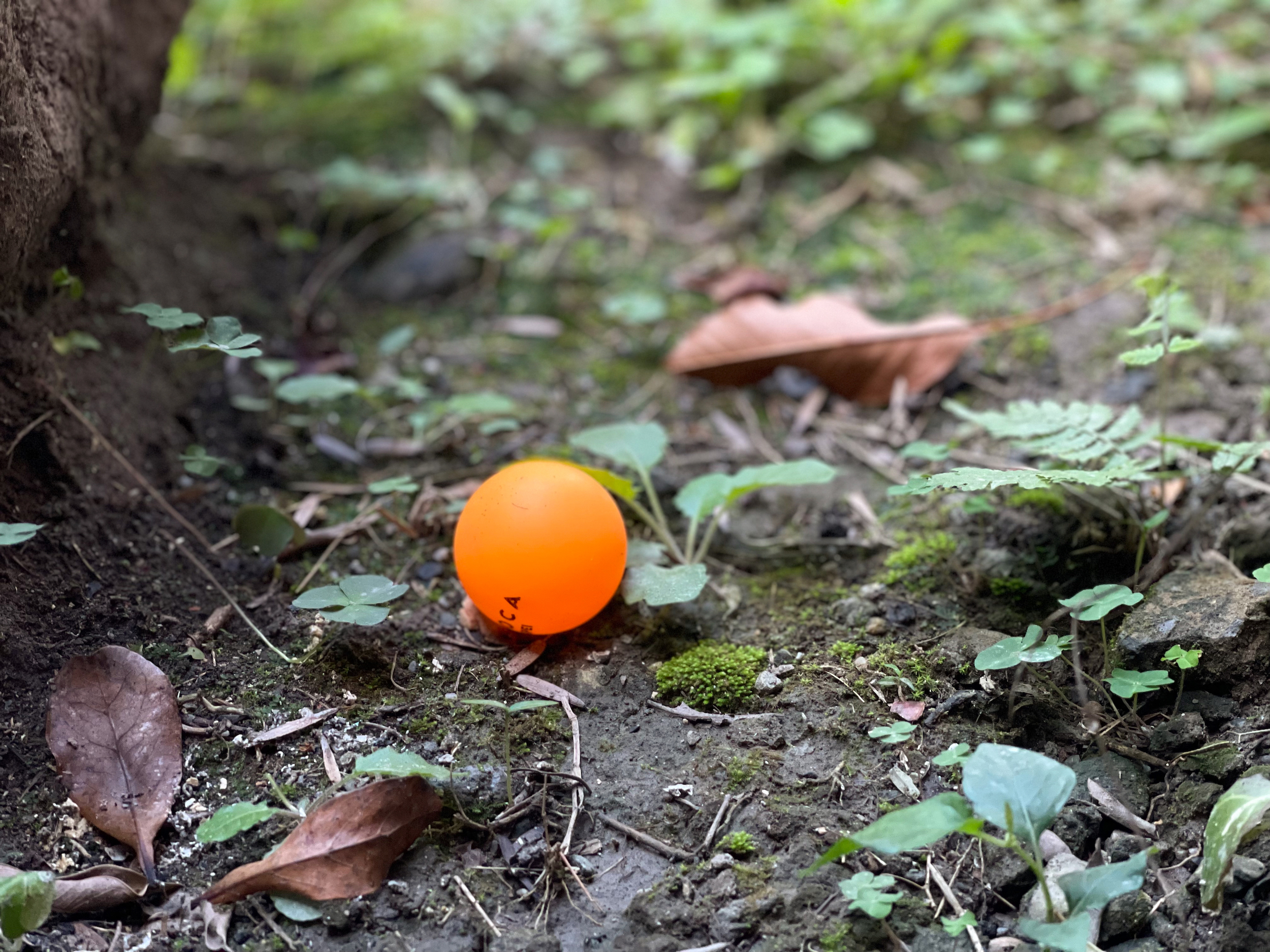
“One year project – Outing”, MOCA Taipei, Taipei, Taiwan
Image courtesy of the artist.
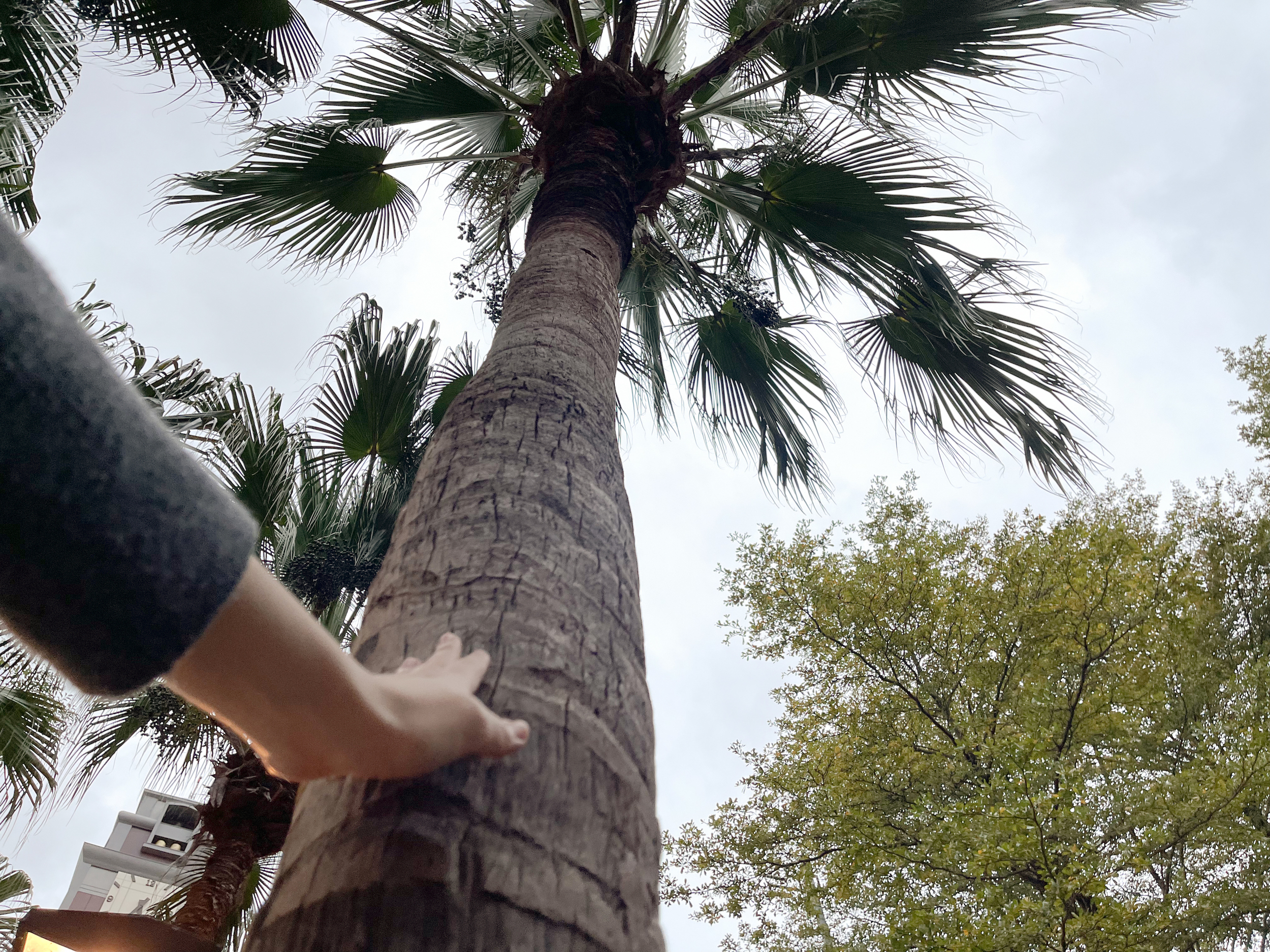
“One year project – Outing”, MOCA Taipei, Taipei, Taiwan
Image courtesy of the artist.
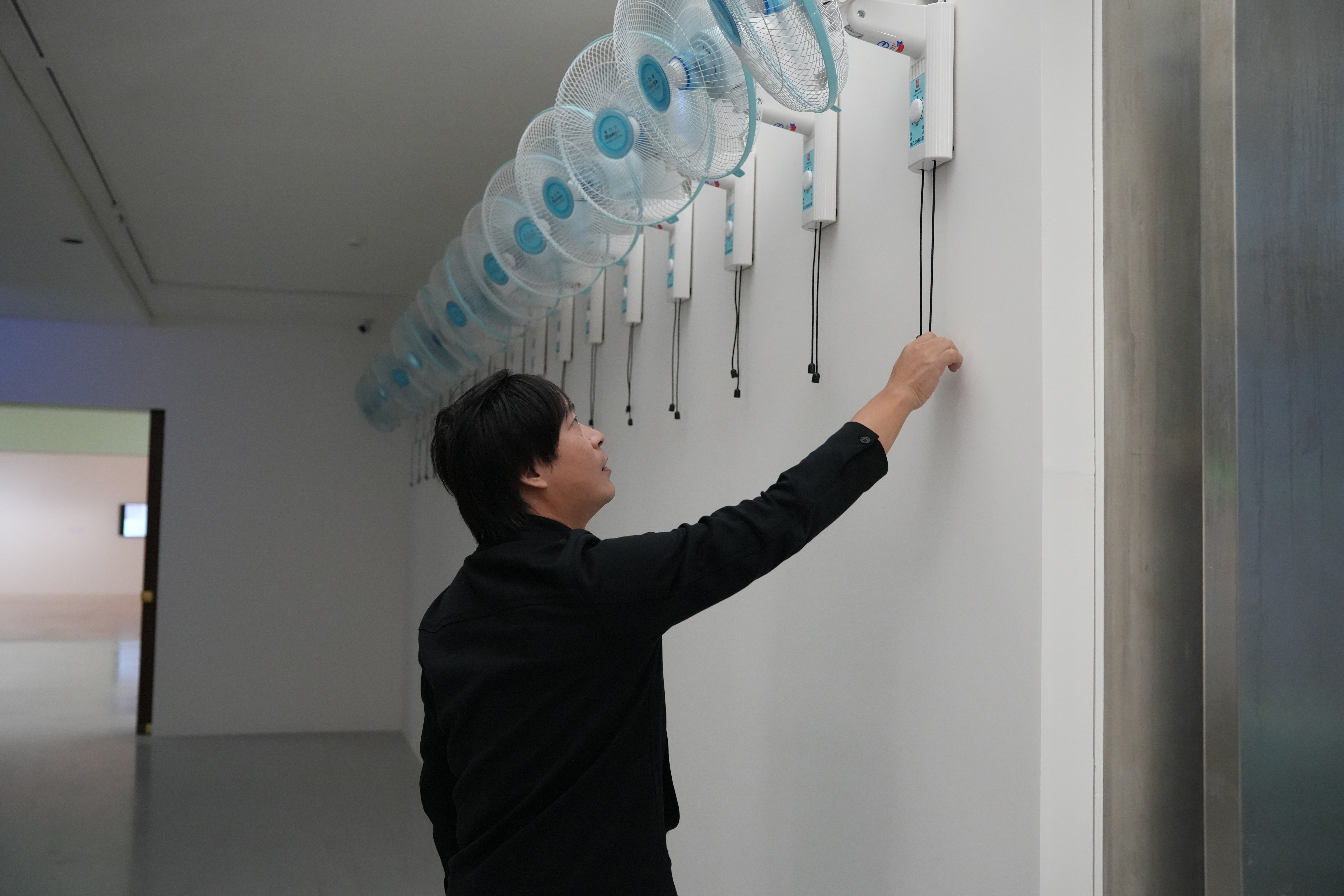
Mixed media installation
Dimensions variable
Commissioned by Taipei Biennial 2023.
Installation shots of ‘Small World’, 2023 Taipei Biennial, Taipei Fine Arts Museum, Taipei, 2023. Image courtesy of the artist.
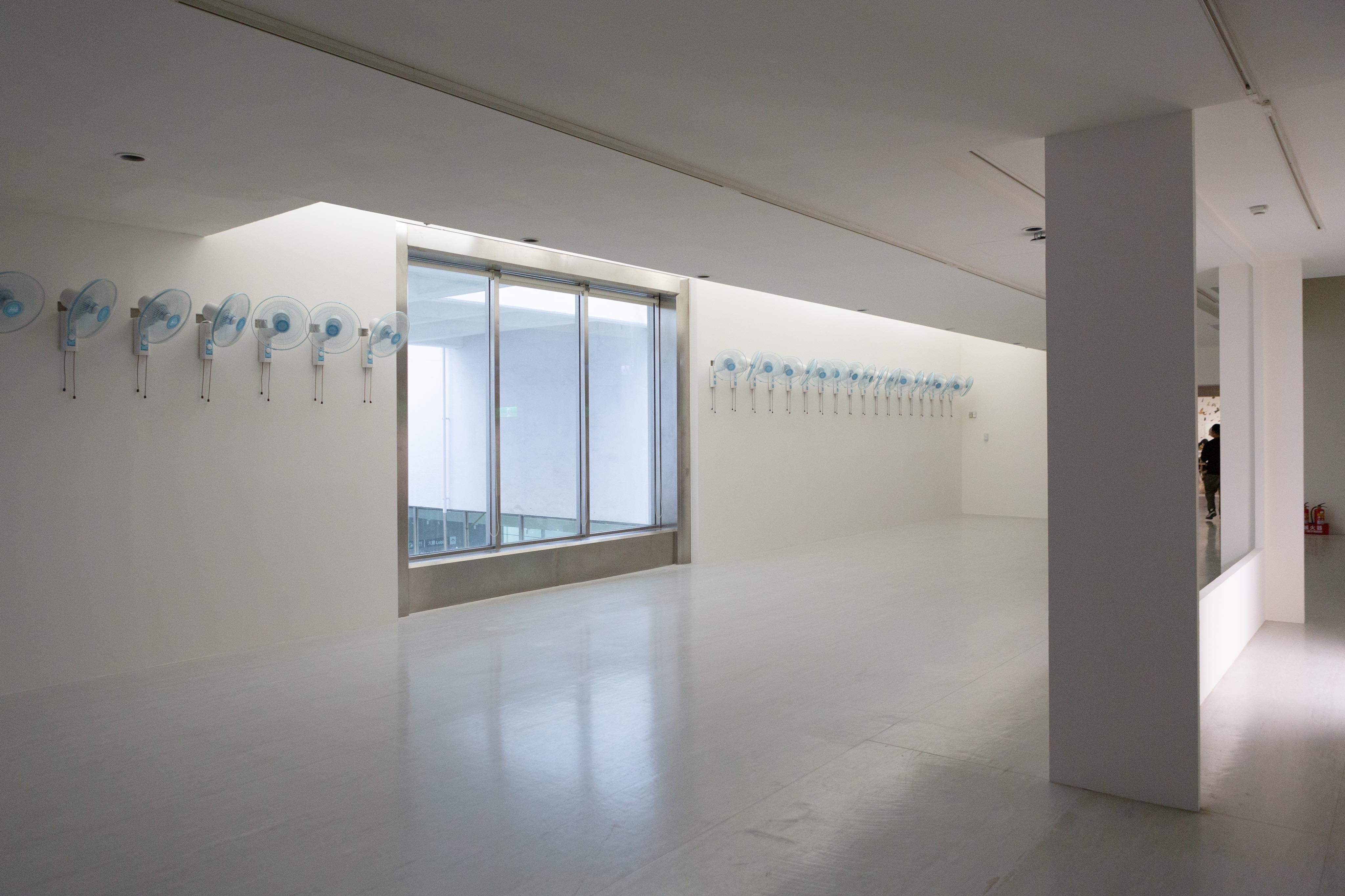
Mixed media installation
Dimensions variable
Commissioned by Taipei Biennial 2023.
Installation shots of ‘Small World’, 2023 Taipei Biennial, Taipei Fine Arts Museum, Taipei, 2023. Image courtesy of the artist.

Mixed media installation
Dimensions variable
Commissioned by Taipei Biennial 2023.
Installation shots of ‘Small World’, 2023 Taipei Biennial, Taipei Fine Arts Museum, Taipei, 2023. Image courtesy of the artist.

Mixed media installation
Dimensions variable
Commissioned by Taipei Biennial 2023.
Installation shots of ‘Small World’, 2023 Taipei Biennial, Taipei Fine Arts Museum, Taipei, 2023. Image courtesy of the artist.
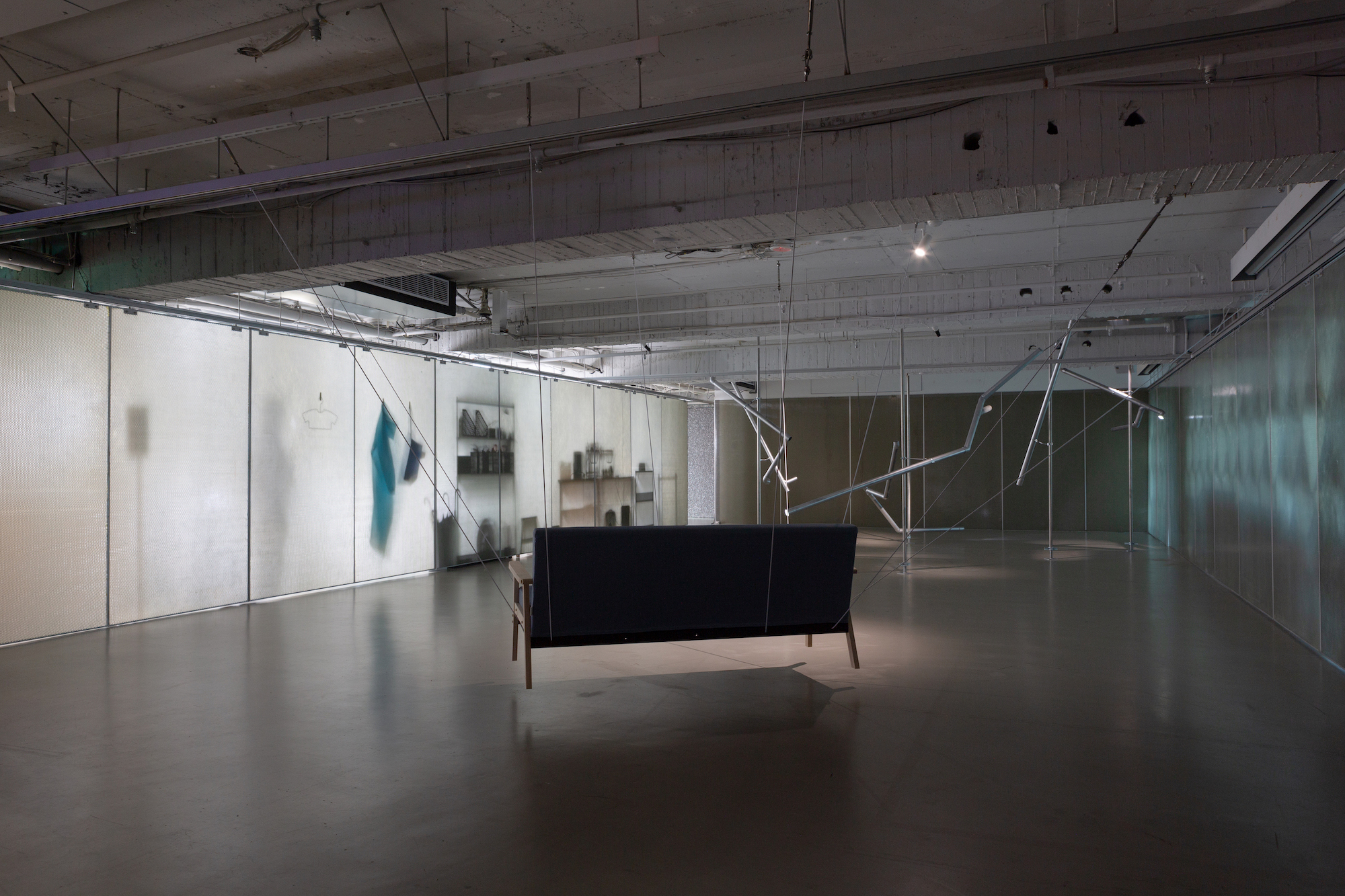
Installation view of ‘Madeleine Moment: The Technology of Memory and Sentiment Part III’. Organized by TheCube Project Space, Hong Foundation, Taipei, Taiwan
Image courtesy of the artist.
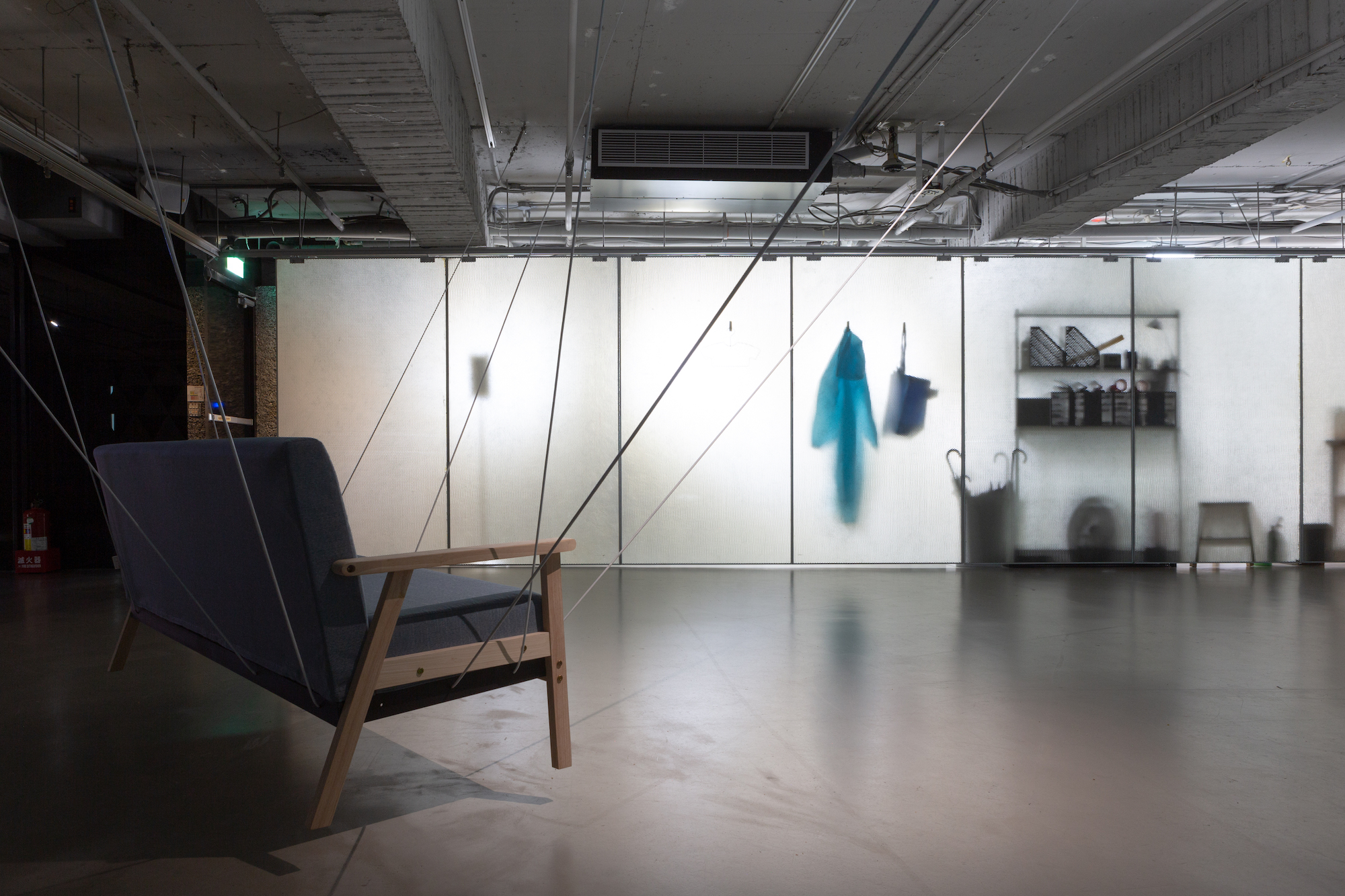
Installation view of ‘Madeleine Moment: The Technology of Memory and Sentiment Part III’. Organized by TheCube Project Space, Hong Foundation, Taipei, Taiwan
Image courtesy of the artist.
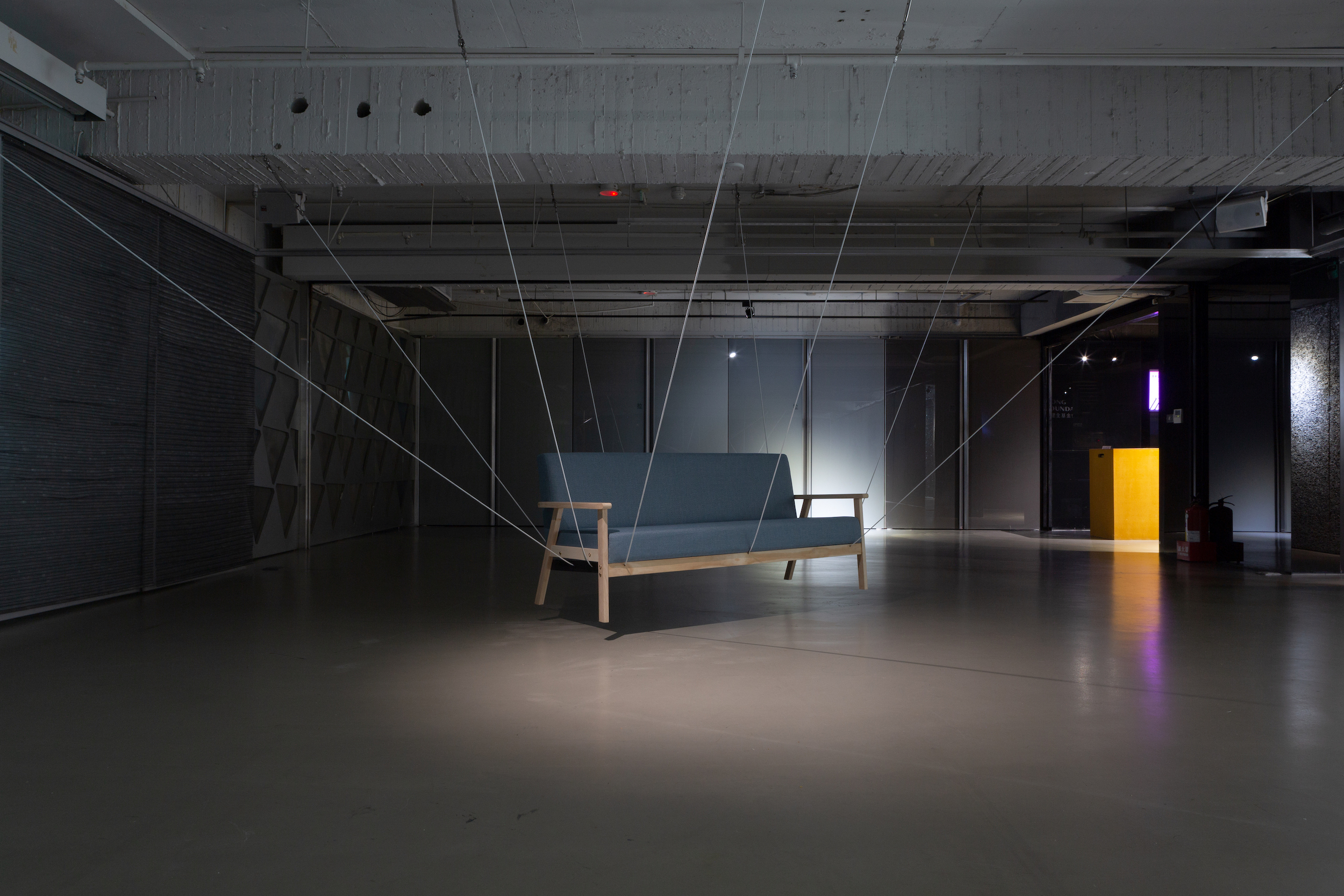
Installation view of ‘Madeleine Moment: The Technology of Memory and Sentiment Part III’. Organized by TheCube Project Space, Hong Foundation, Taipei, Taiwan
Image courtesy of the artist.
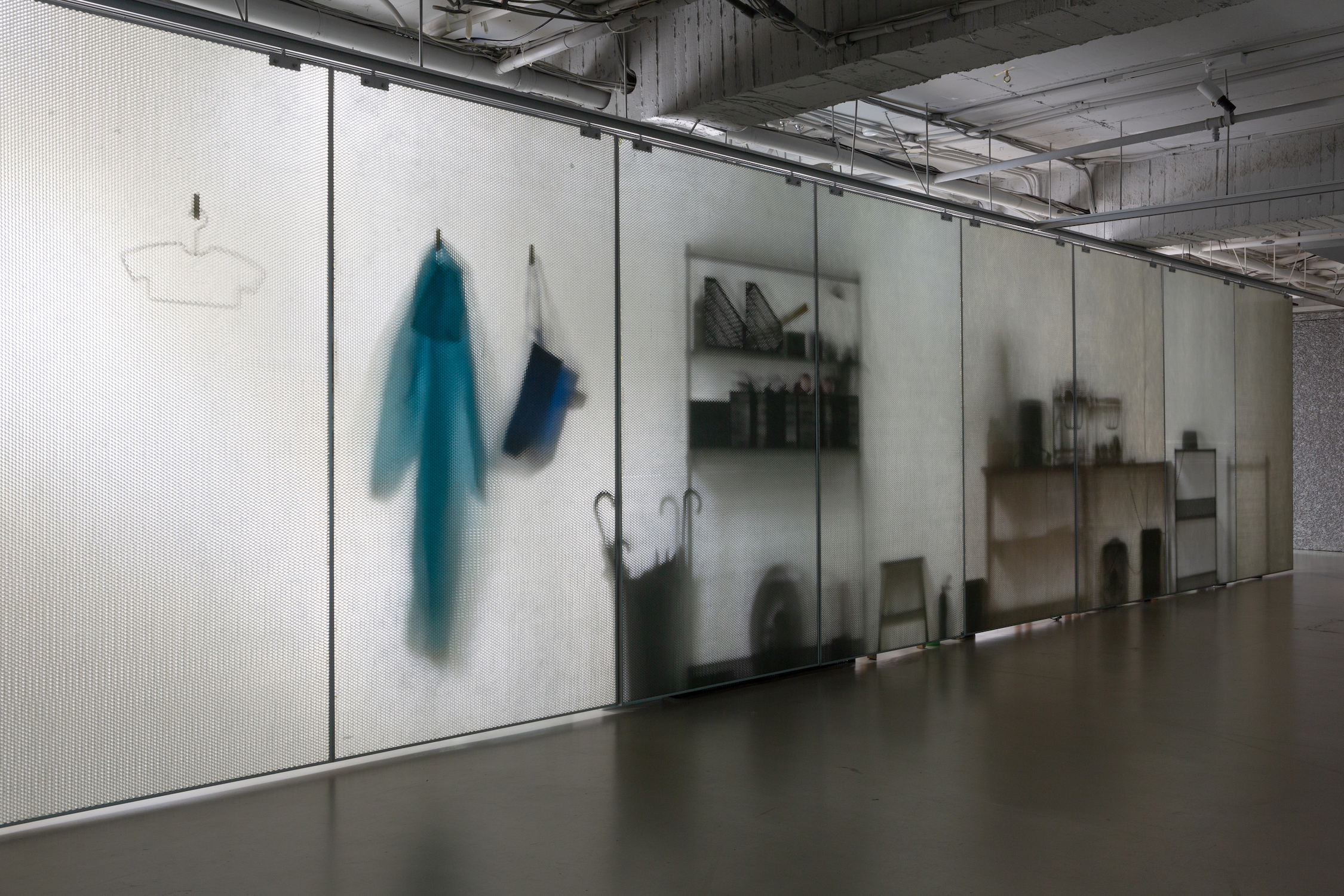
Installation view of ‘Madeleine Moment: The Technology of Memory and Sentiment Part III’. Organized by TheCube Project Space, Hong Foundation, Taipei, Taiwan
Image courtesy of the artist.
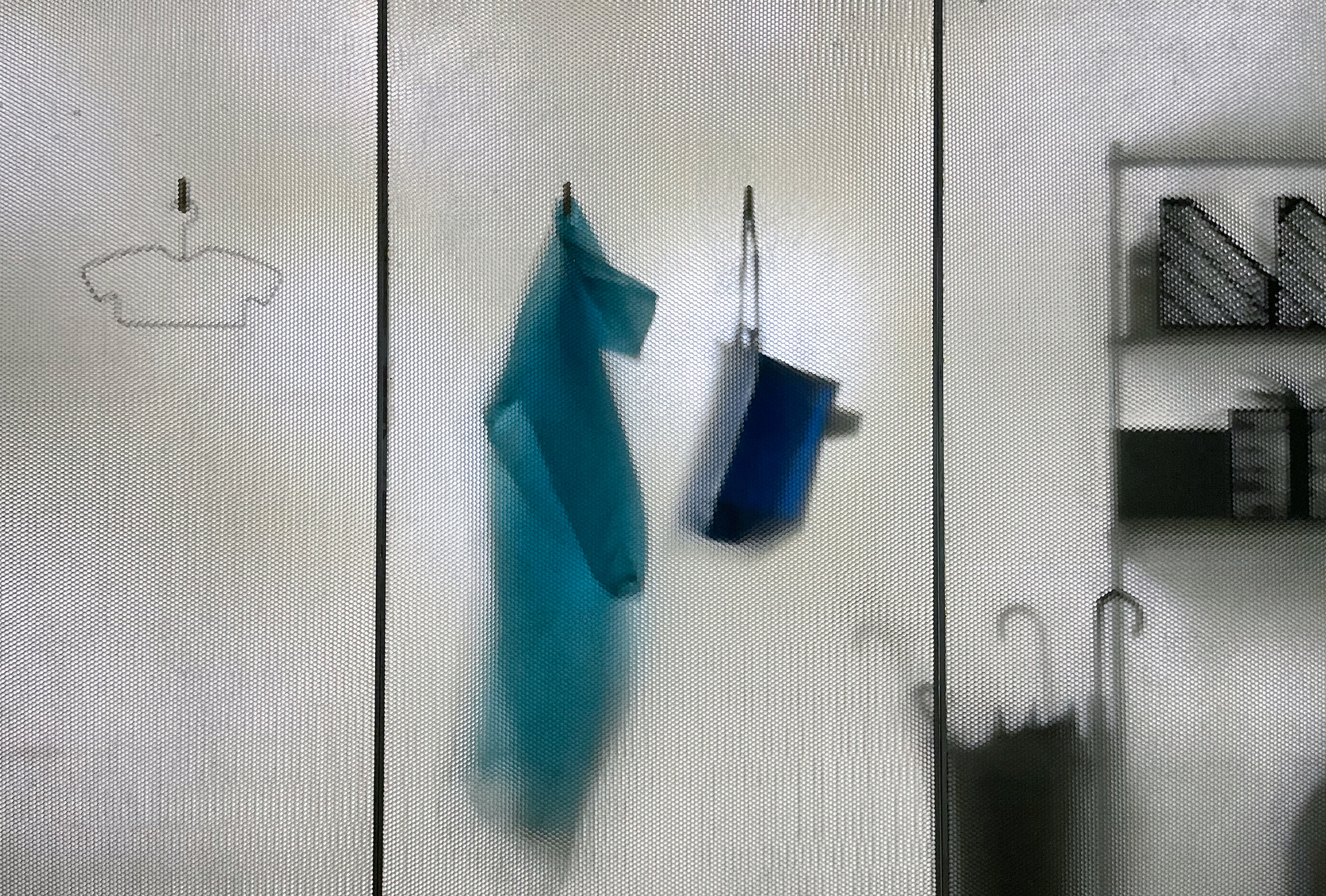
Installation view of ‘Madeleine Moment: The Technology of Memory and Sentiment Part III’. Organized by TheCube Project Space, Hong Foundation, Taipei, Taiwan
Image courtesy of the artist.
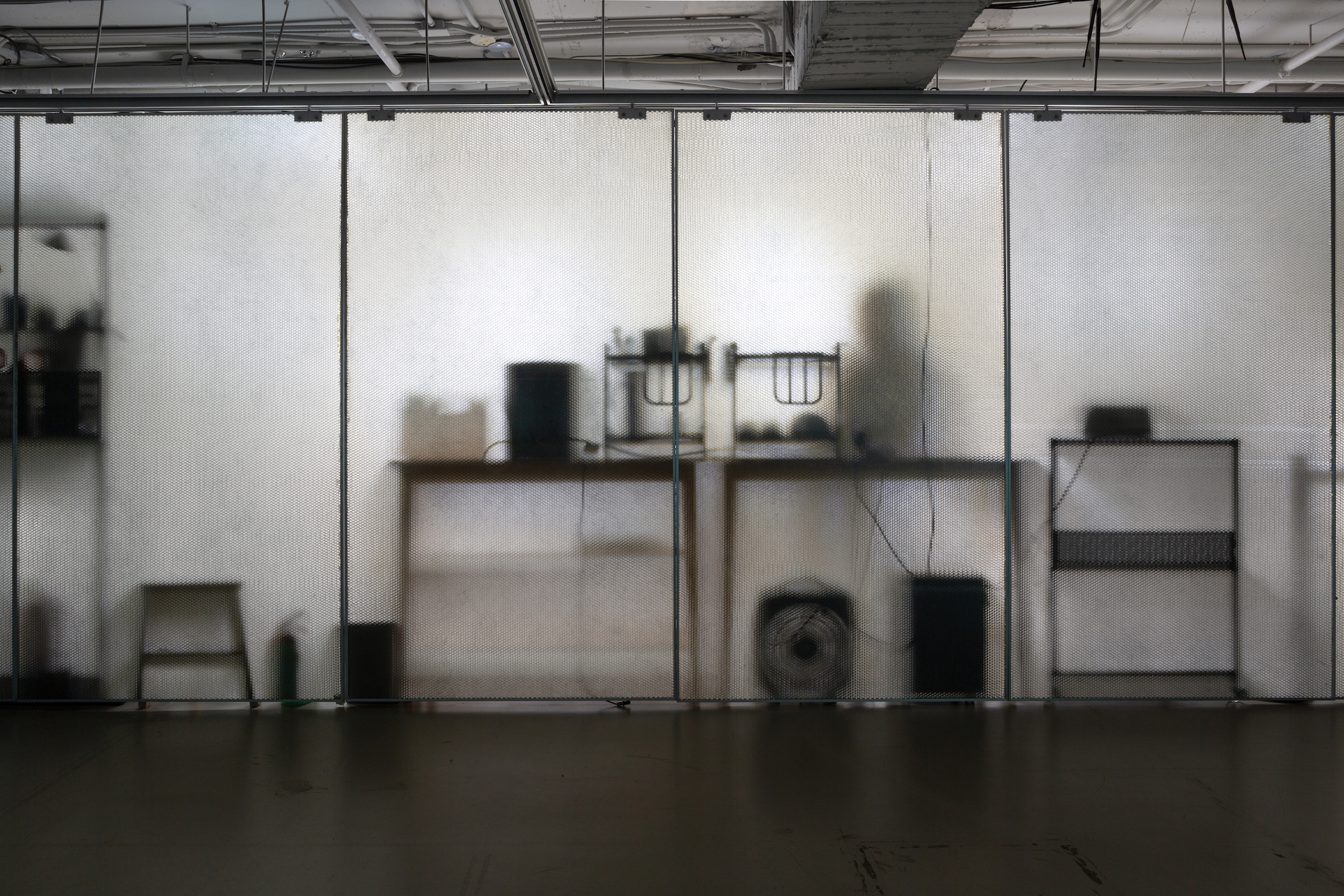
Installation view of ‘Madeleine Moment: The Technology of Memory and Sentiment Part III’. Organized by TheCube Project Space, Hong Foundation, Taipei, Taiwan
Image courtesy of the artist.
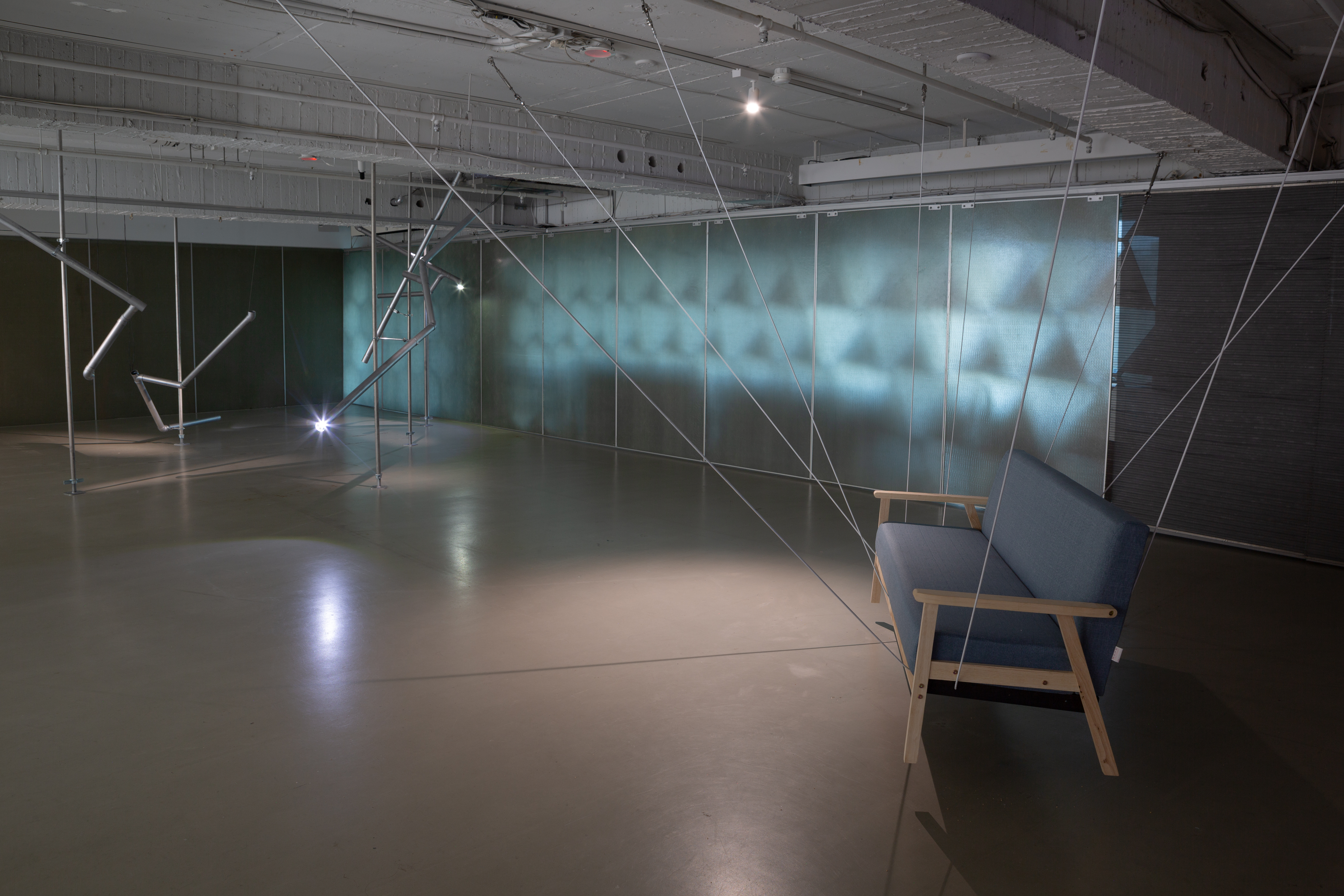
Installation view of ‘Madeleine Moment: The Technology of Memory and Sentiment Part III’. Organized by TheCube Project Space, Hong Foundation, Taipei, Taiwan
Image courtesy of the artist.

‘It’s a quiet thing’, Kiang Malingue, Wanchai, 2023
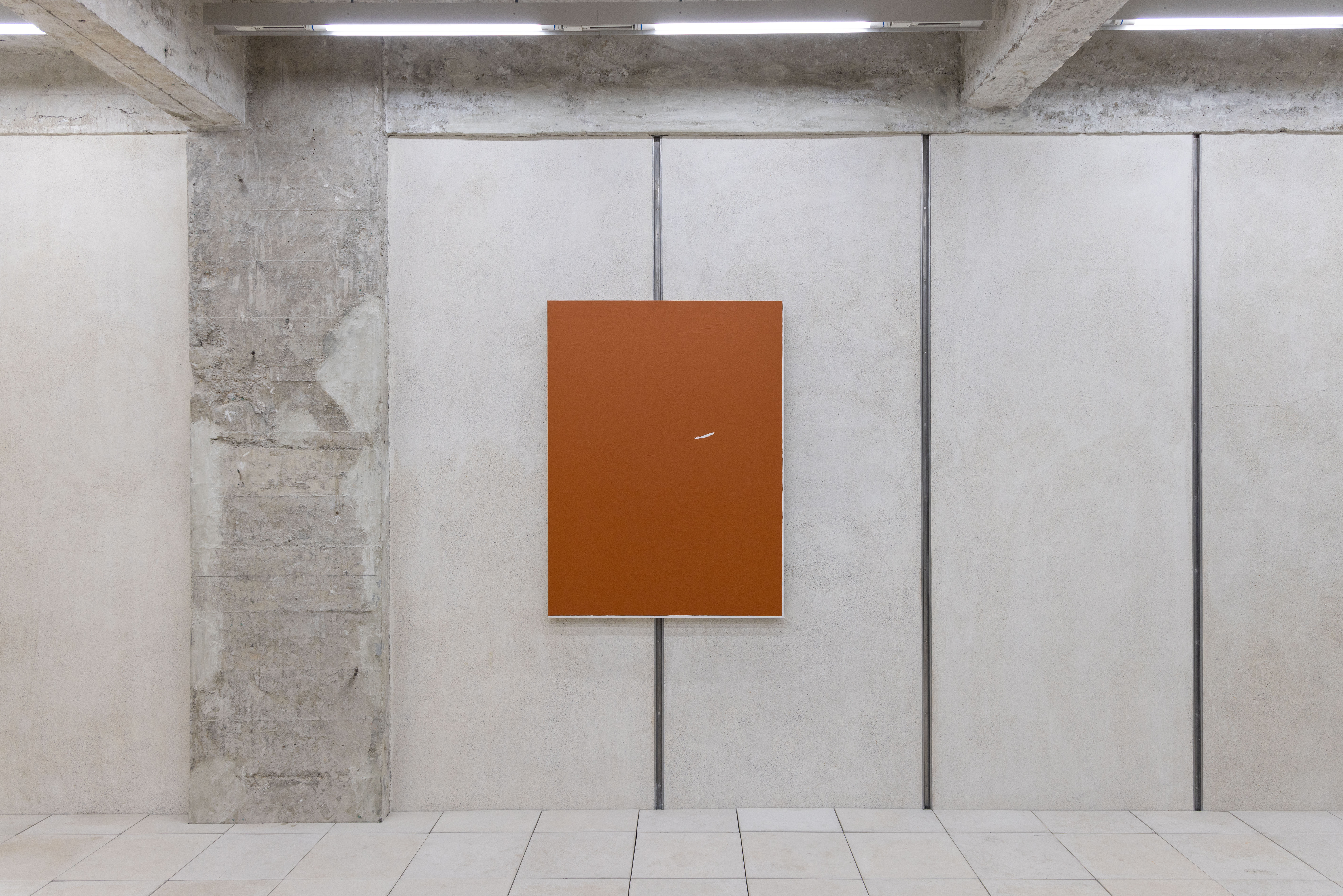
Acrylic on canvas
130 x 97 cm
‘It’s a quiet thing’, Kiang Malingue, Wanchai, 2023
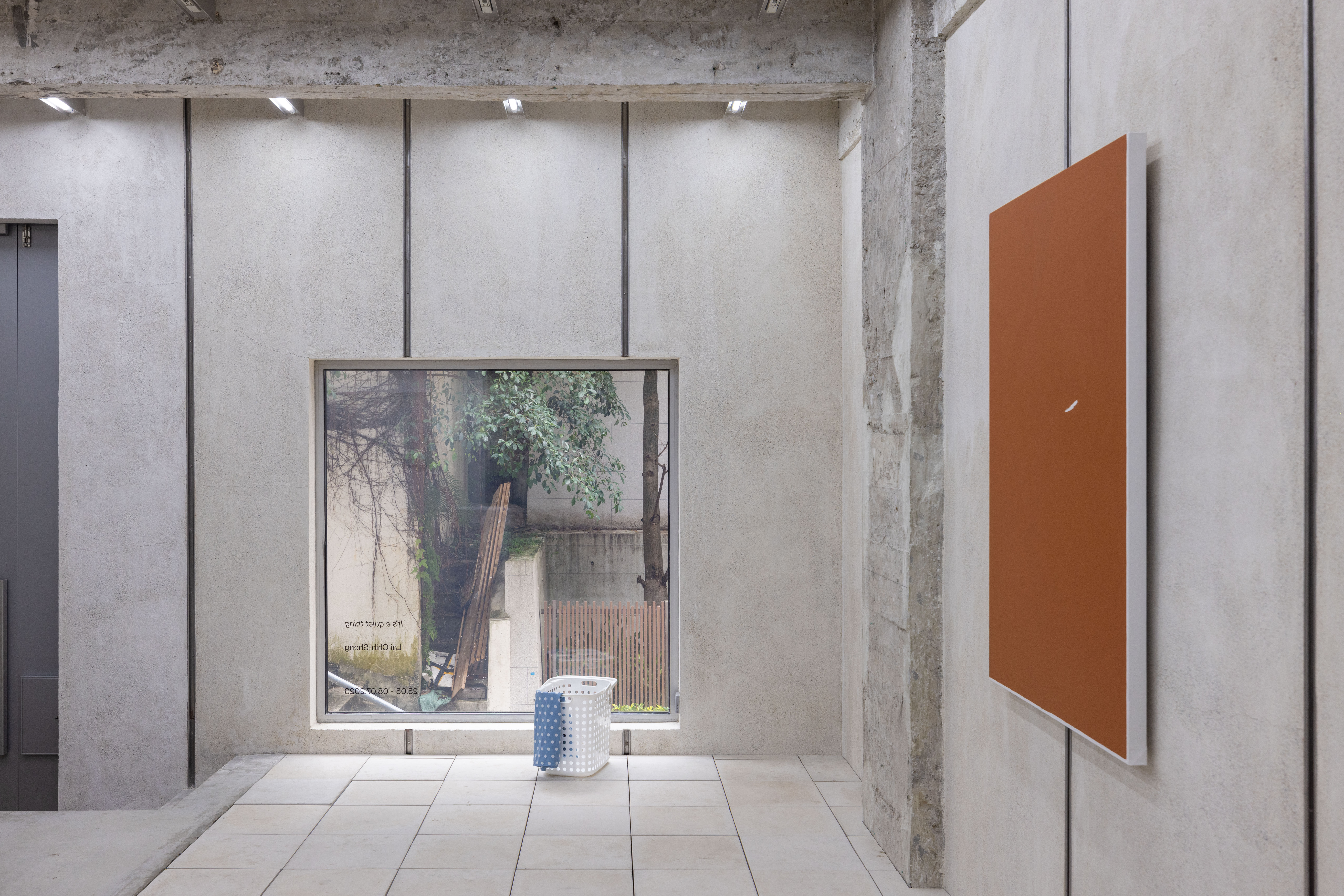
‘It’s a quiet thing’, Kiang Malingue, Wanchai, 2023
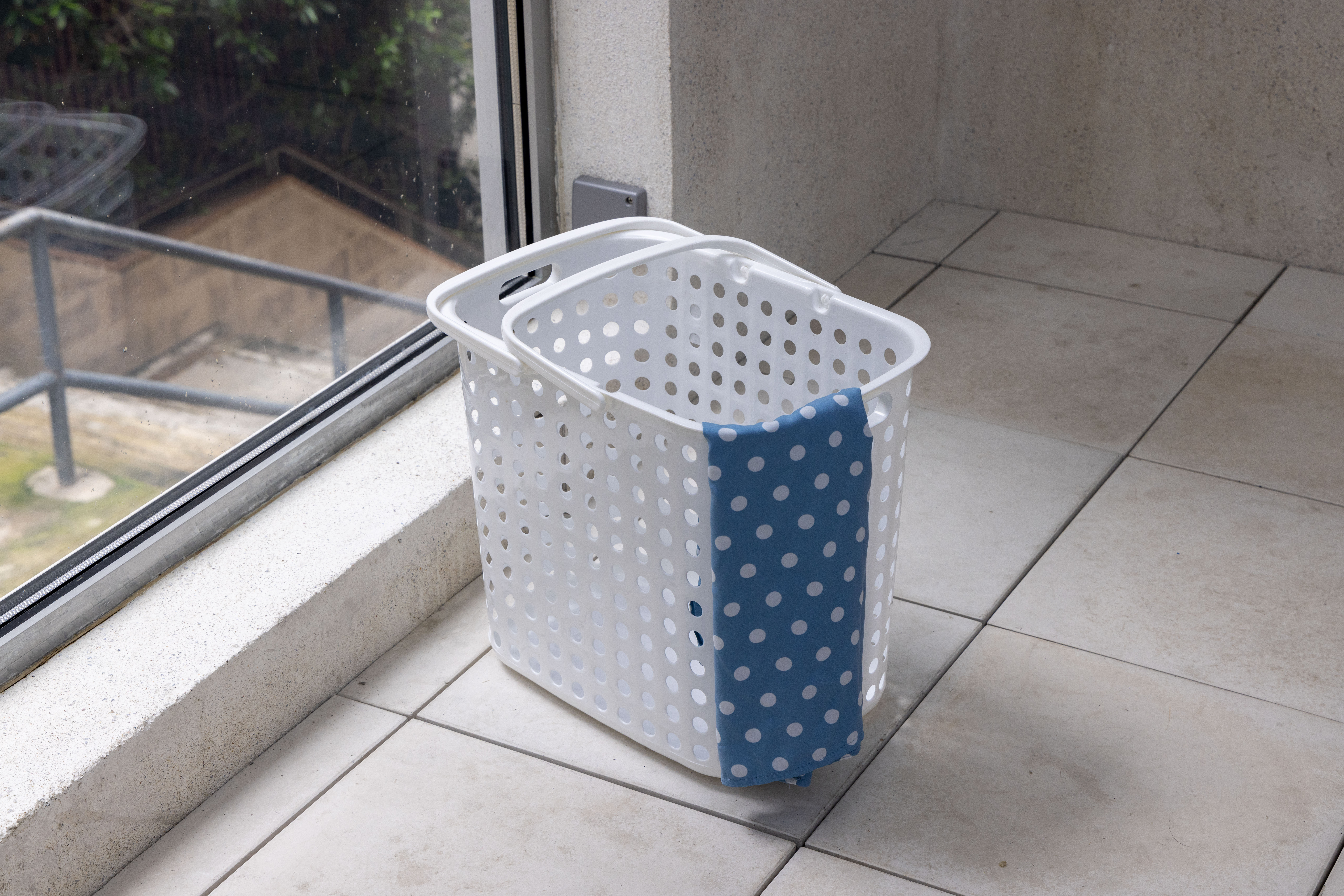
Laundry basket, dress
42 x 31 x 38 cm
‘It’s a quiet thing’, Kiang Malingue, Wanchai, 2023
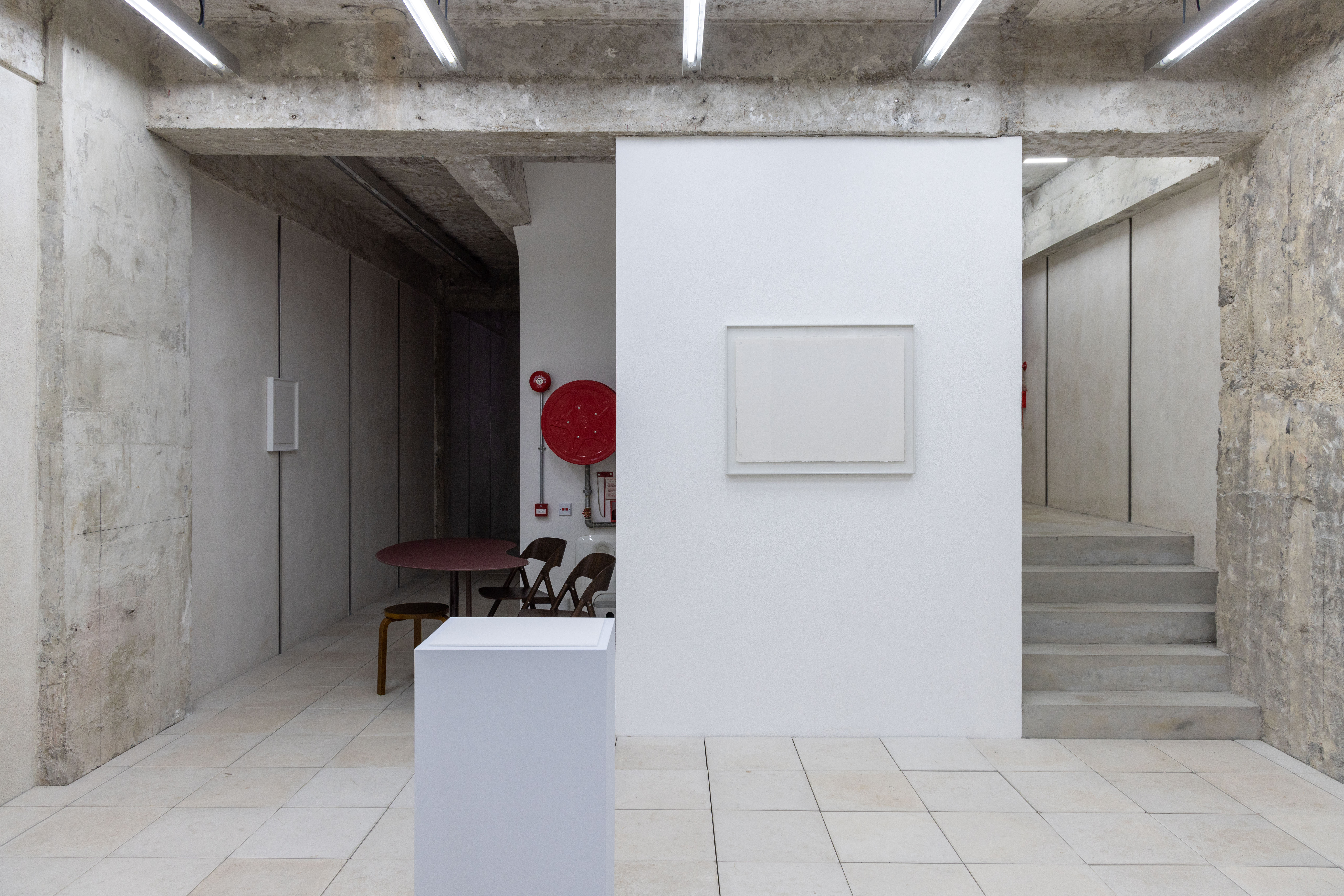
‘It’s a quiet thing’, Kiang Malingue, Wanchai, 2023
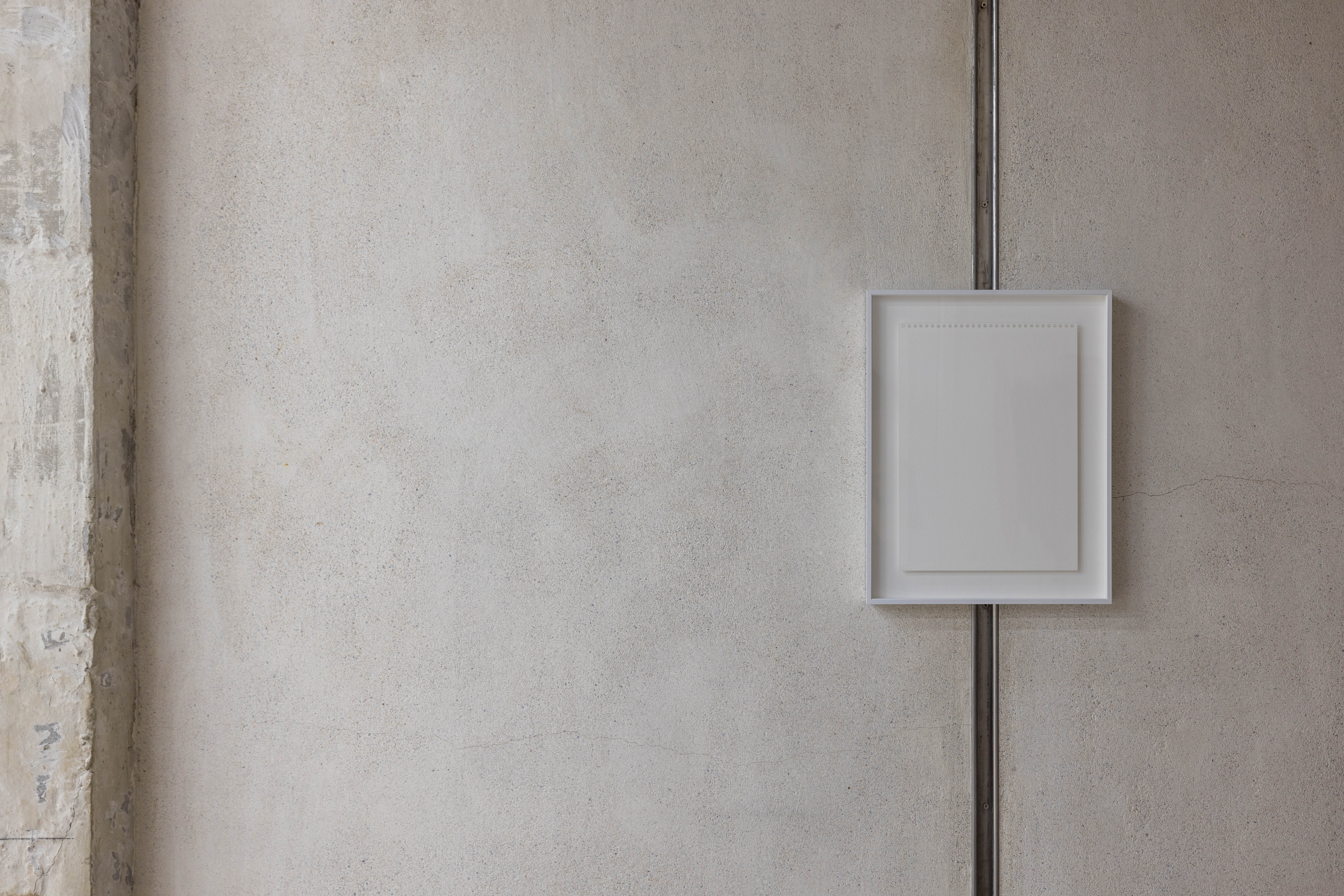
Pencil, paper
Unframed: 36 x 26 cm
Framed: 45.5 x 35.5 x 4 cm
‘It’s a quiet thing’, Kiang Malingue, Wanchai, 2023
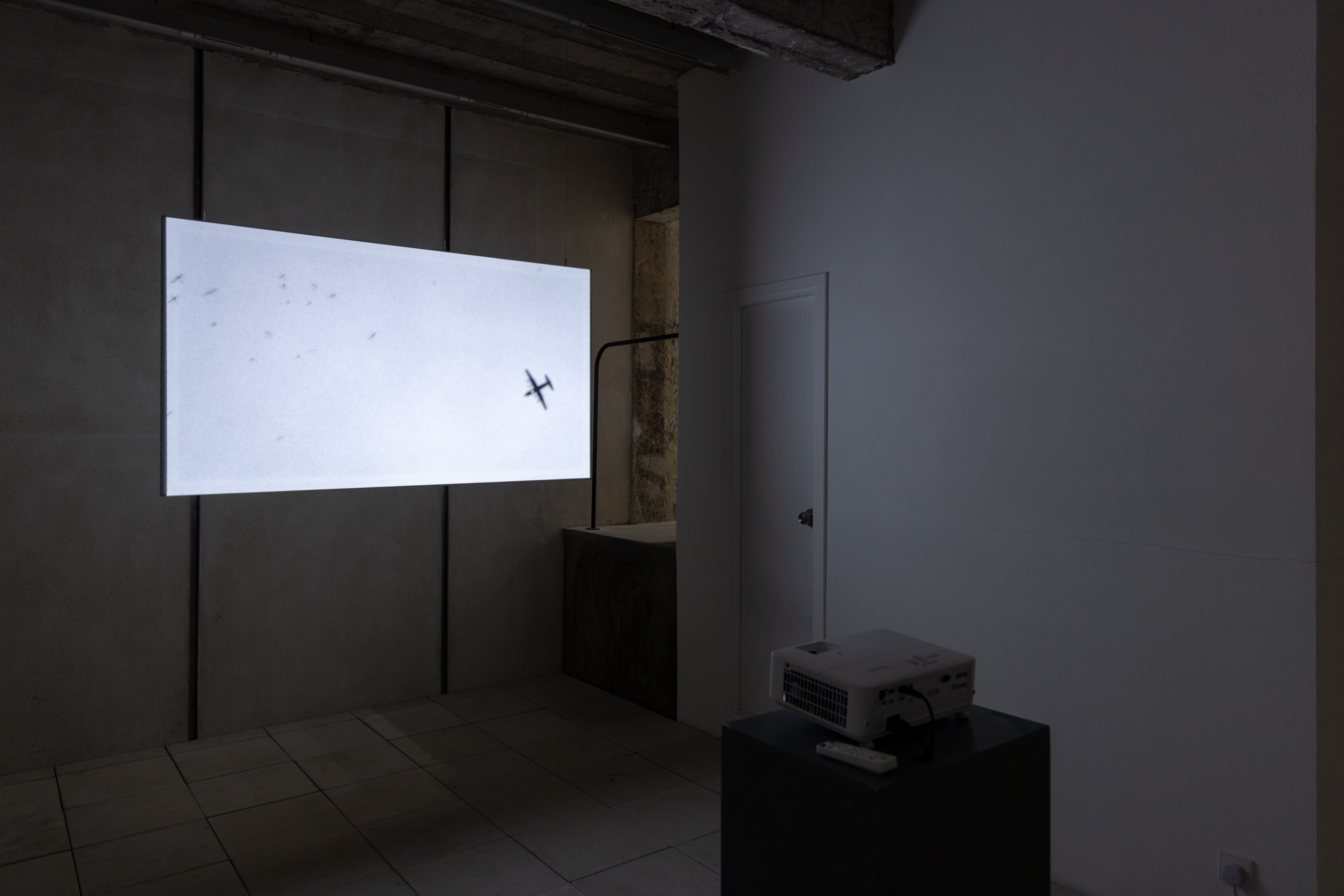
Single channel video
7’15”
‘It’s a quiet thing’, Kiang Malingue, Wanchai, 2023
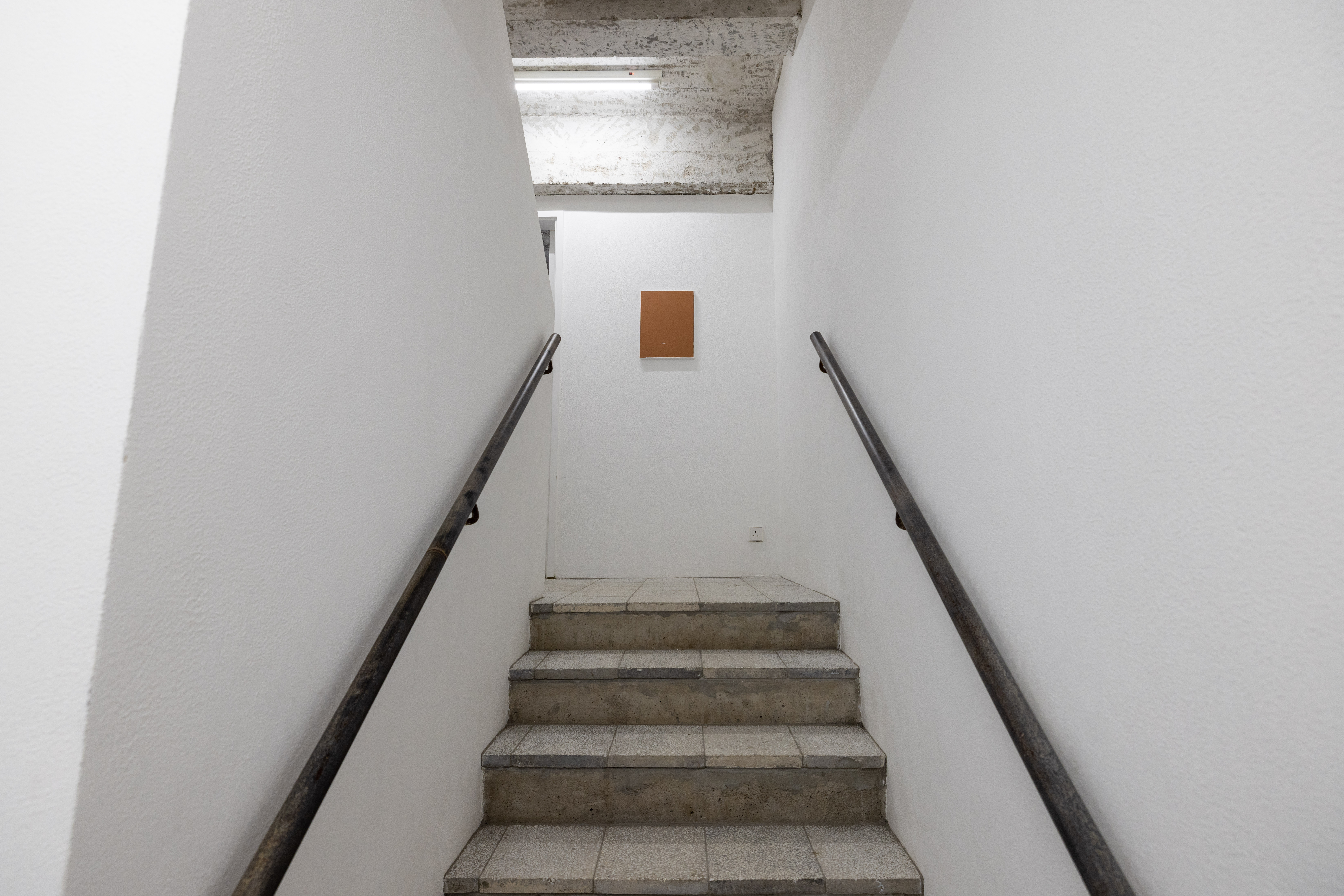
Acrylic on canvas
41 x 31.5 cm
‘It’s a quiet thing’, Kiang Malingue, Wanchai, 2023
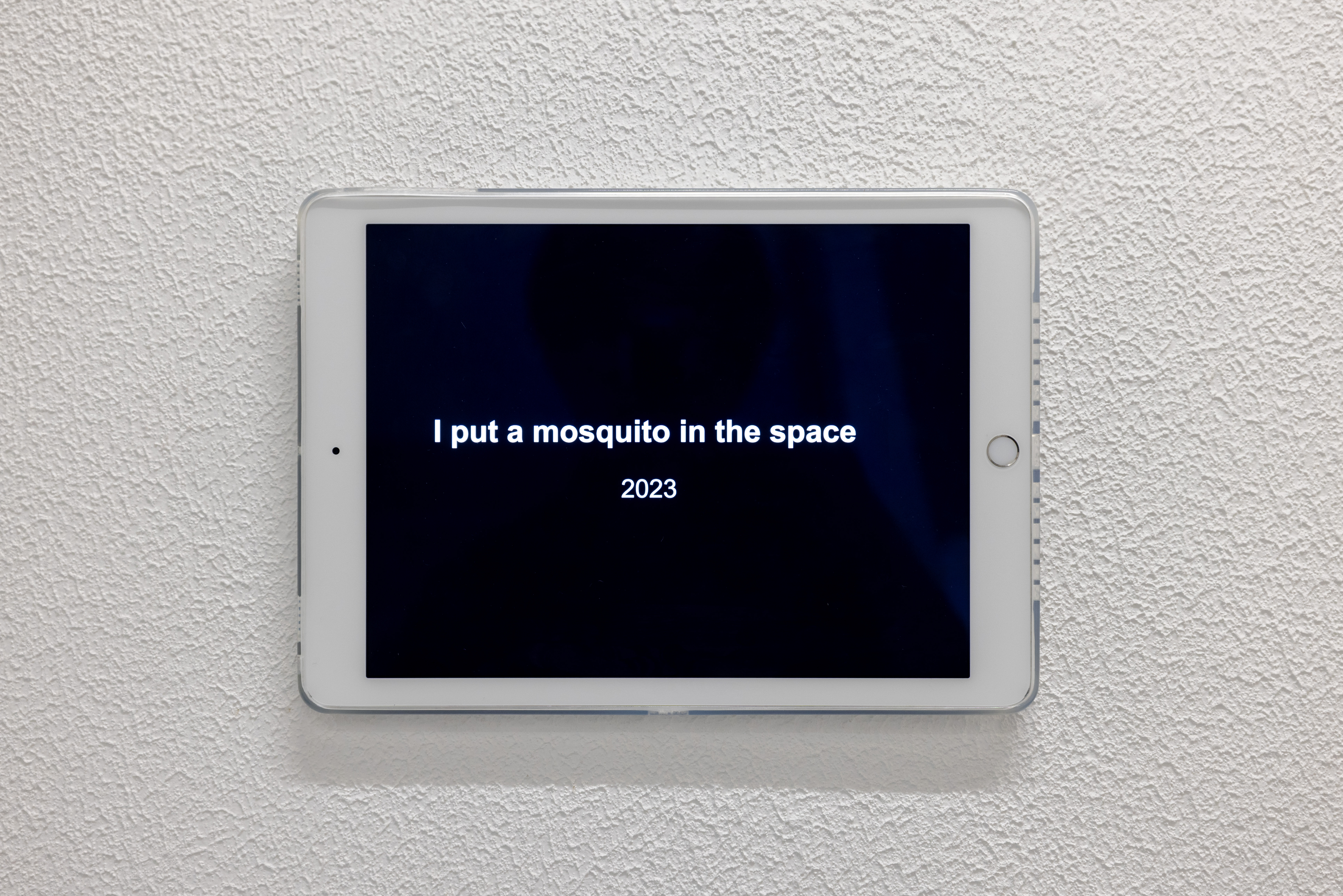
Mosquito, screen door, gauze, single channel video, dimensions variable
‘It’s a quiet thing’, Kiang Malingue, Wanchai, 2023
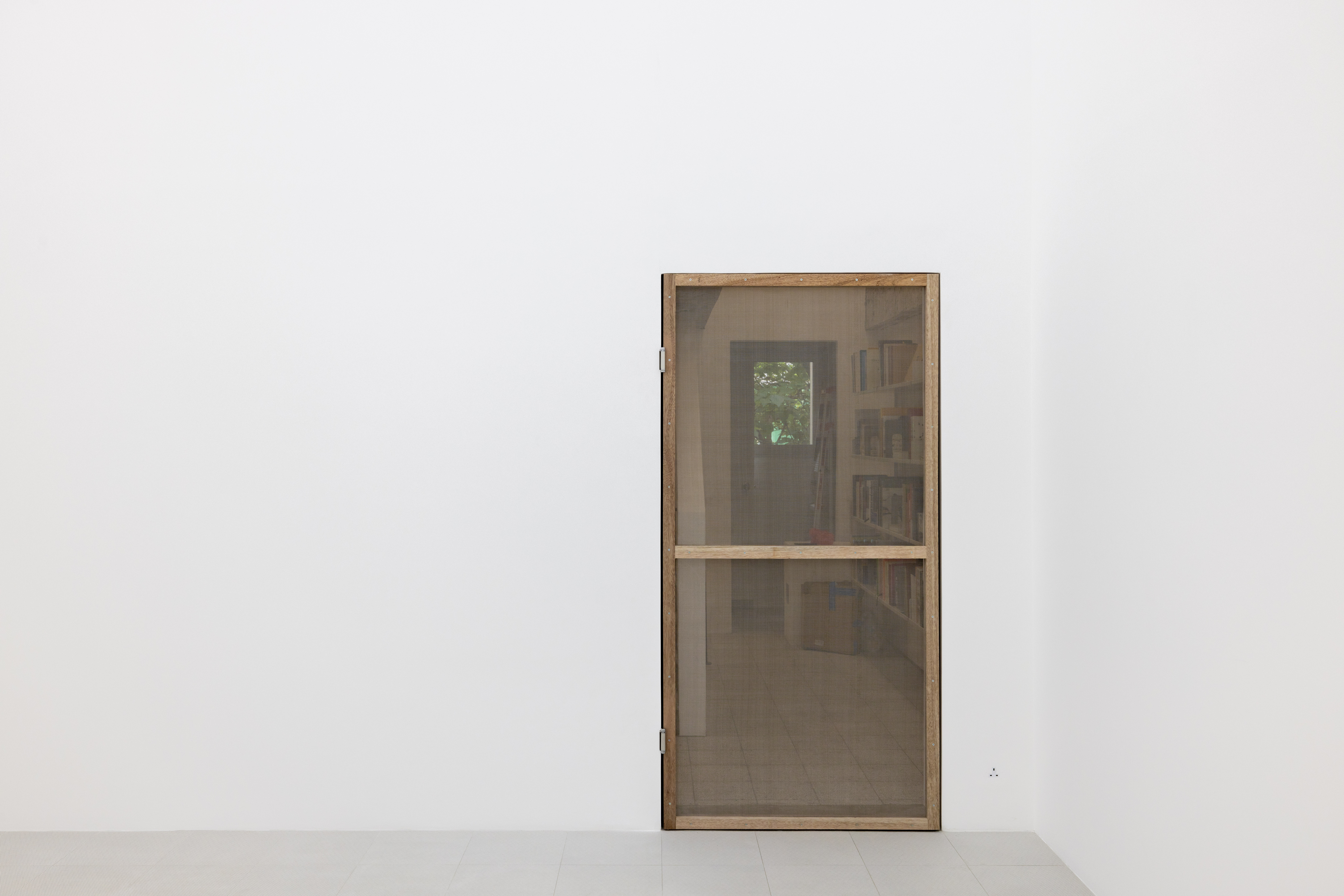
Mosquito, screen door, gauze, single channel video, dimensions variable
‘It’s a quiet thing’, Kiang Malingue, Wanchai, 2023
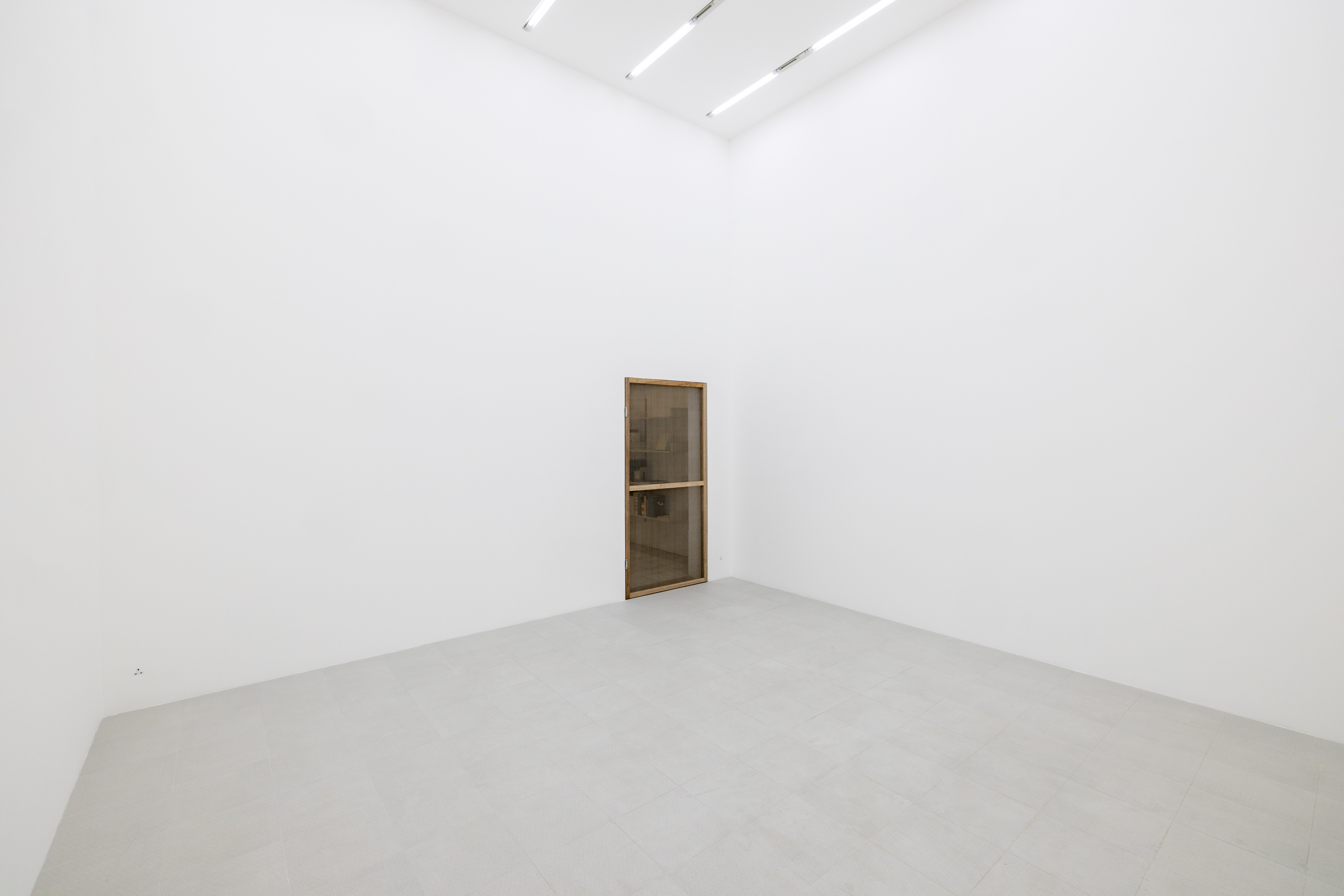
Mosquito, screen door, gauze, single channel video, dimensions variable
‘It’s a quiet thing’, Kiang Malingue, Wanchai, 2023
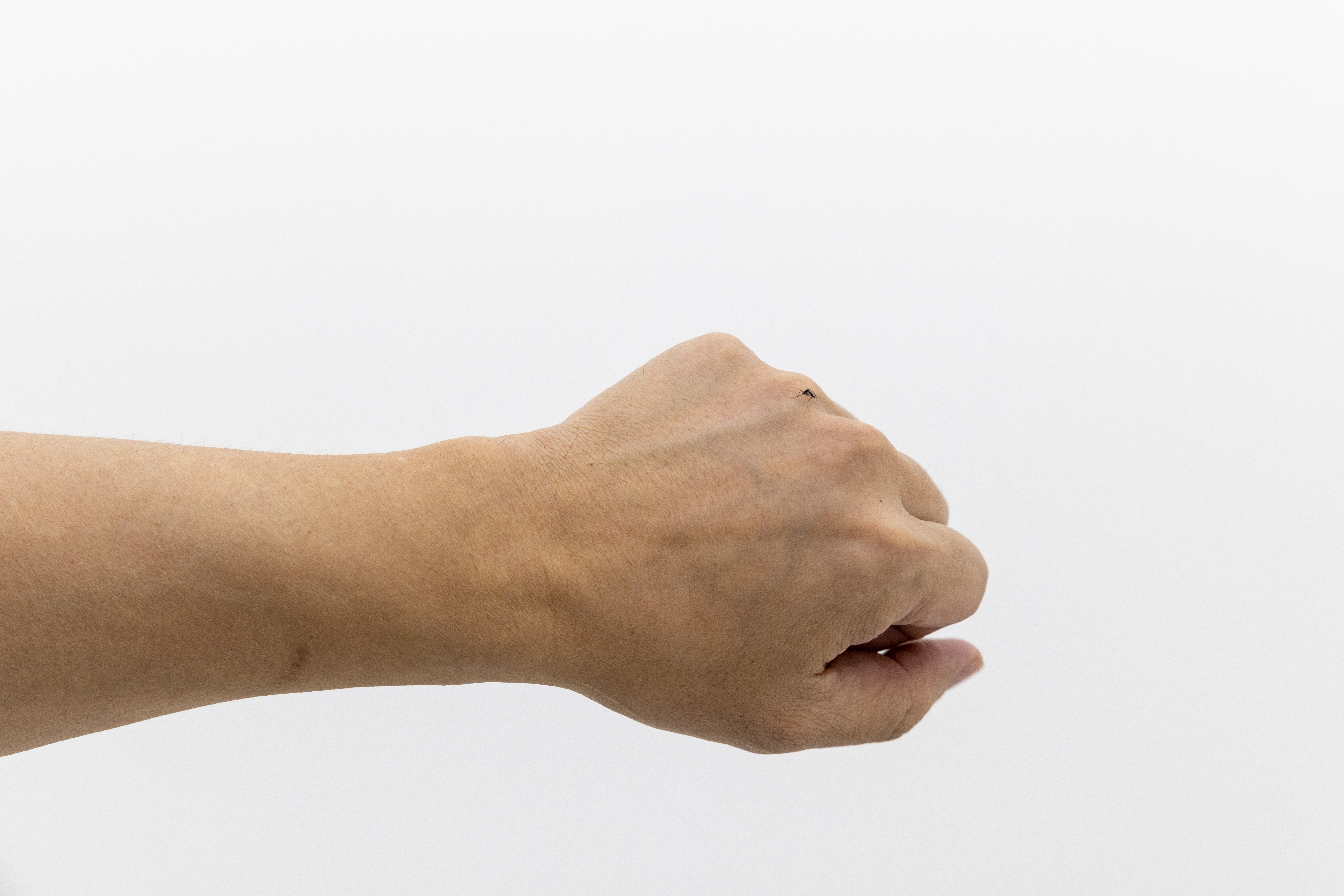
Mosquito, screen door, gauze, single channel video, dimensions variable
‘It’s a quiet thing’, Kiang Malingue, Wanchai, 2023
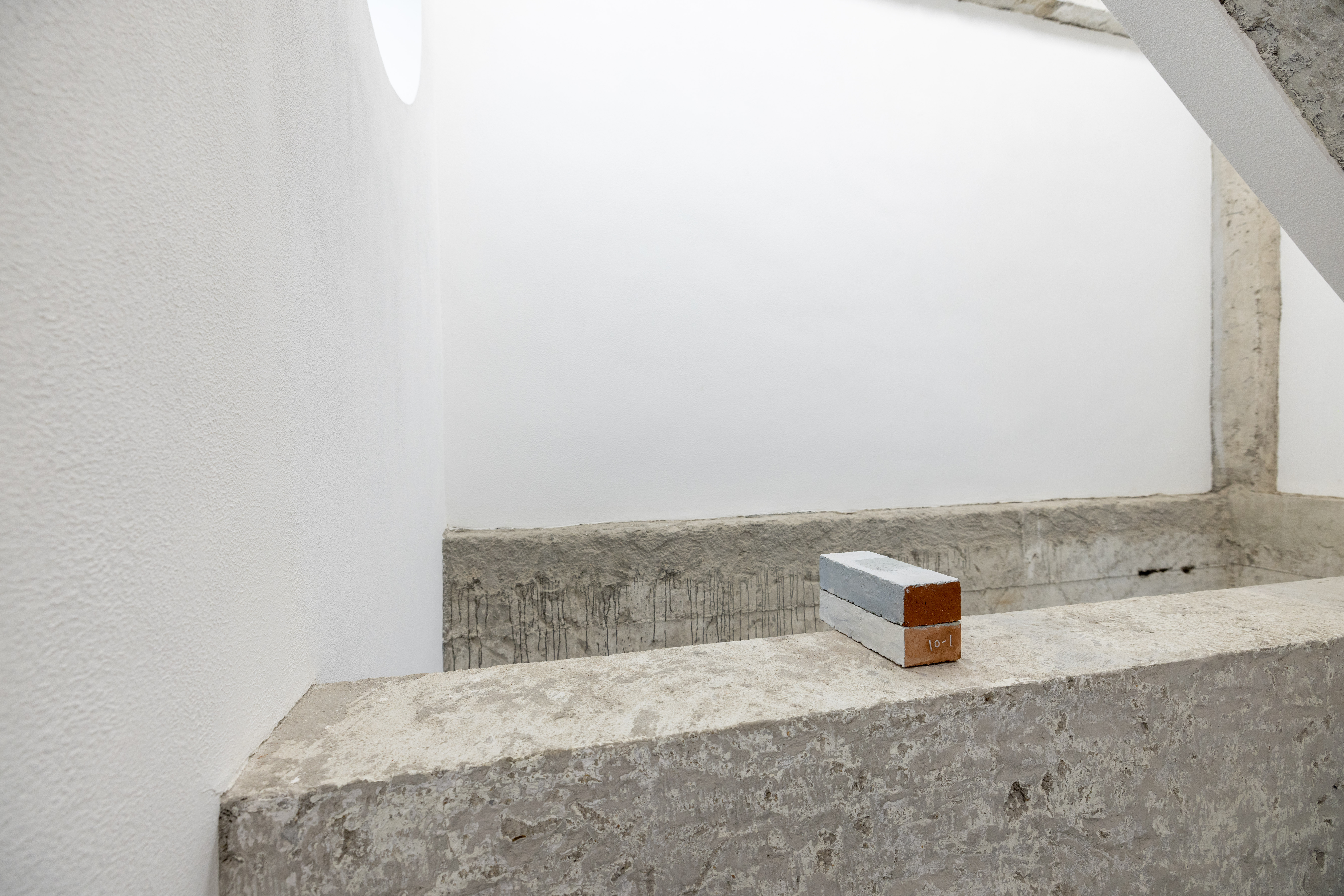
Bricks, acrylic paint
11.5 x 21.3 x 9.3 cm
‘It’s a quiet thing’, Kiang Malingue, Wanchai, 2023
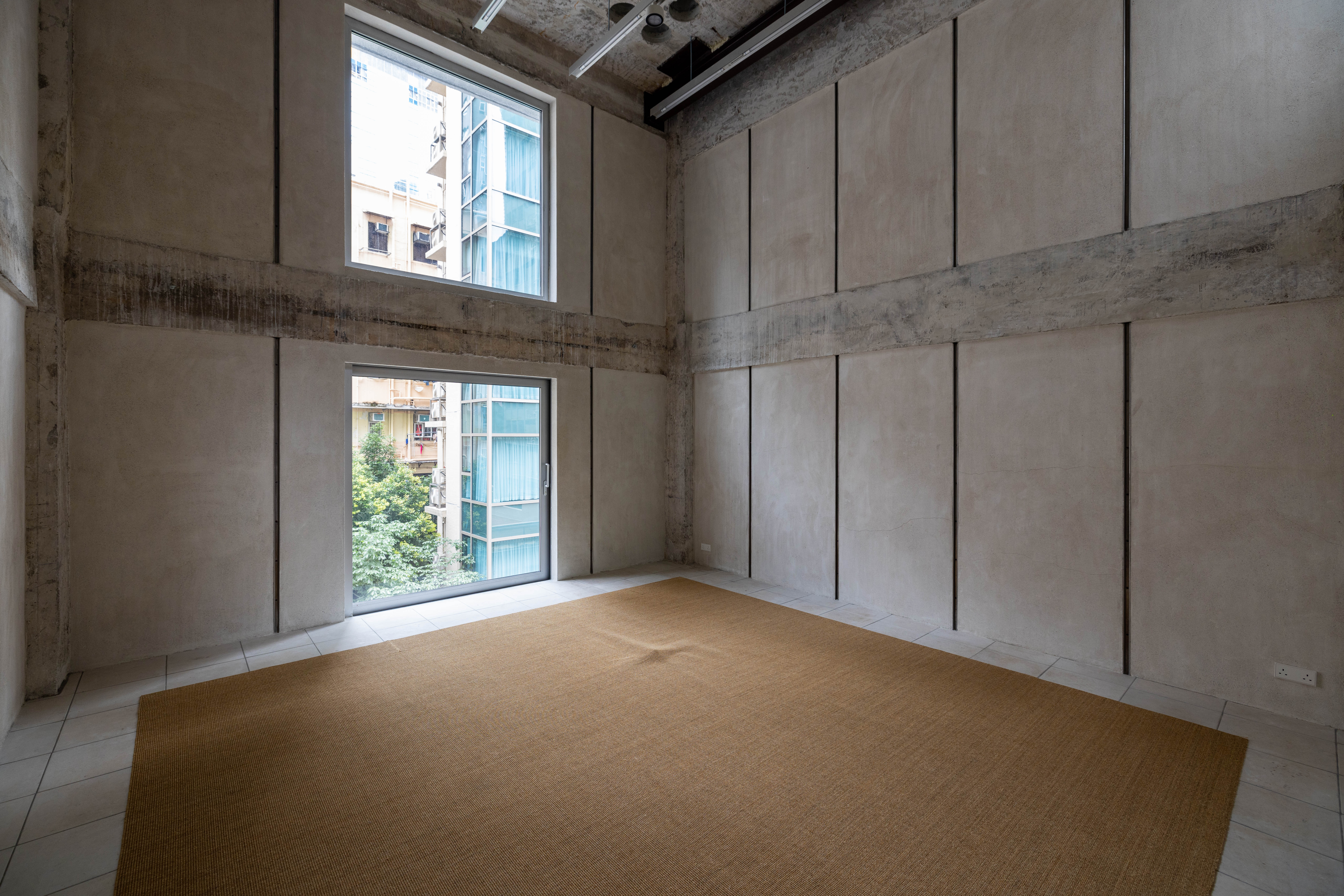
Hidden object, dimensions variable
‘It’s a quiet thing’, Kiang Malingue, Wanchai, 2023

Acrylic on canvas
45.5 x 38 cm
‘It’s a quiet thing’, Kiang Malingue, Wanchai, 2023
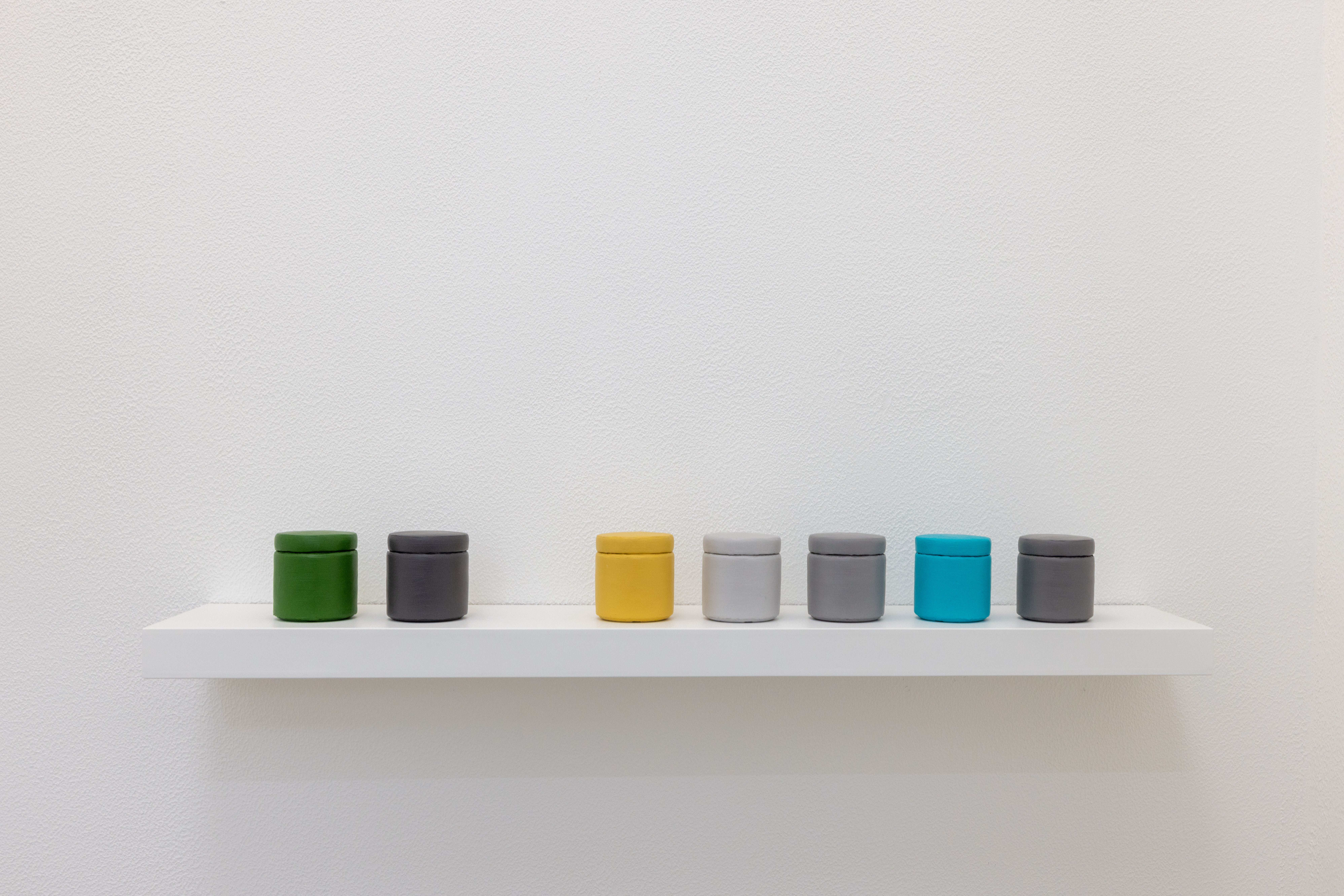
Acrylic paint, paper, plastic
Set of 7, 8 × 8 × 8 cm each
‘It’s a quiet thing’, Kiang Malingue, Wanchai, 2023
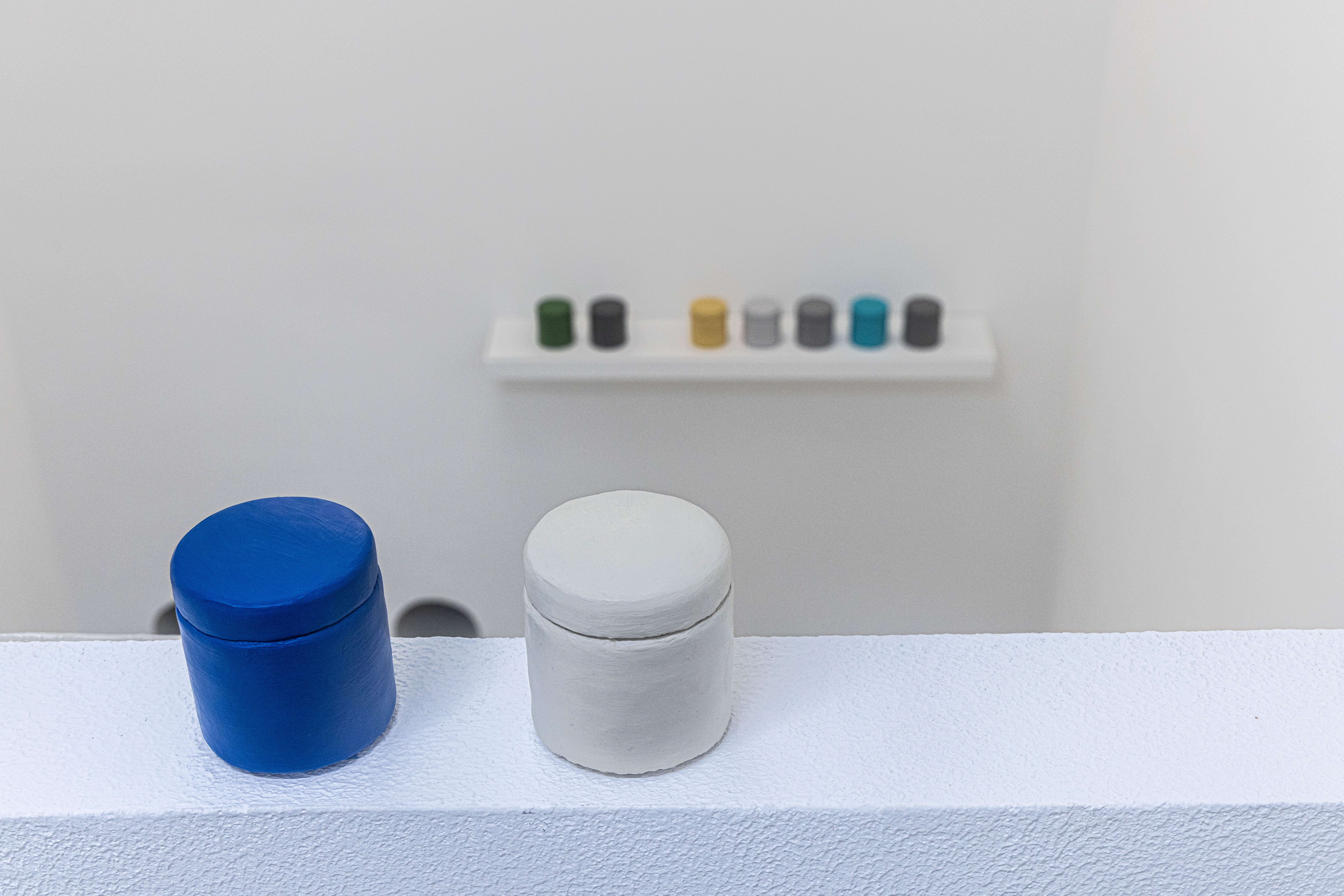
‘It’s a quiet thing’, Kiang Malingue, Wanchai, 2023
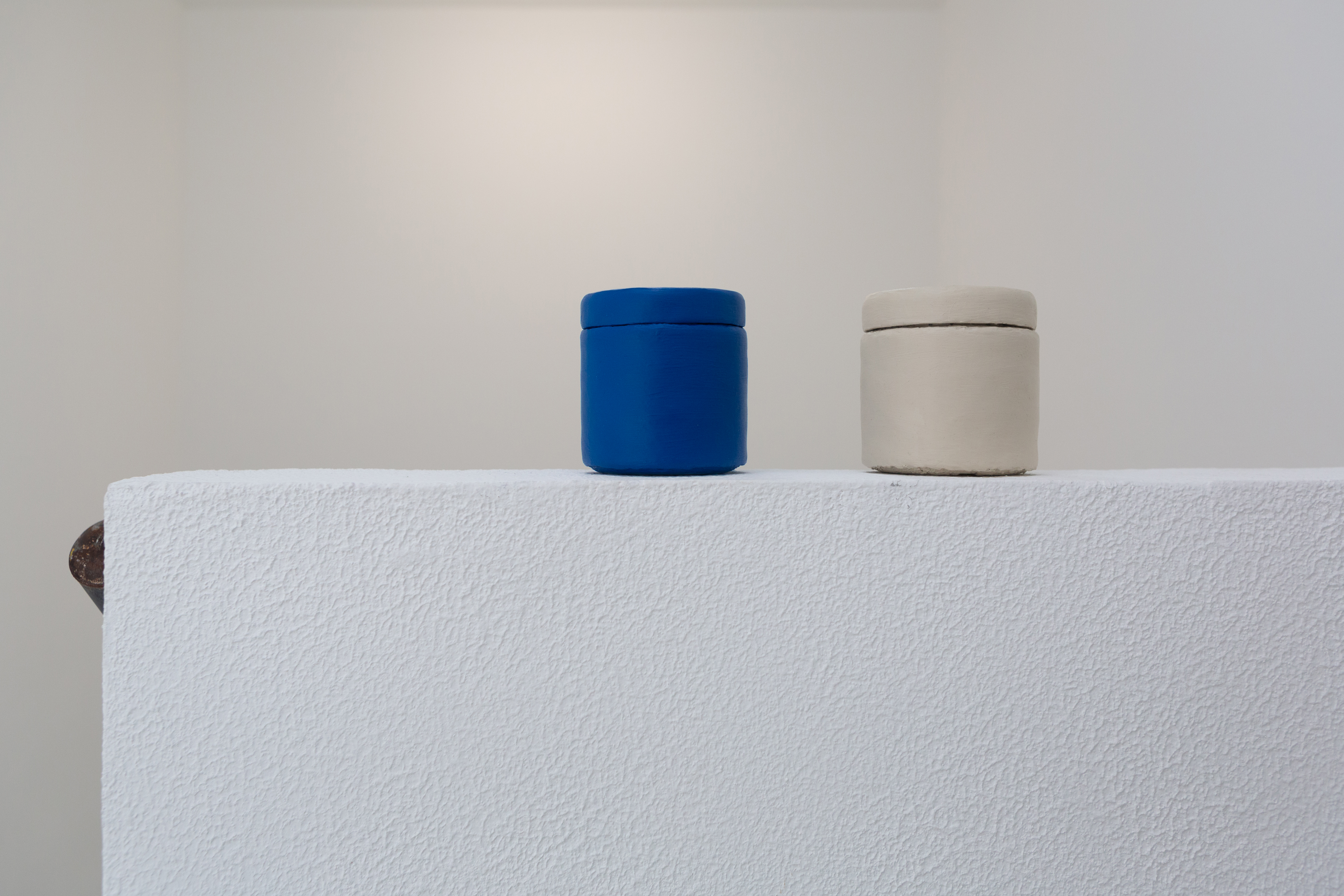
Acrylic paint, paper, plastic
Set of 2, 8 x 8 x 8 cm each
‘It’s a quiet thing’, Kiang Malingue, Wanchai, 2023
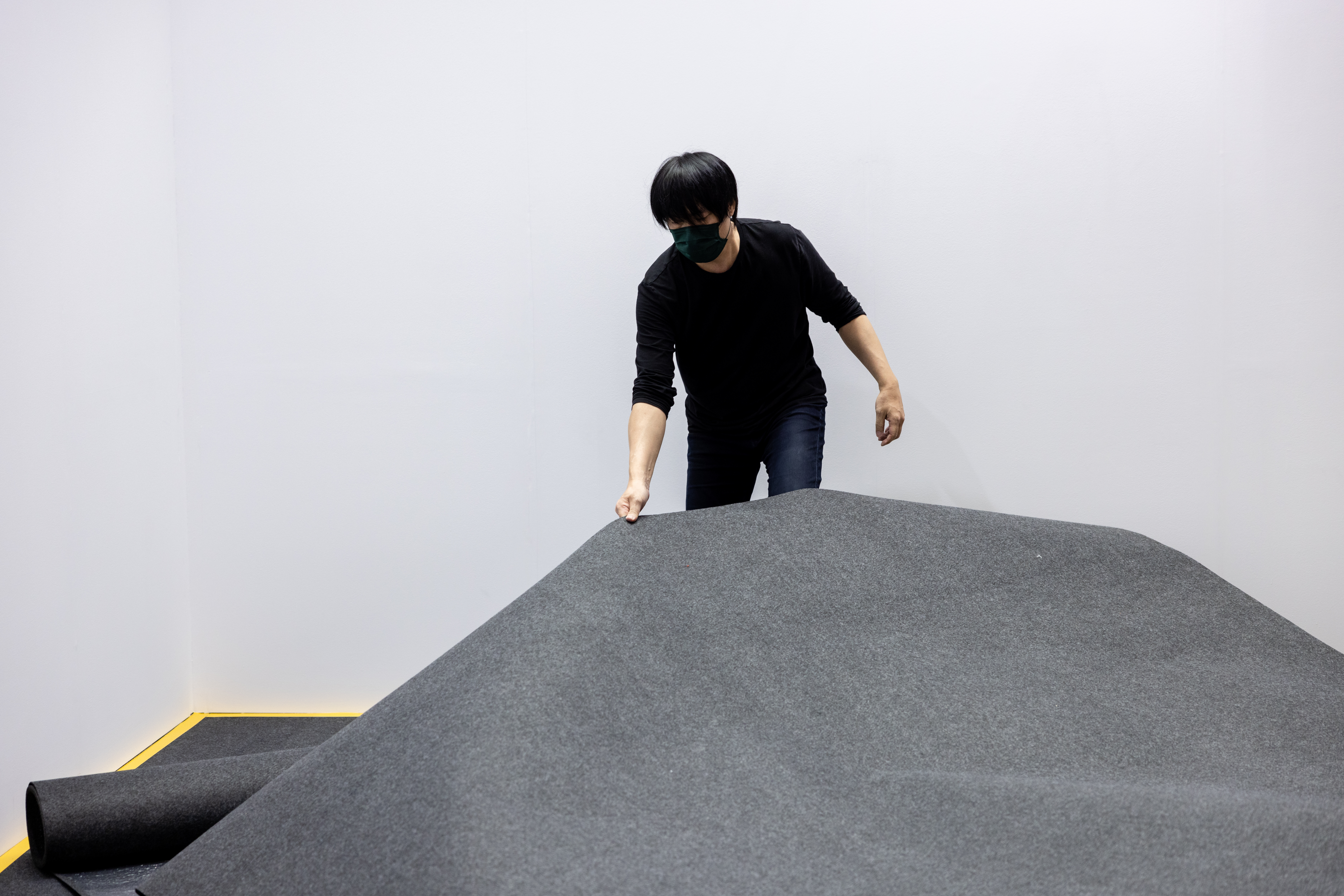
Needle punch carpet
Dimensions variable
Installation documentation at Taipei Dangdai 2022, Kiang Malingue, booth S01
Video taken and edited by: 李基宏 Lee Ji-Hong

Installation view, “Places of being — Space and Materiality in Taiwan’s Avant-Garde 1980-2021”, National Taiwan Museum of Fine Arts, Taichung, Taiwan
Images courtesy of the artist
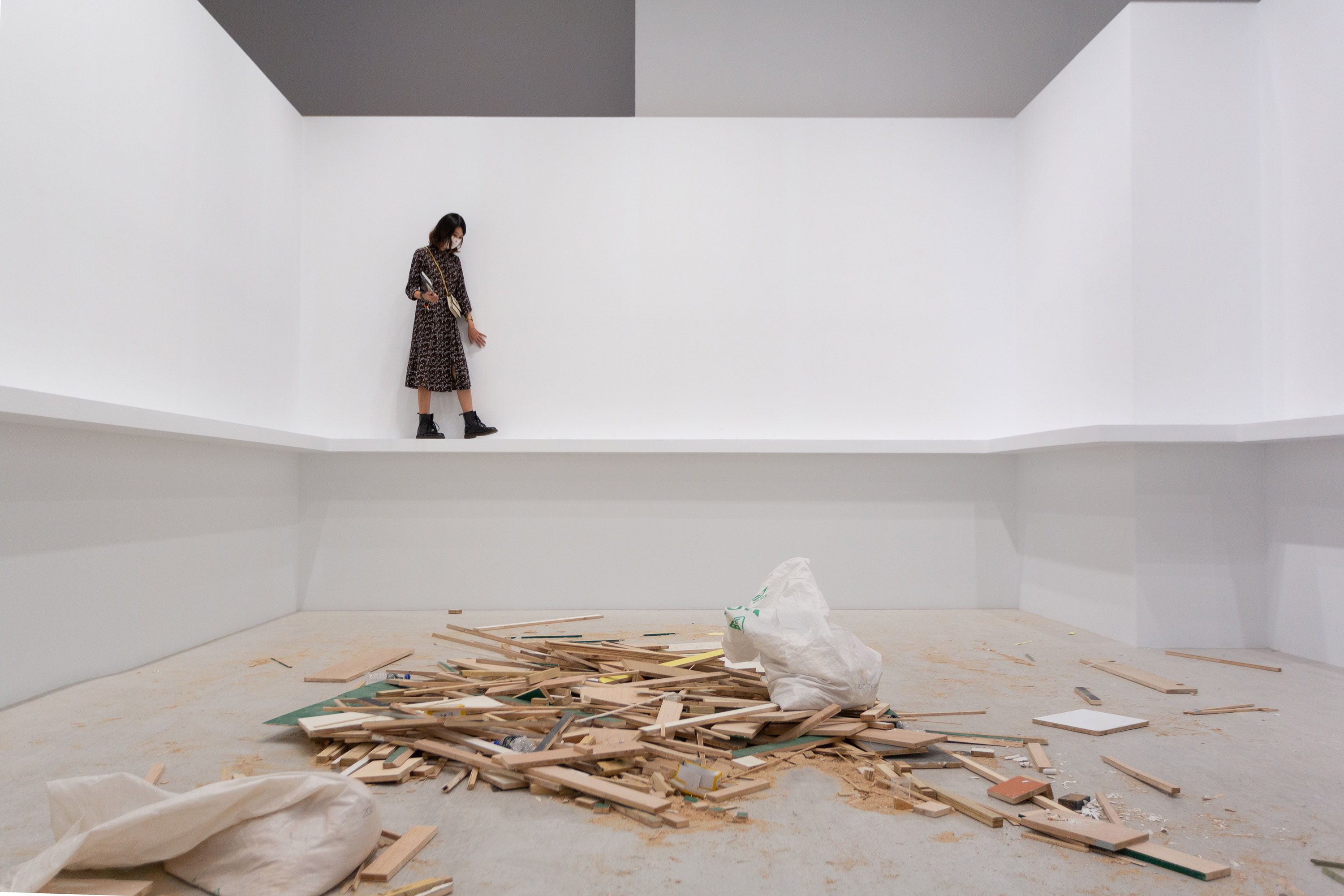
Installation view, “Places of being — Space and Materiality in Taiwan’s Avant-Garde 1980-2021”, National Taiwan Museum of Fine Arts, Taichung, Taiwan
Images courtesy of the artist
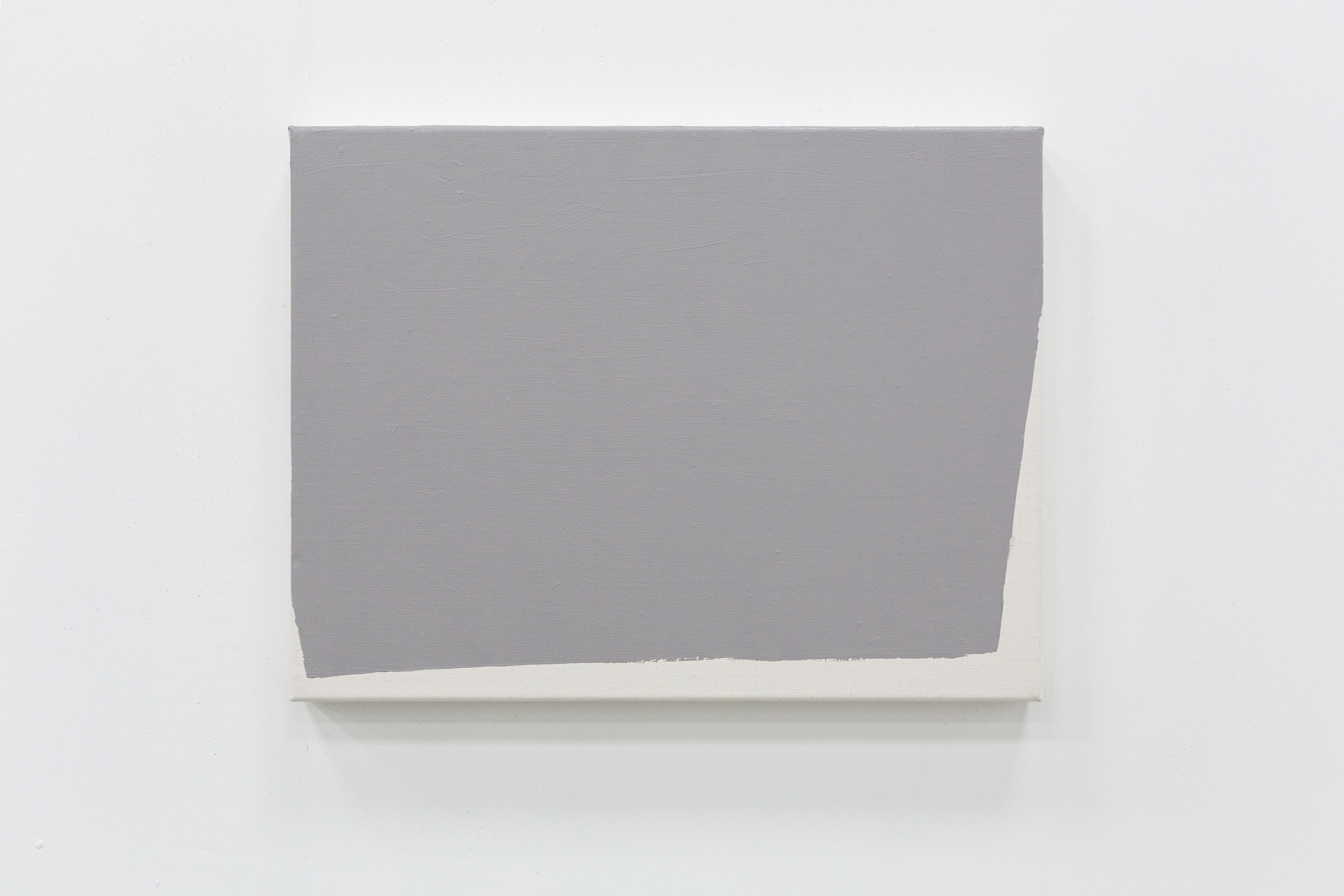
Light and draft (acrylic and canvas)
Light: dimensions variable
Canvas: 31.5 x 41 cm
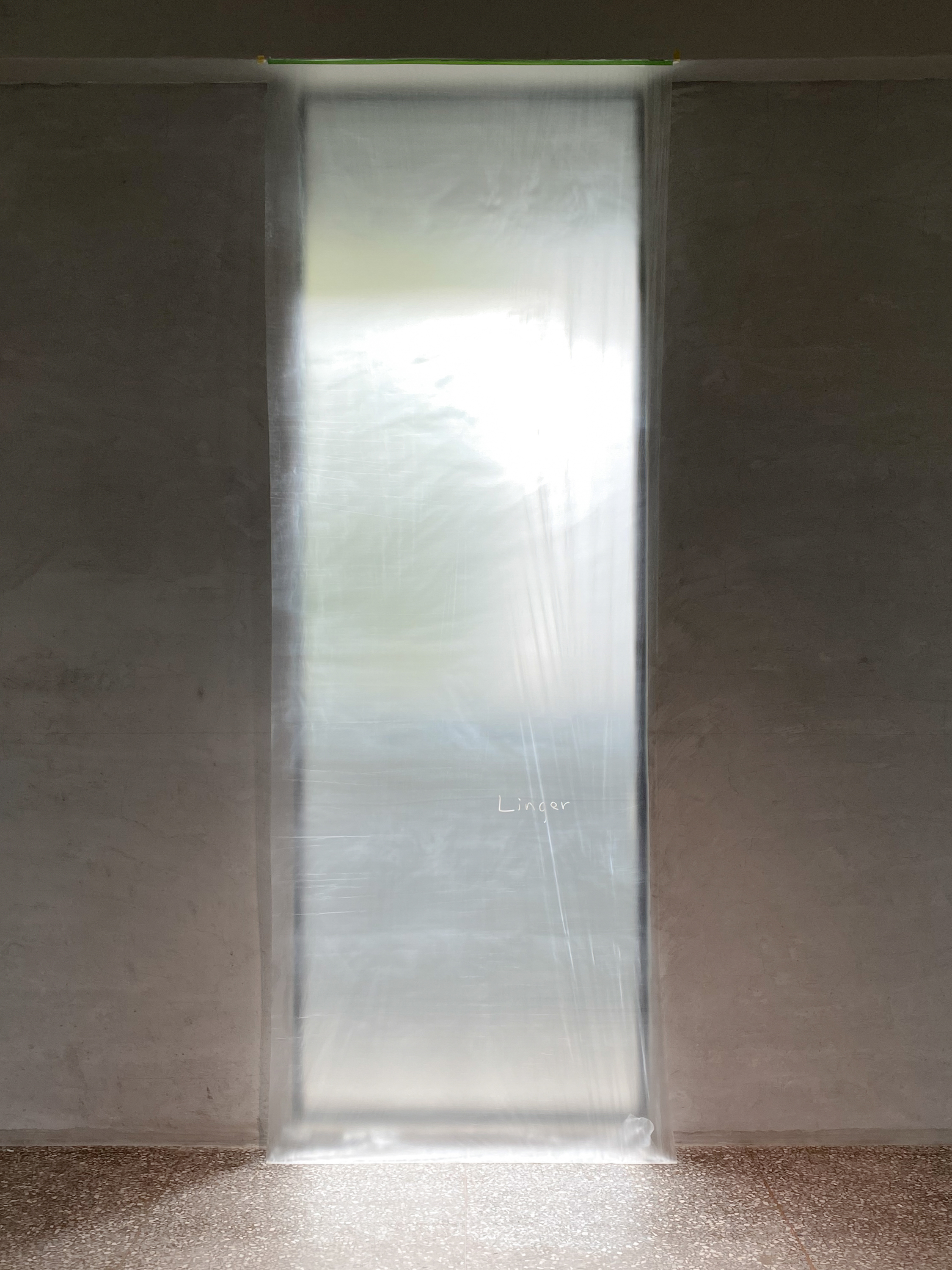
‘Linger’, Alien Art Centre, Kaohsiung, 2020
Image courtesy of the artist
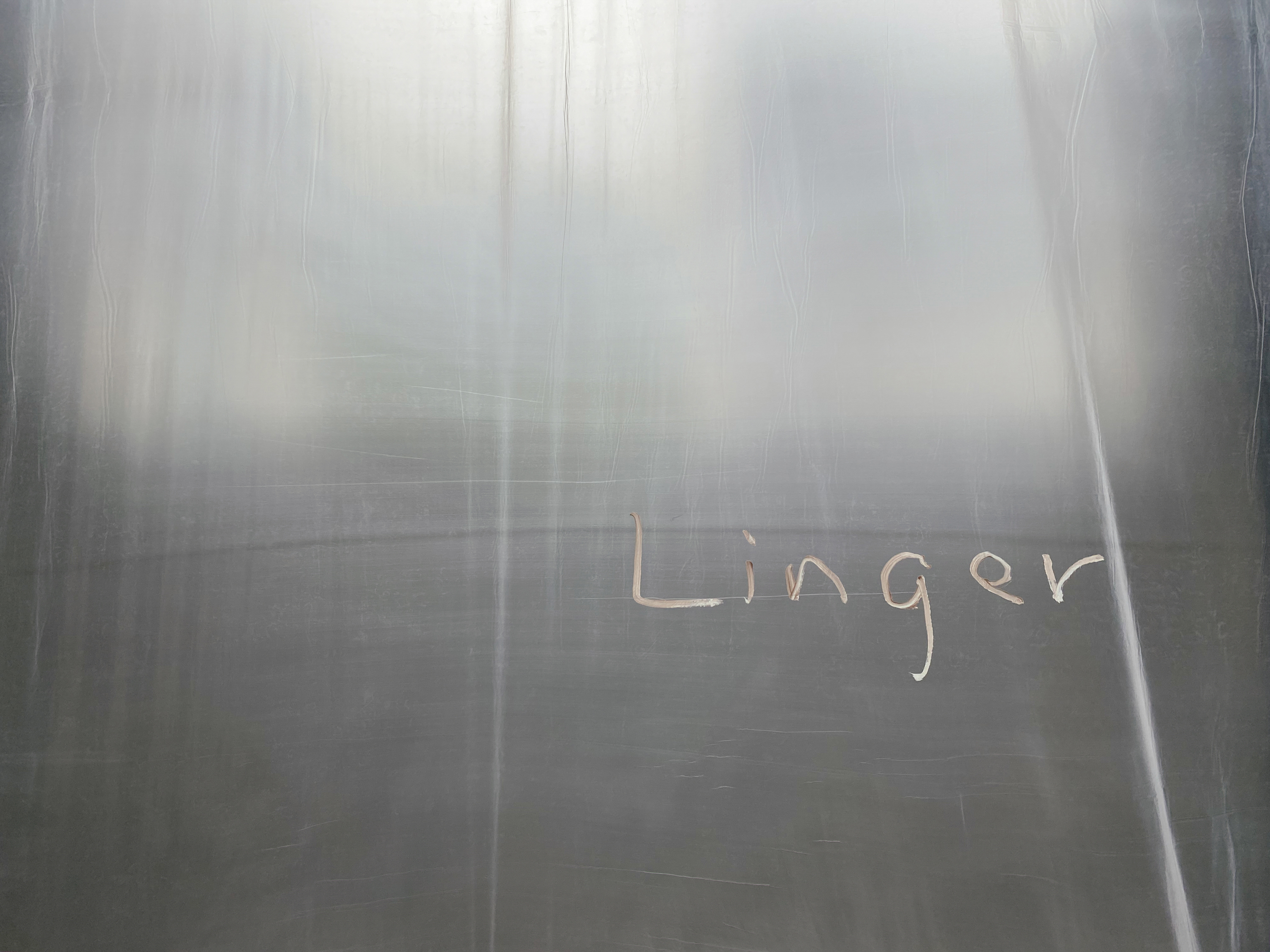
‘Linger’, Alien Art Centre, Kaohsiung, 2020
Image courtesy of the artist
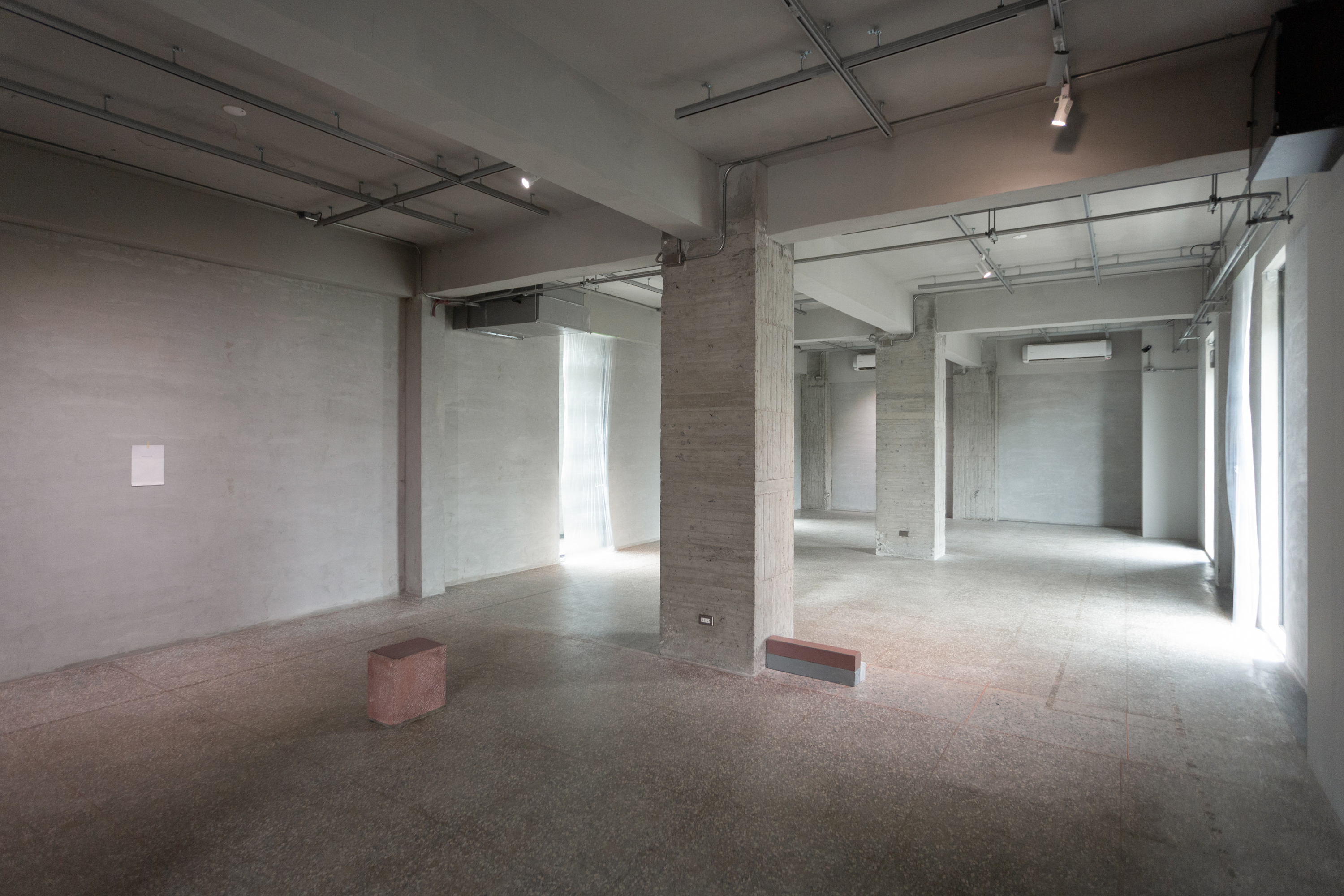
‘Linger’, Alien Art Centre, Kaohsiung, 2020
Image courtesy of the artist
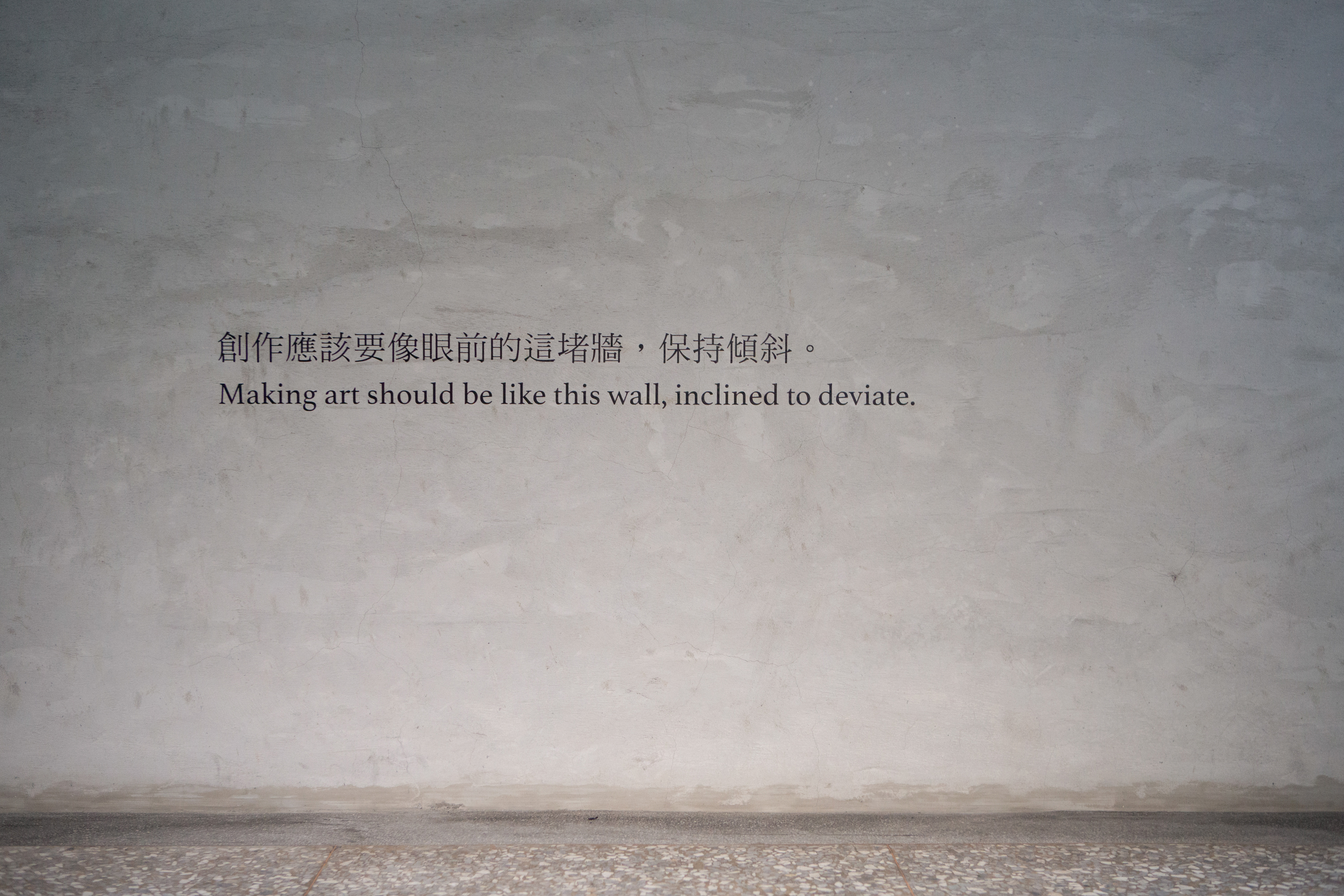
‘Linger’, Alien Art Centre, Kaohsiung, 2020
Image courtesy of the artist
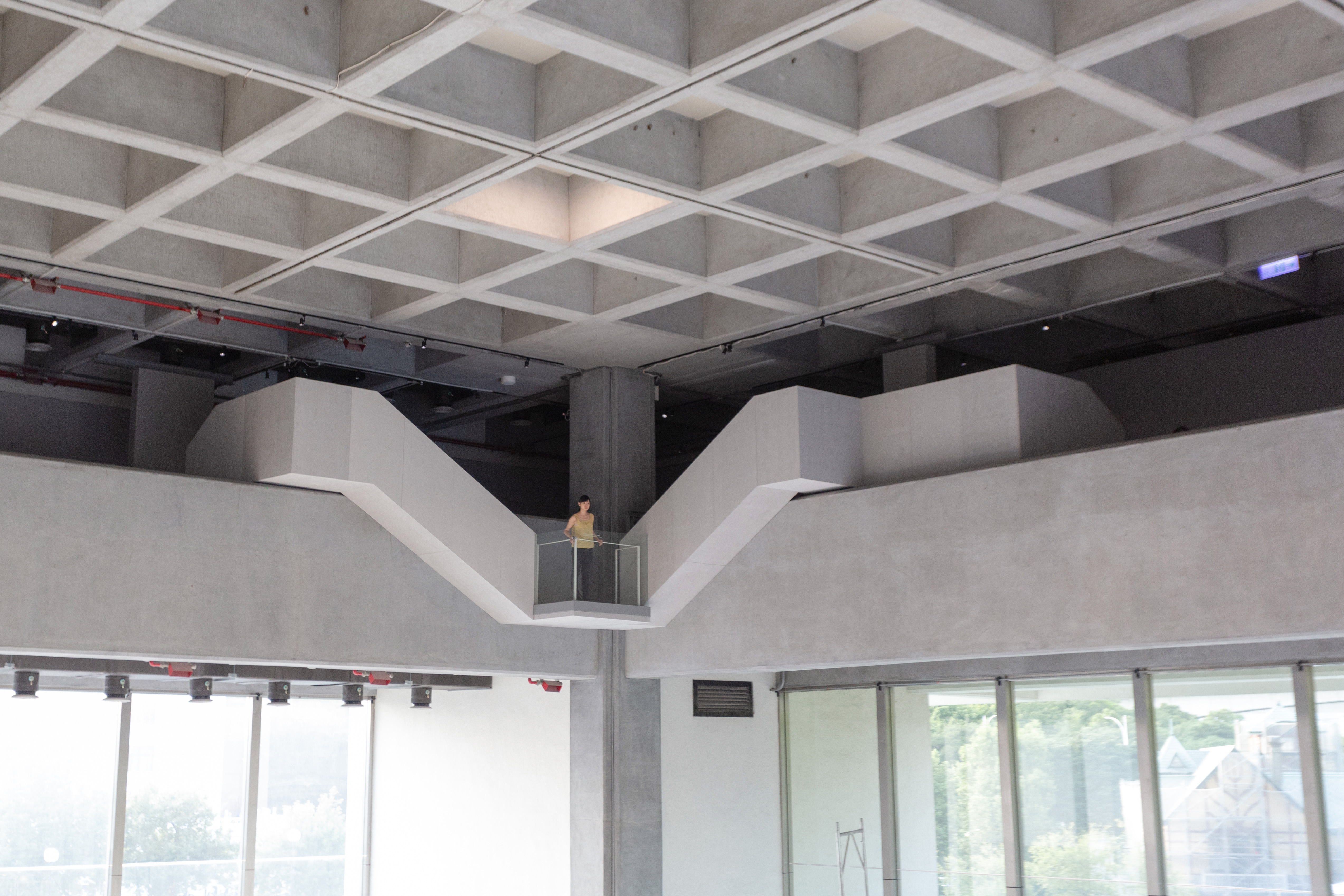
Space C, Taipei Fine Arts Museum, Taipei, Taiwan, 2020
Image courtesy of the artist
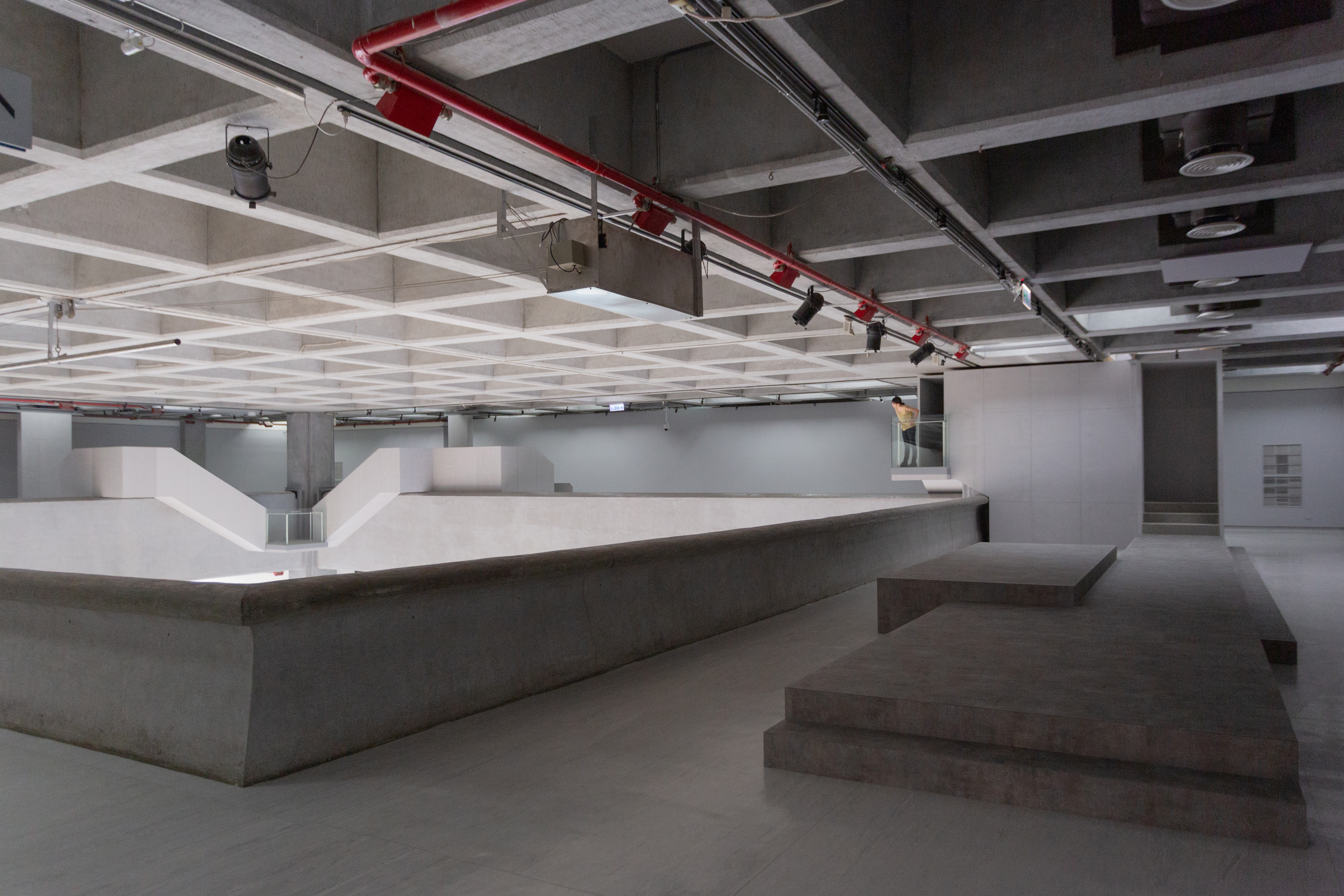
Space C, Taipei Fine Arts Museum, Taipei, Taiwan, 2020
Image courtesy of the artist
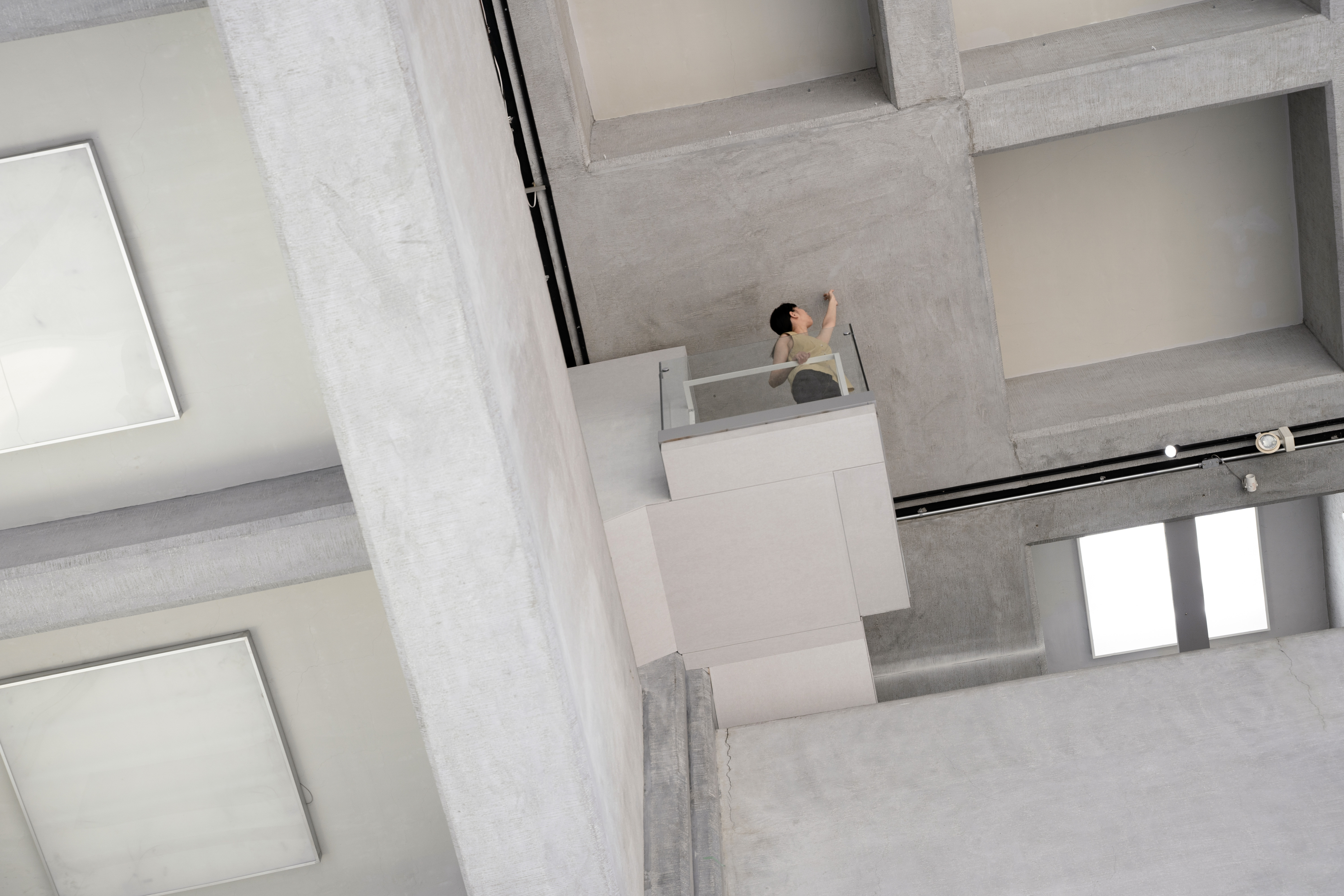
Space C, Taipei Fine Arts Museum, Taipei, Taiwan, 2020
Image courtesy of the artist
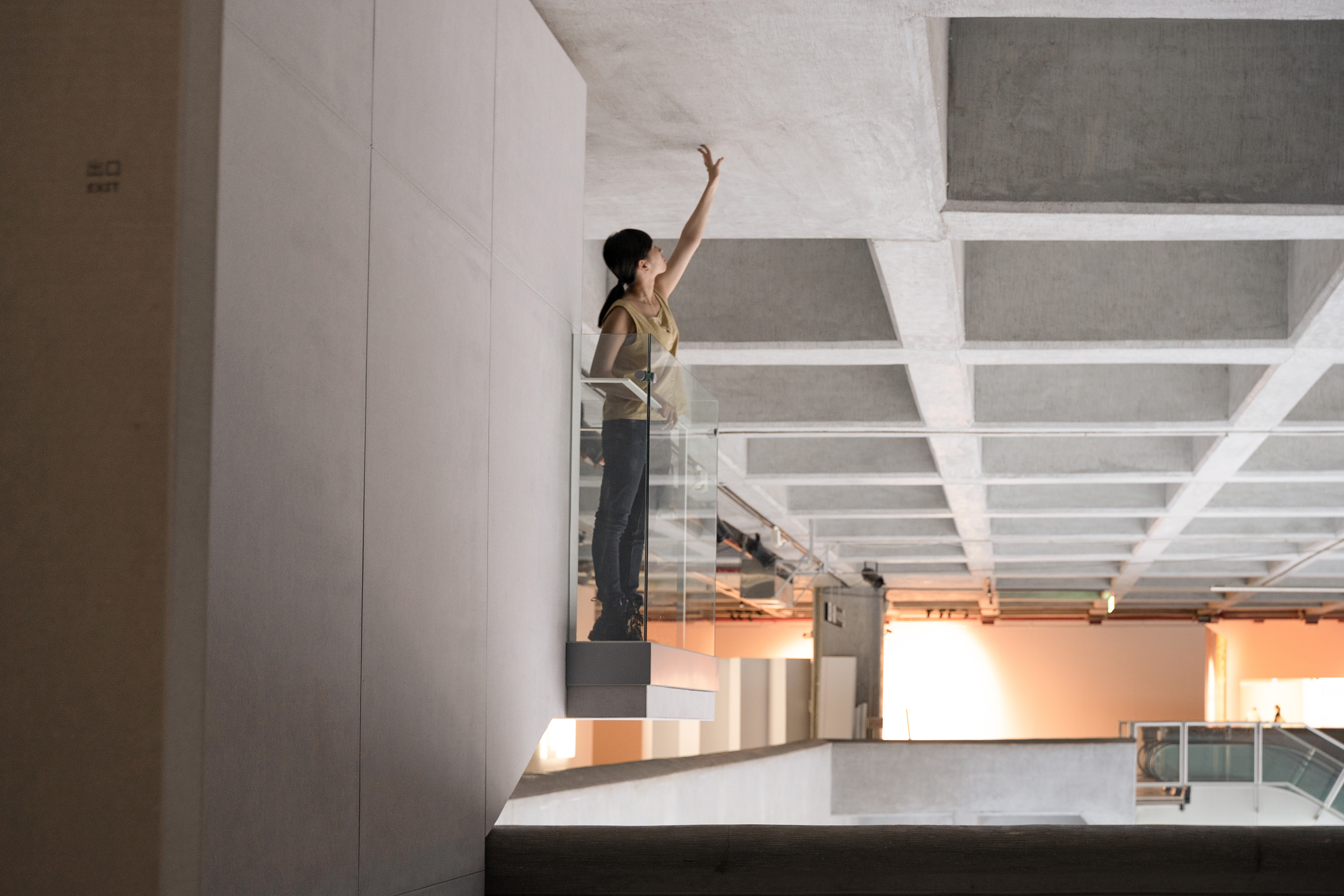
Space C, Taipei Fine Arts Museum, Taipei, Taiwan, 2020
Image courtesy of the artist
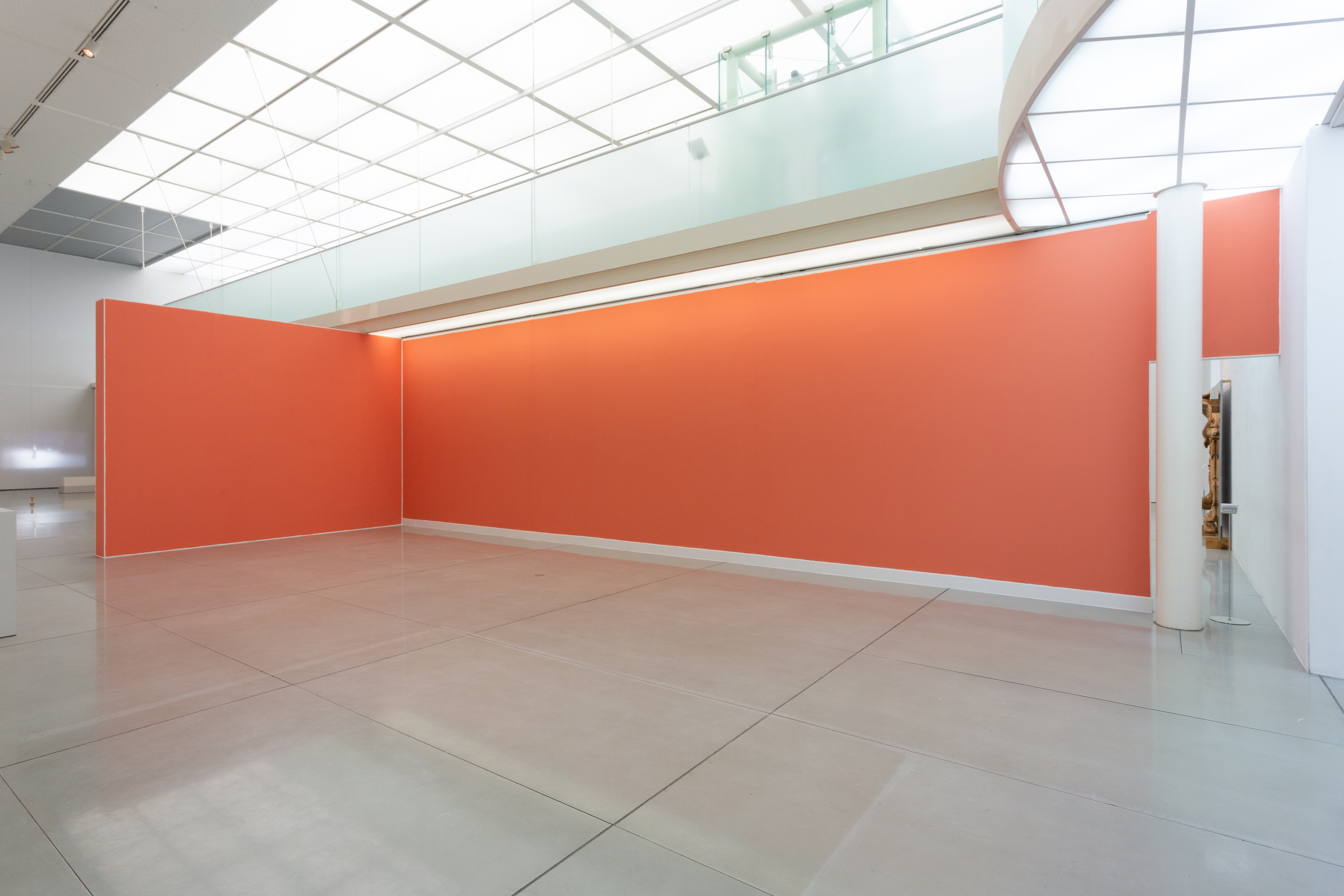
Kirishima Open Air Museum, Japan, 2019
Image courtesy of the artist
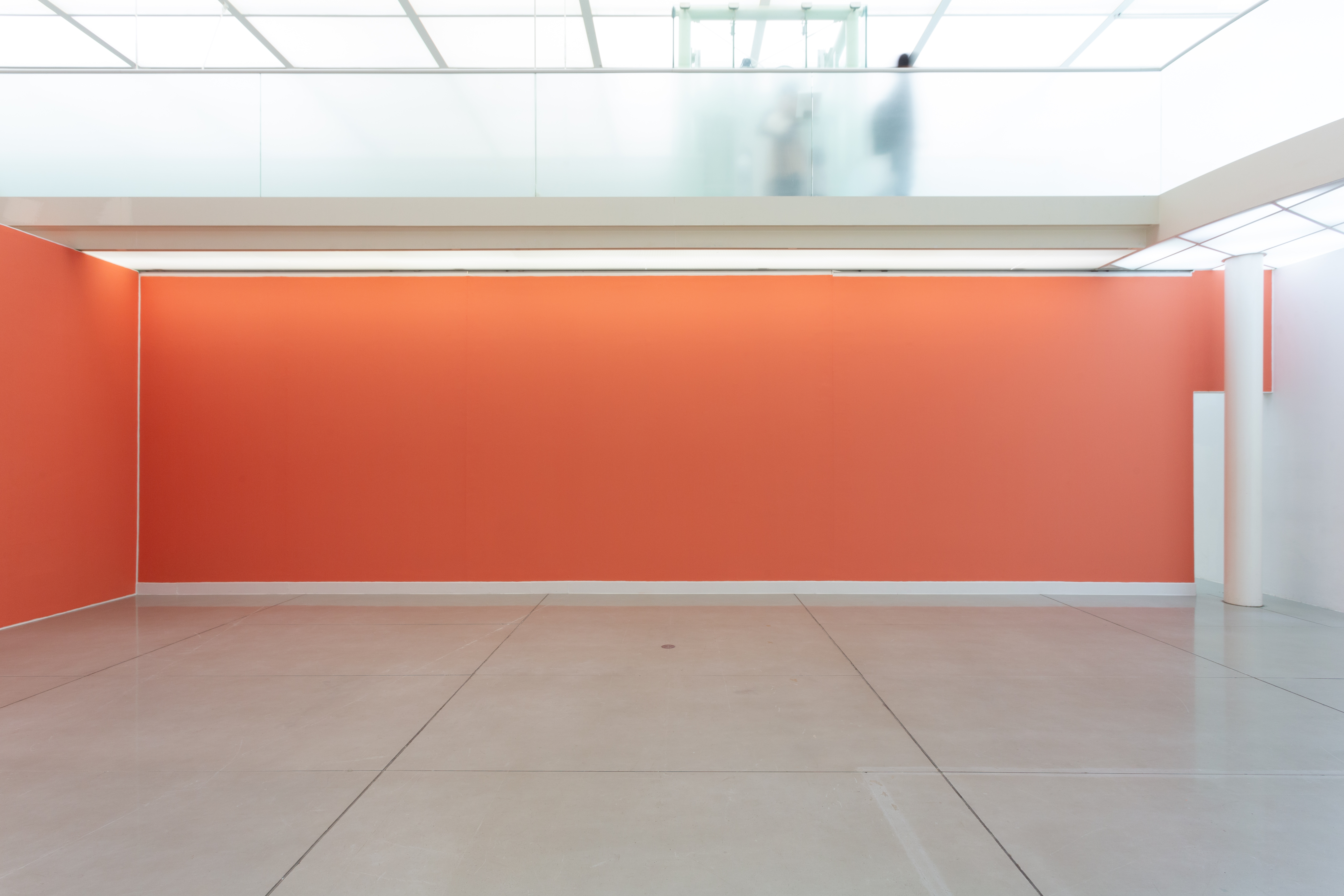
Kirishima Open Air Museum, Japan, 2019
Image courtesy of the artist

Kirishima Open Air Museum, Japan, 2019
Image courtesy of the artist
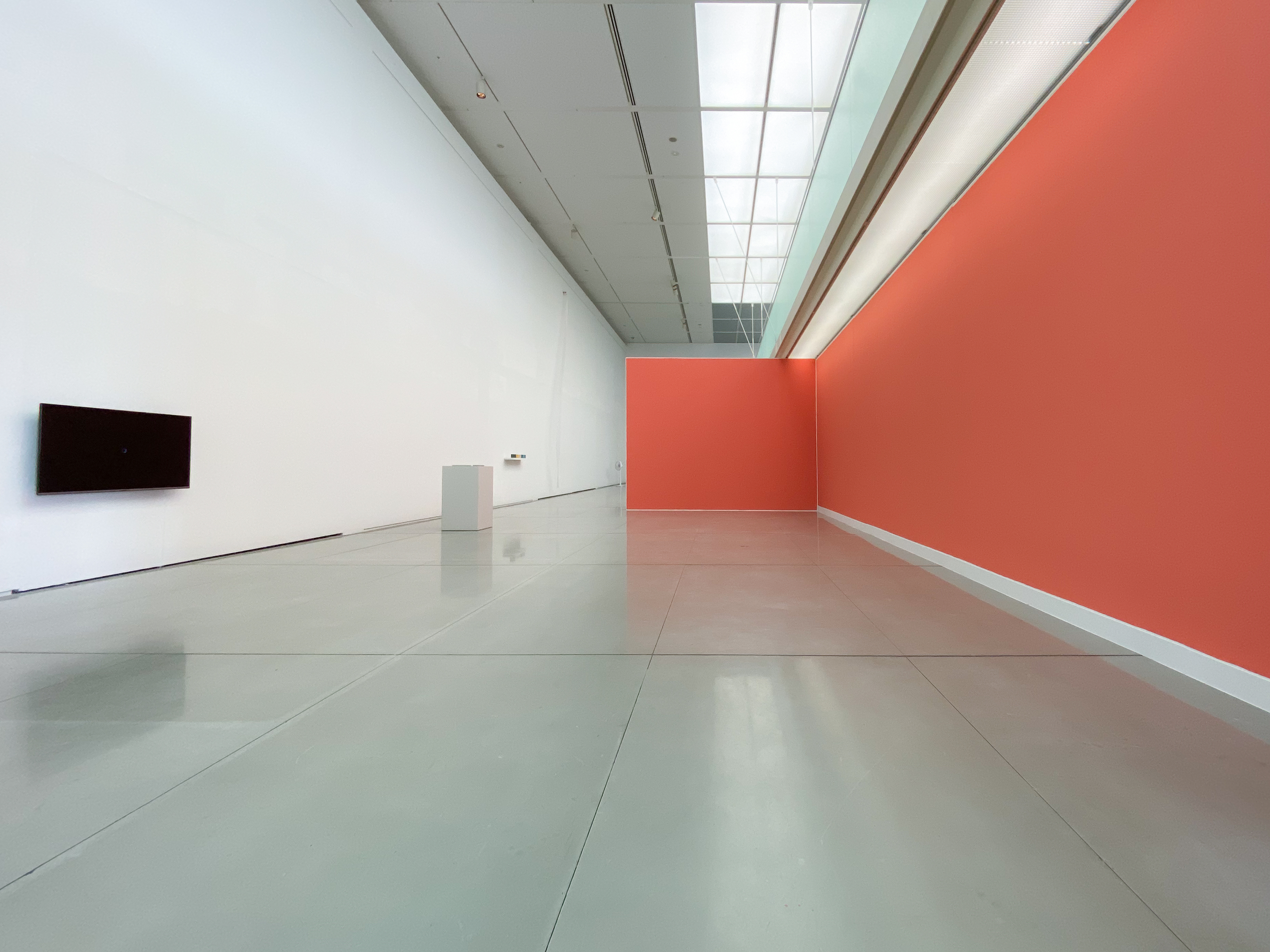
Kirishima Open Air Museum, Japan, 2019
Image courtesy of the artist
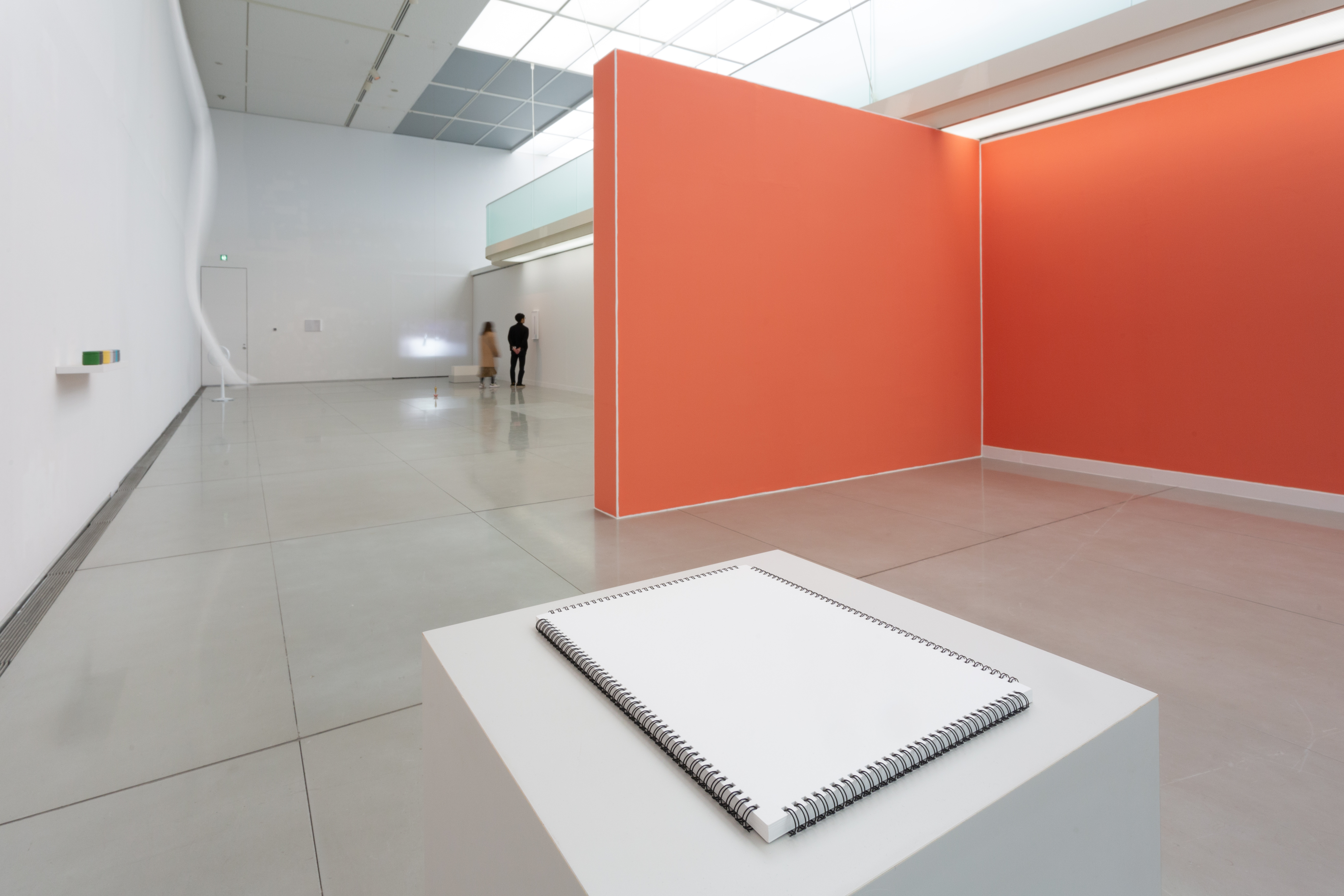
Kirishima Open Air Museum, Japan, 2019
Image courtesy of the artist
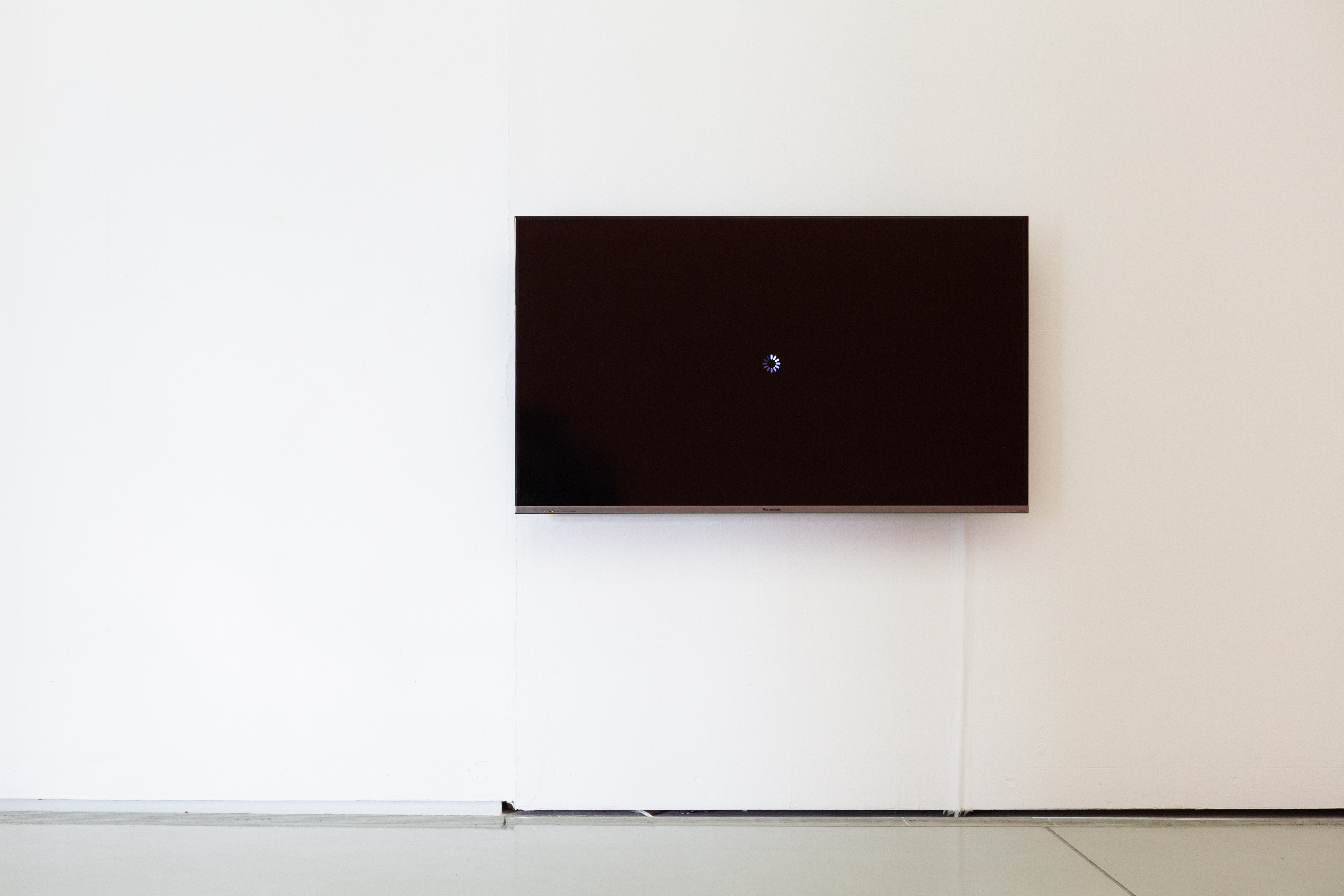
Kirishima Open Air Museum, Japan, 2019
Image courtesy of the artist

Kirishima Open Air Museum, Japan, 2019
Image courtesy of the artist
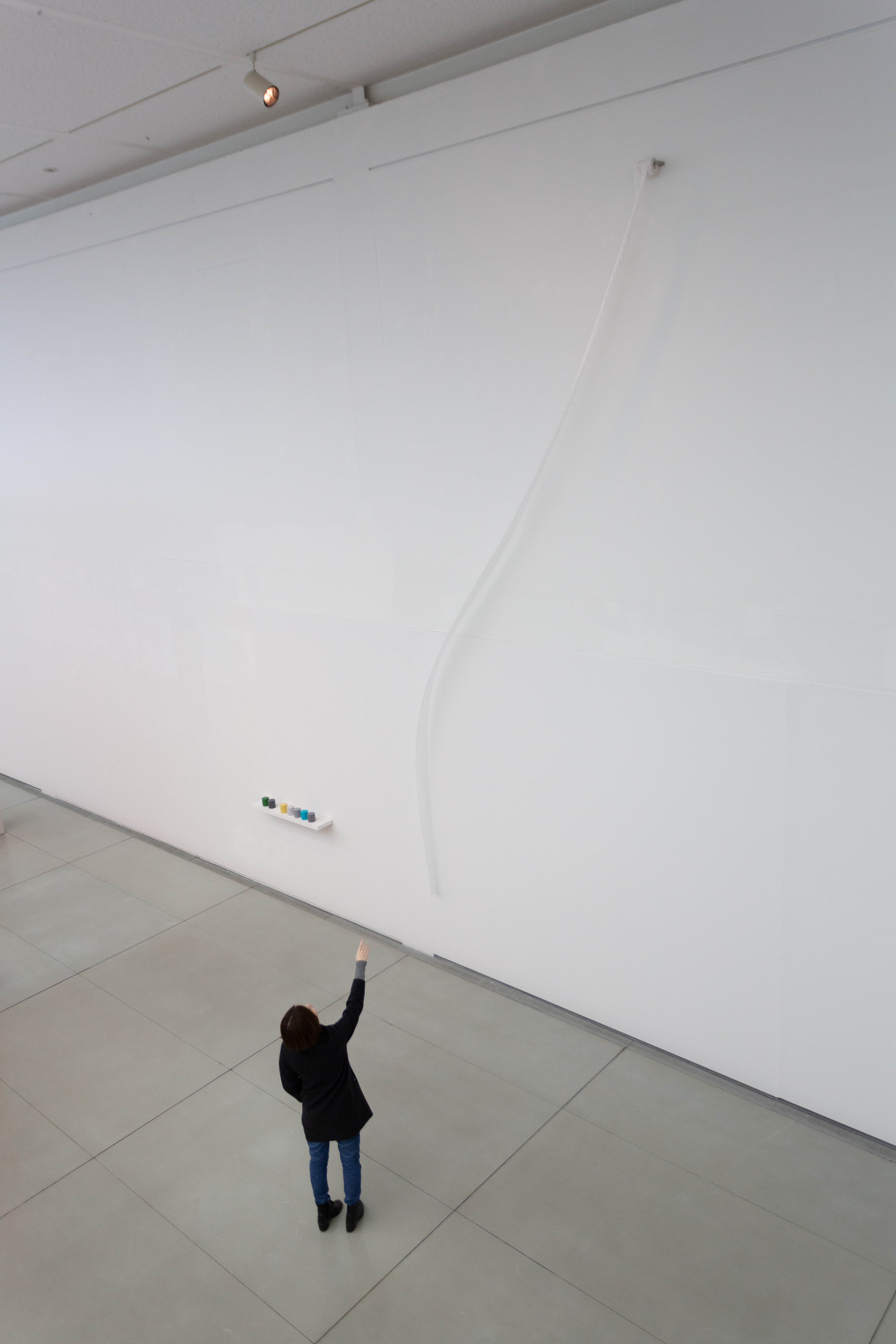
Kirishima Open Air Museum, Japan, 2019
Image courtesy of the artist
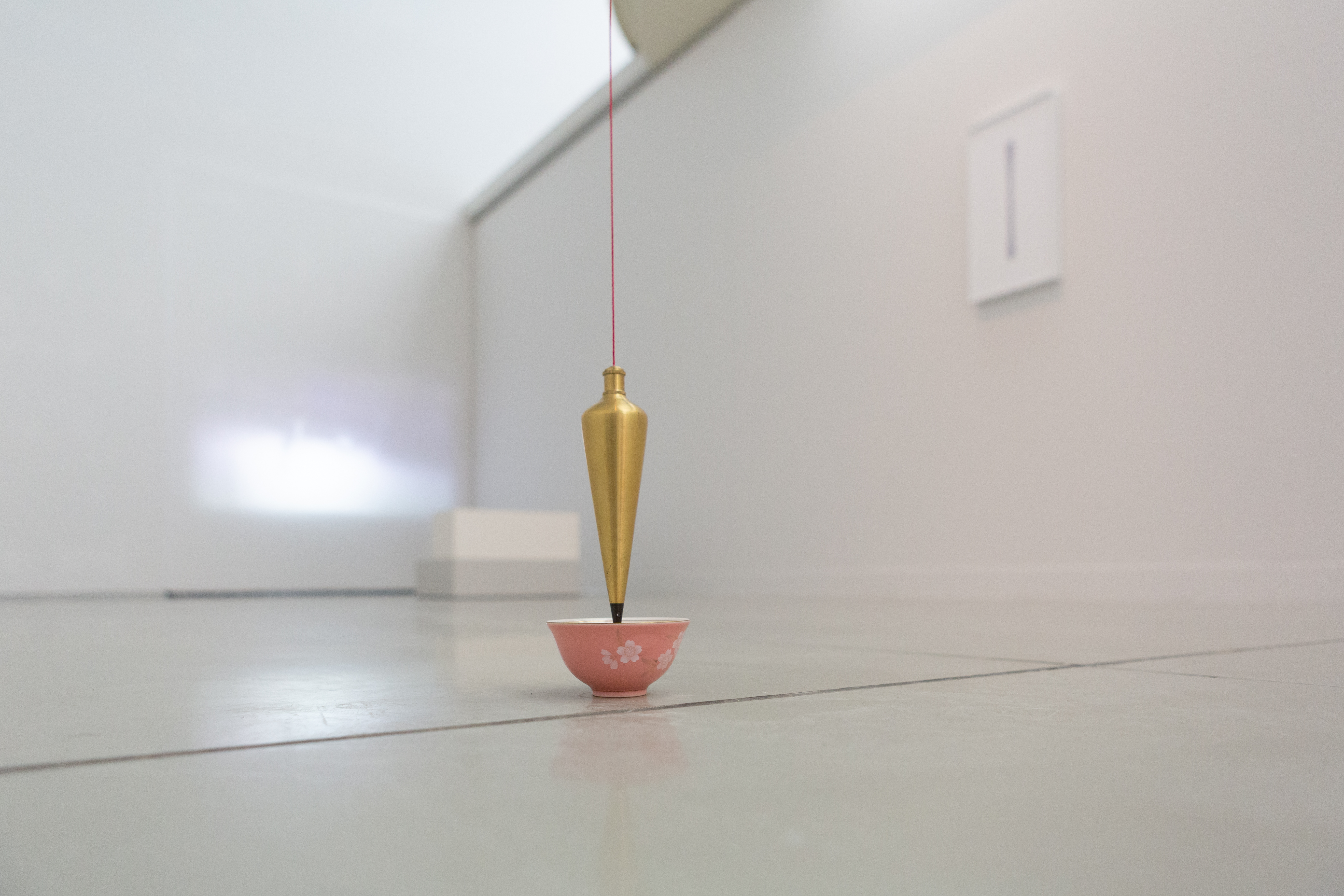
Kirishima Open Air Museum, Japan, 2019
Image courtesy of the artist
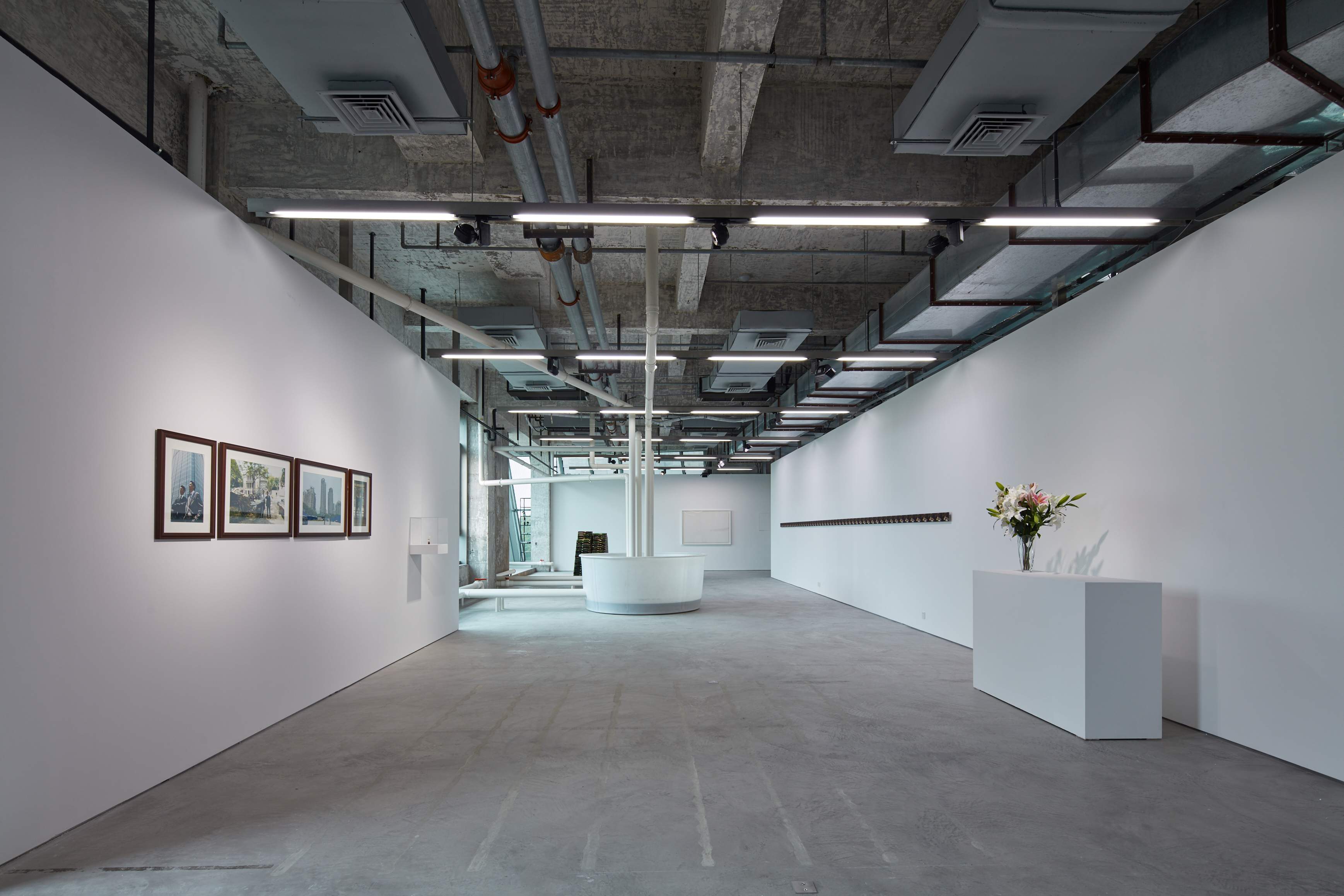
‘Healthier, Simpler, Wiser’, at Edouard Malingue Gallery, Shanghai, 2019
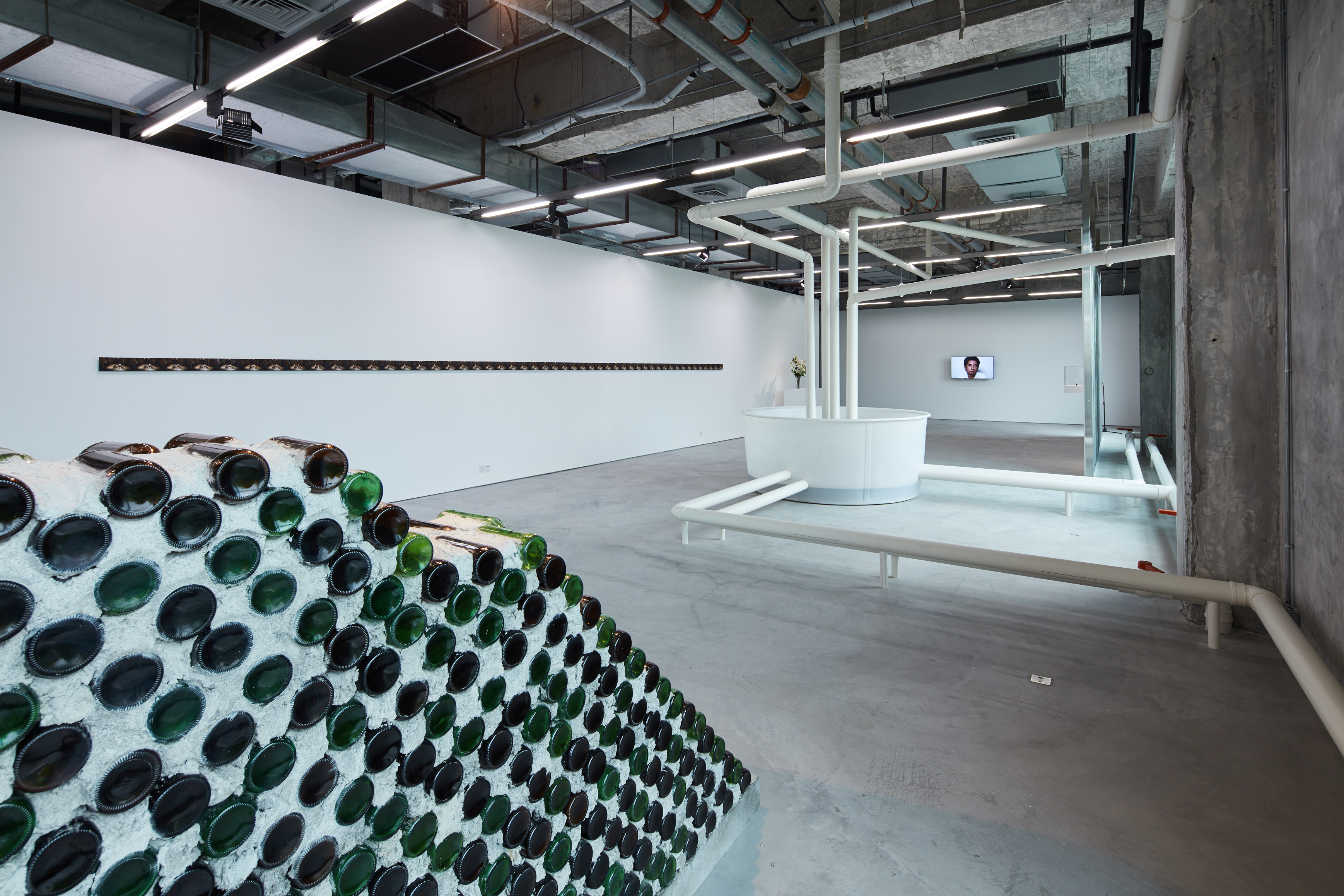
‘Healthier, Simpler, Wiser’, at Edouard Malingue Gallery, Shanghai, 2019
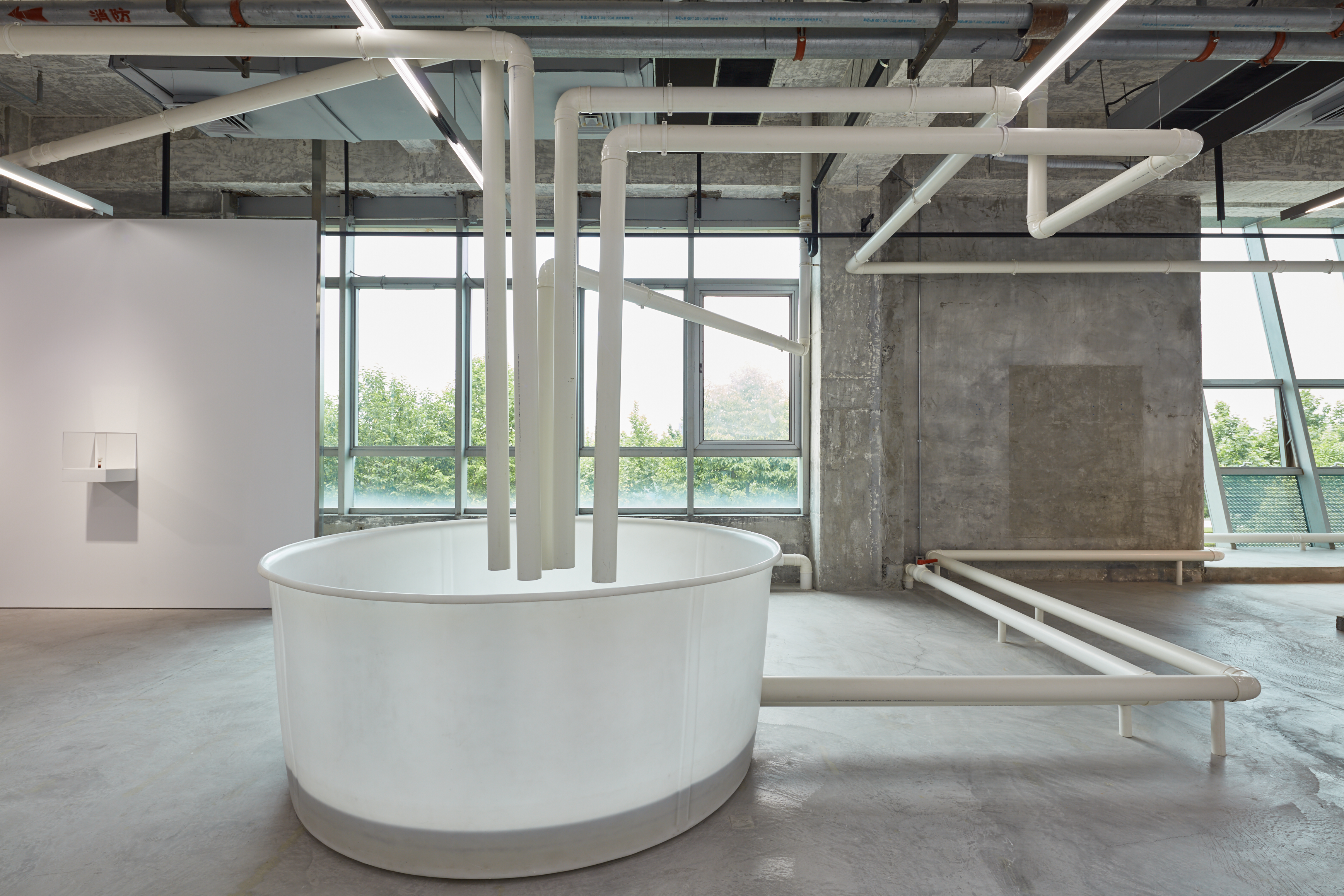
Installation: PVC pipe, thermoplastic tank, water, impurities; Painting: Acrylic on canvas
Installation dimension variable; Painting: 31.5 x 43 cm
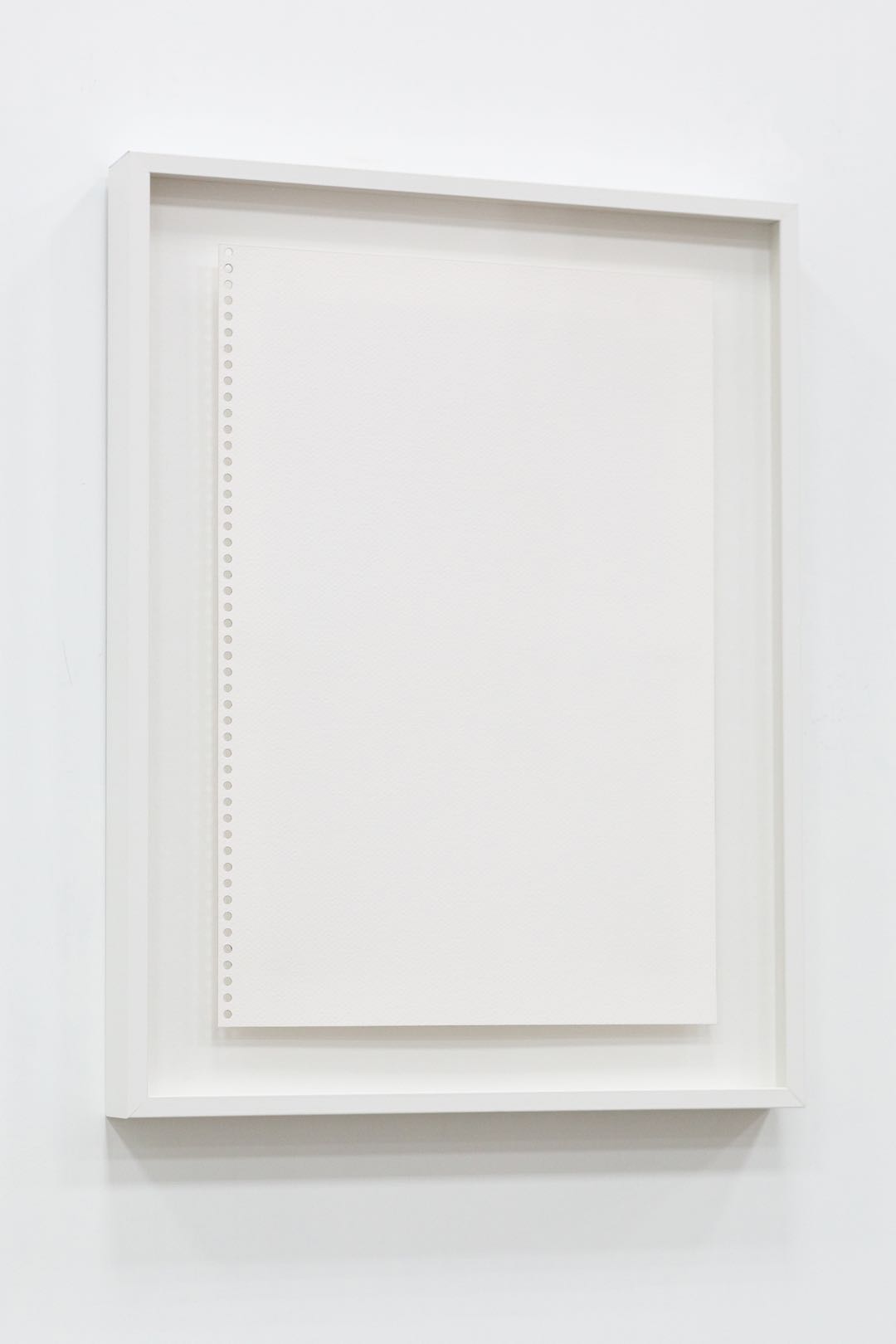
Loose-leaf paper, pencil
Paper: 39.5 x 28 cm; Frame: 47 x 36 cm
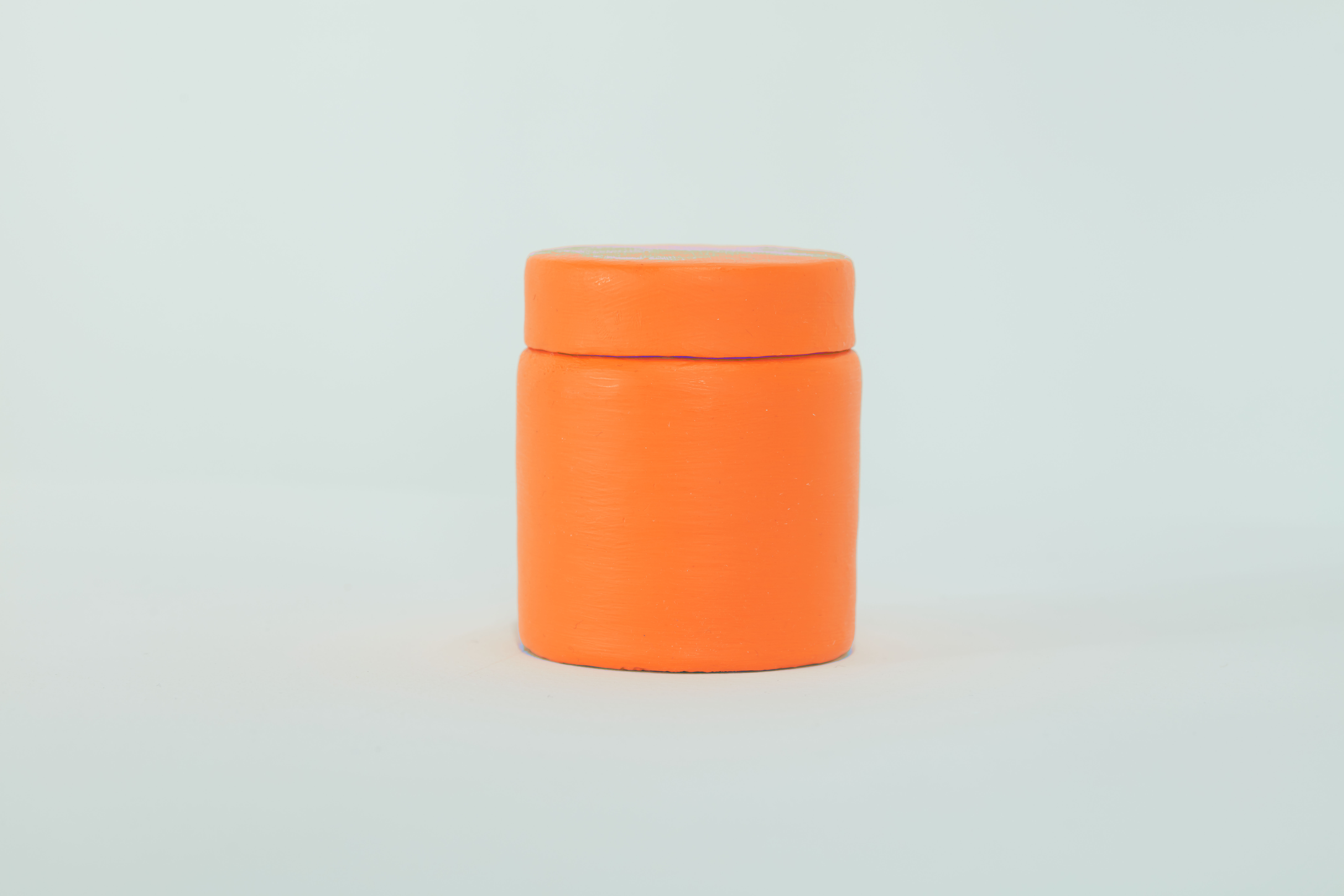
Acrylic, paper on plastic, 6 x 6 x 7 cm
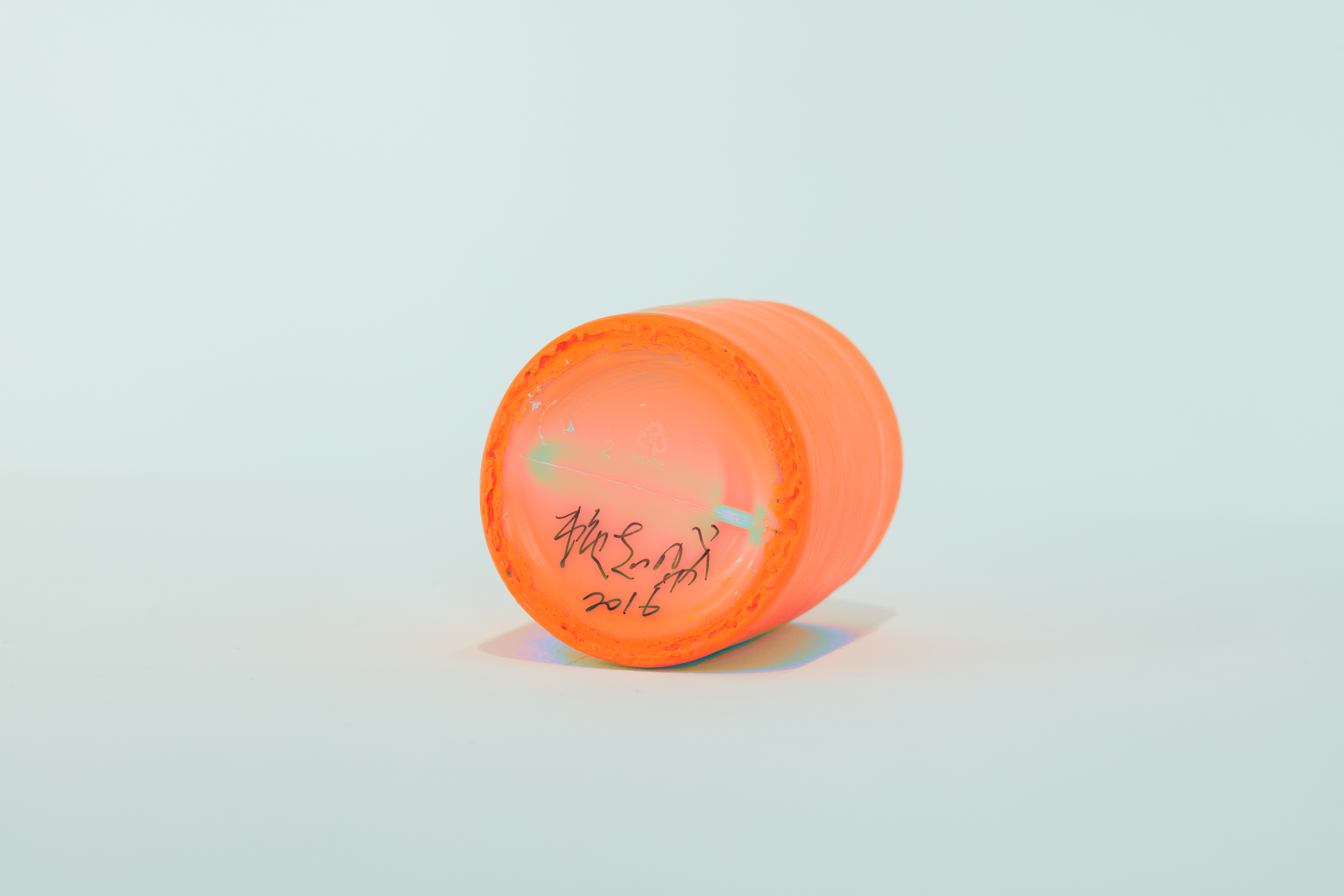
Acrylic, paper on plastic, 6 x 6 x 7 cm
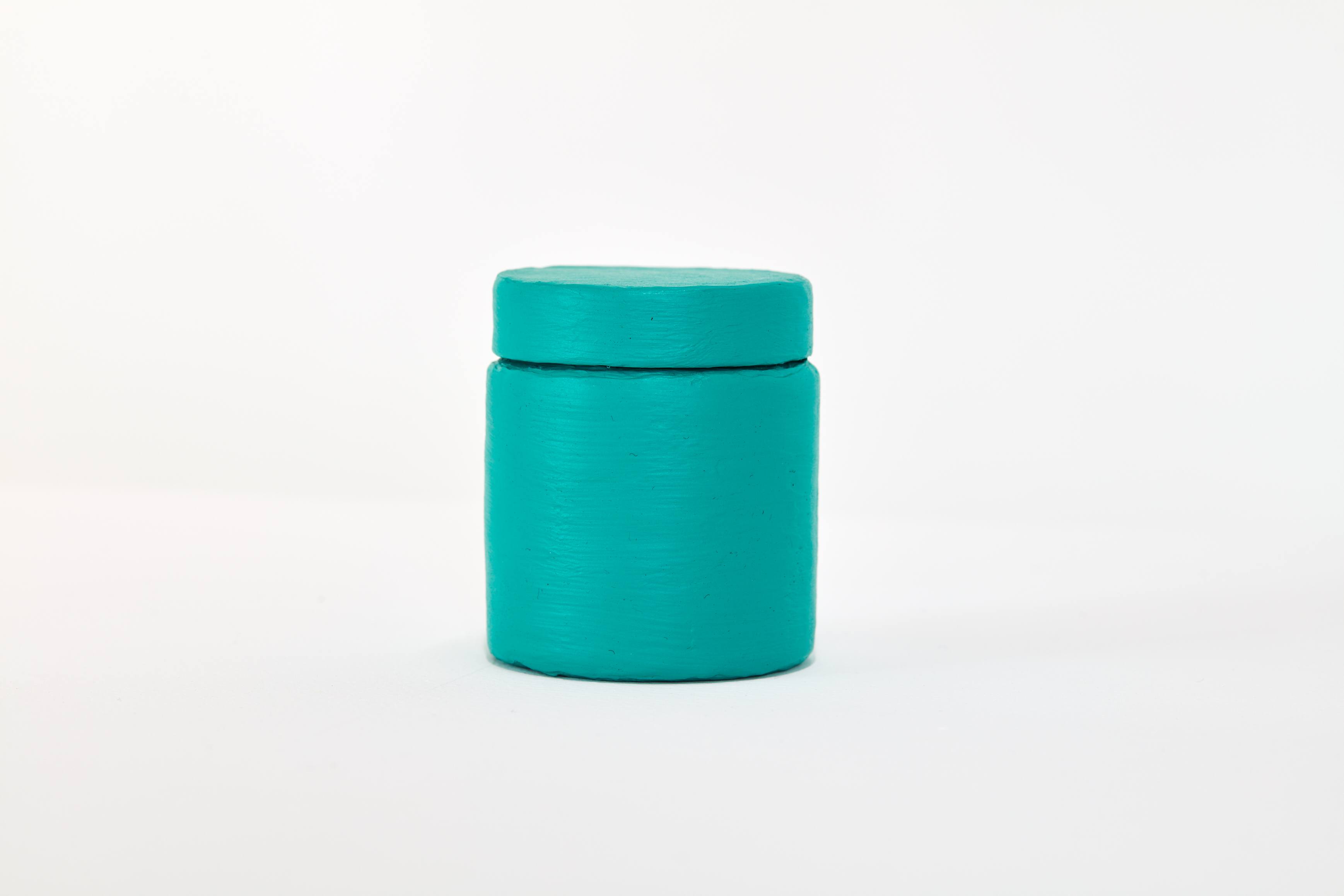
Acrylic, paper on plastic, 6 x 6 x 7 cm
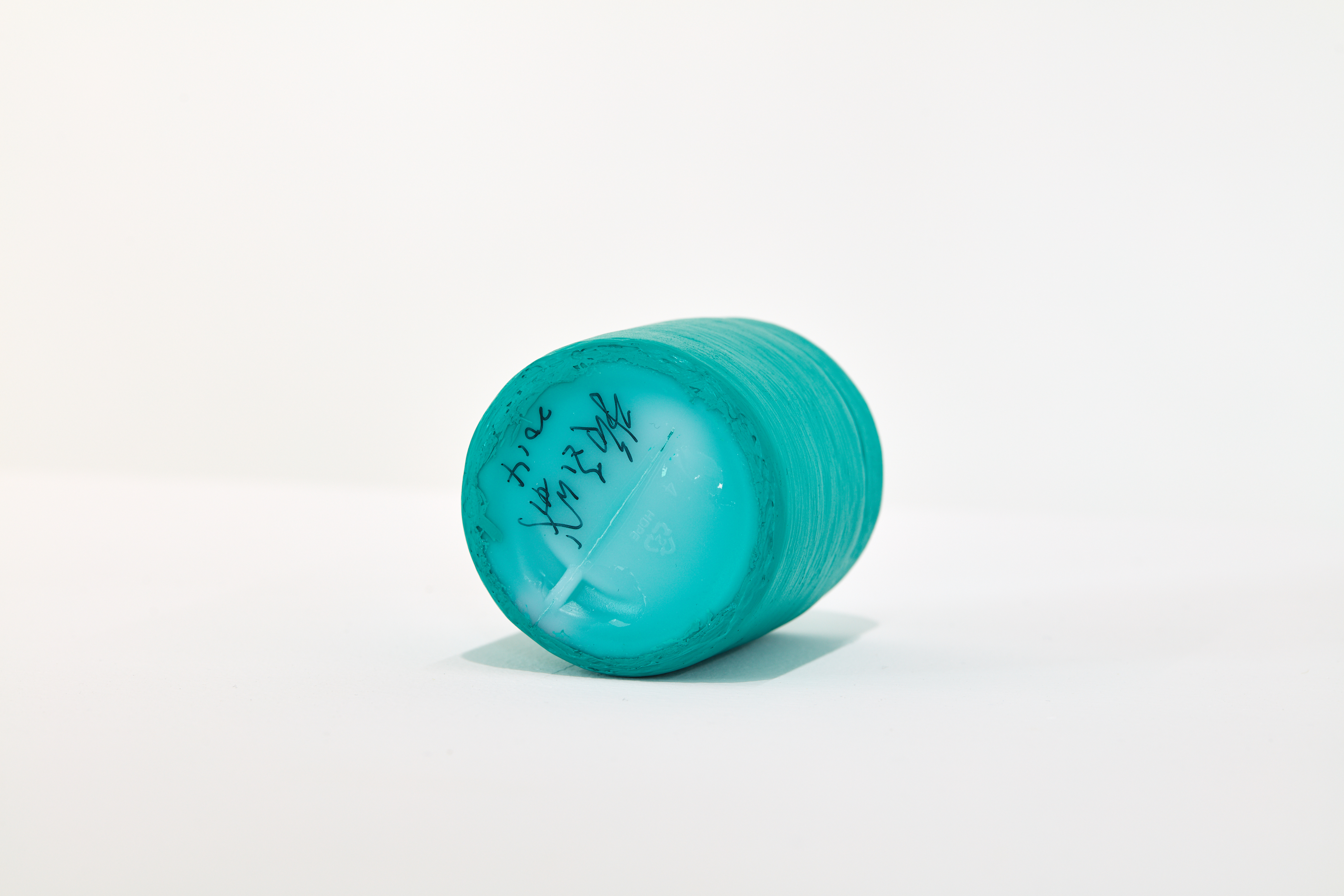
Acrylic, paper on plastic, 6 x 6 x 7 cm
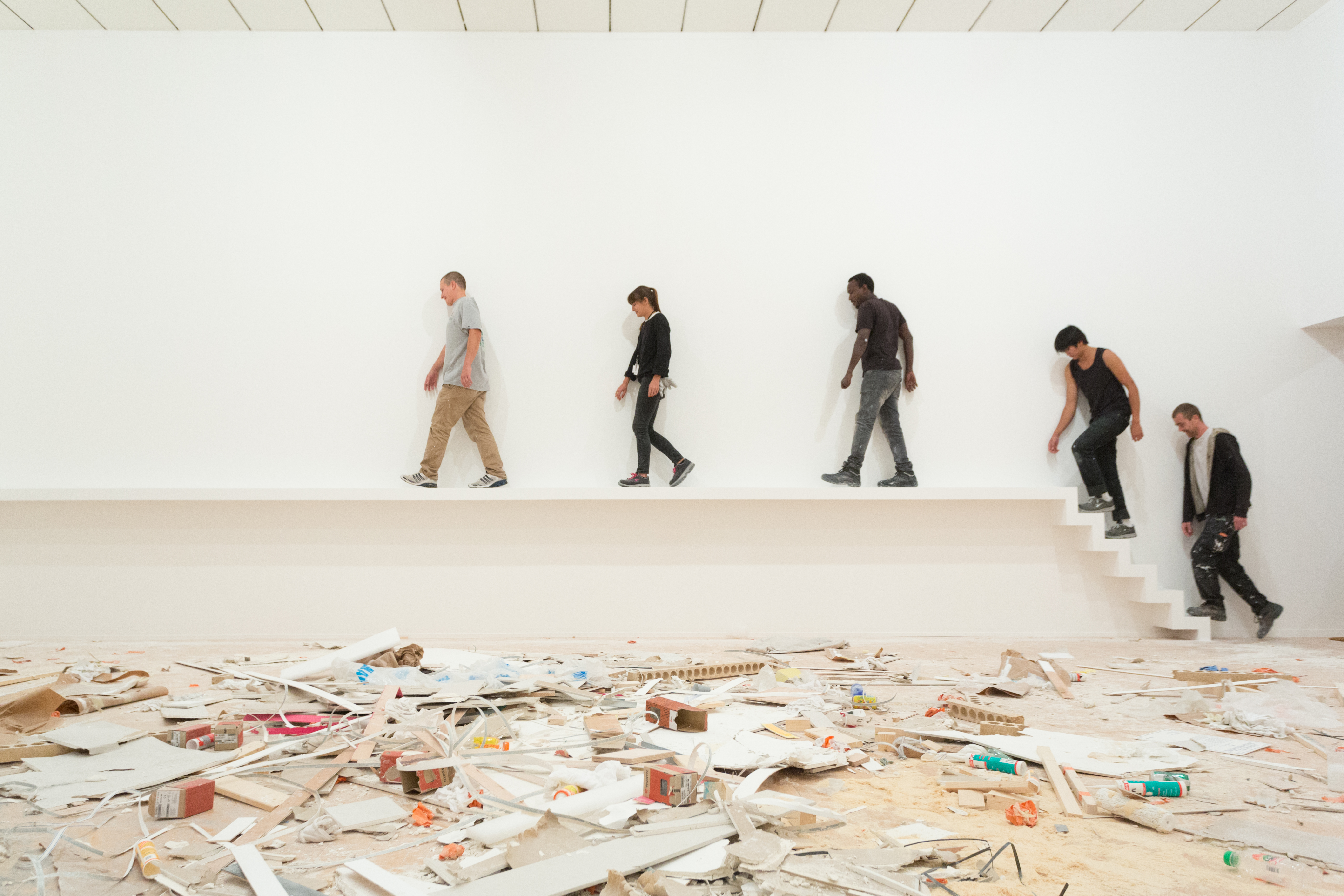
The 13th Biennale de Lyon: La vie Moderne, Lyon Museum of Contemporary Art, Lyon, France, 2015
Image courtesy of the artist
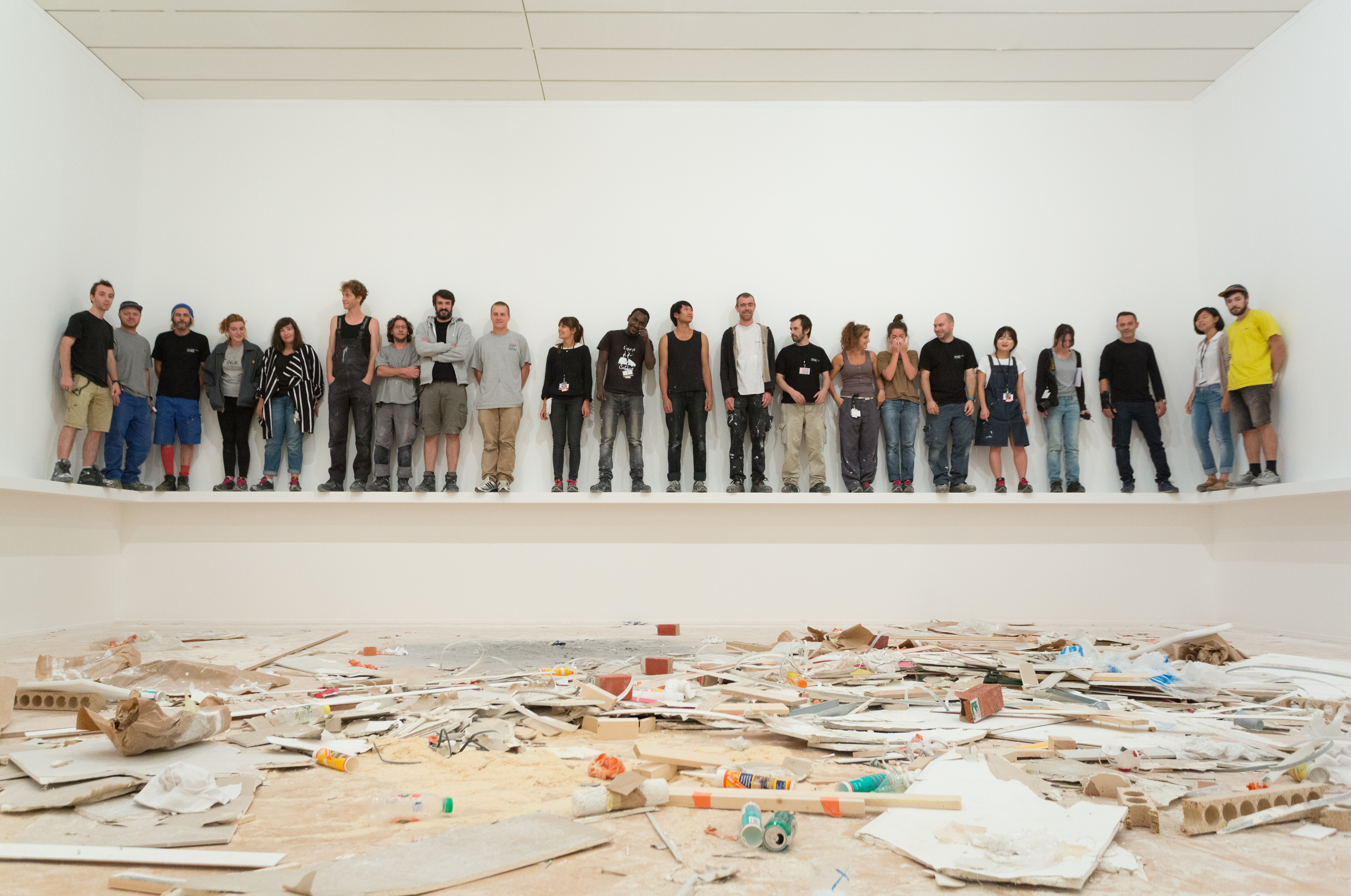
The 13th Biennale de Lyon: La vie Moderne, Lyon Museum of Contemporary Art, Lyon, France, 2015
Image courtesy of the artist
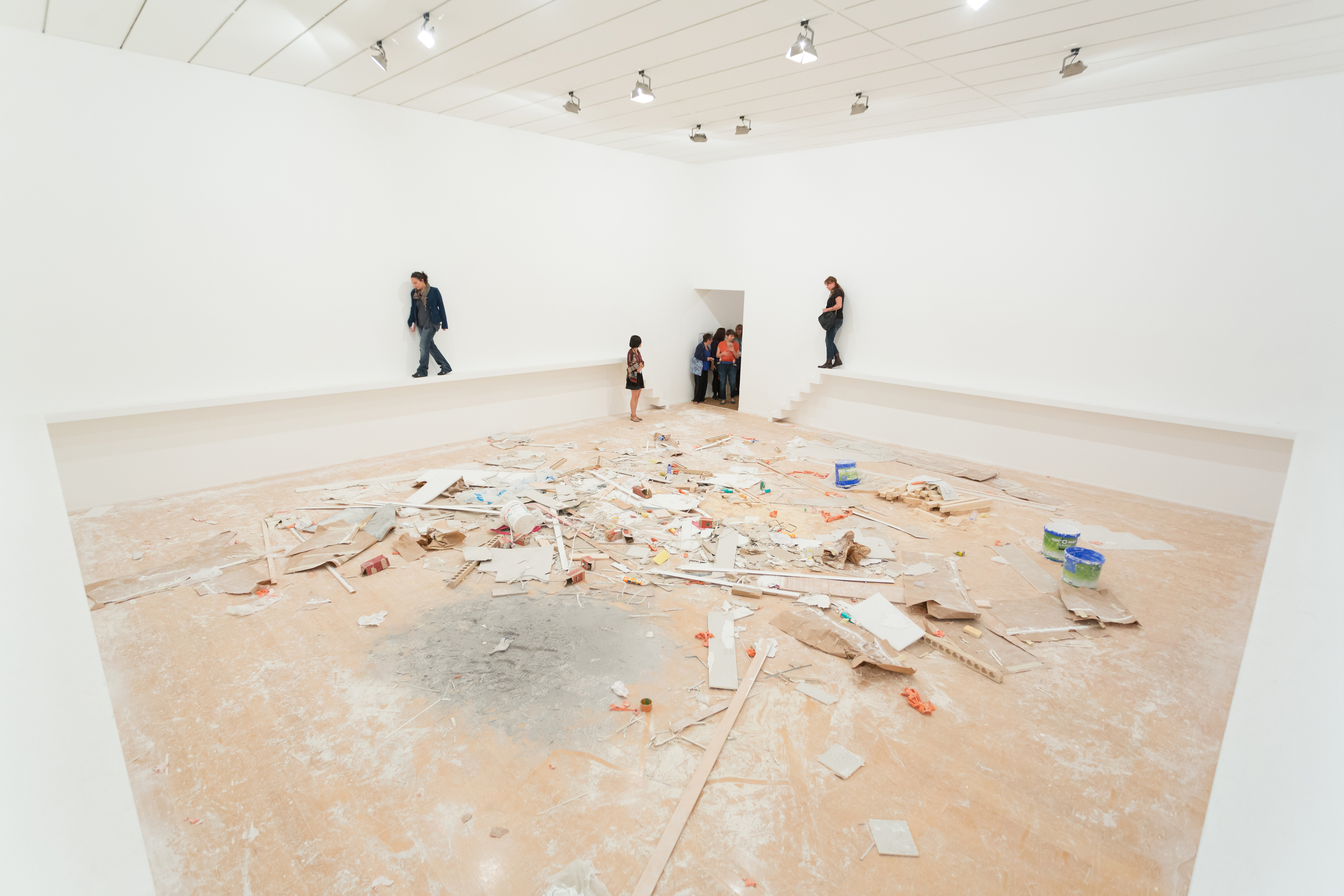
The 13th Biennale de Lyon: La vie Moderne, Lyon Museum of Contemporary Art, Lyon, France, 2015
Image courtesy of the artist
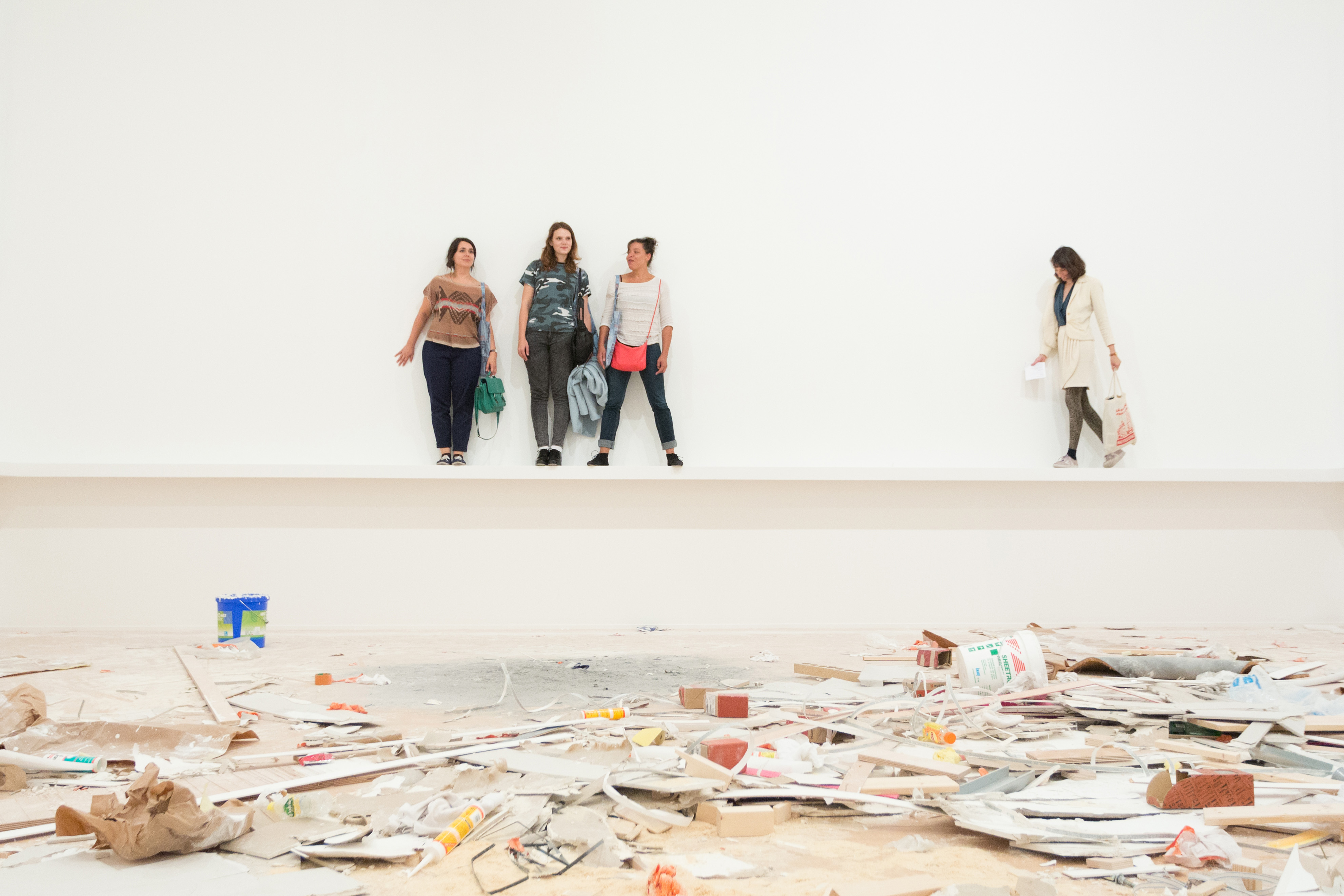
The 13th Biennale de Lyon: La vie Moderne, Lyon Museum of Contemporary Art, Lyon, France, 2015
Image courtesy of the artist
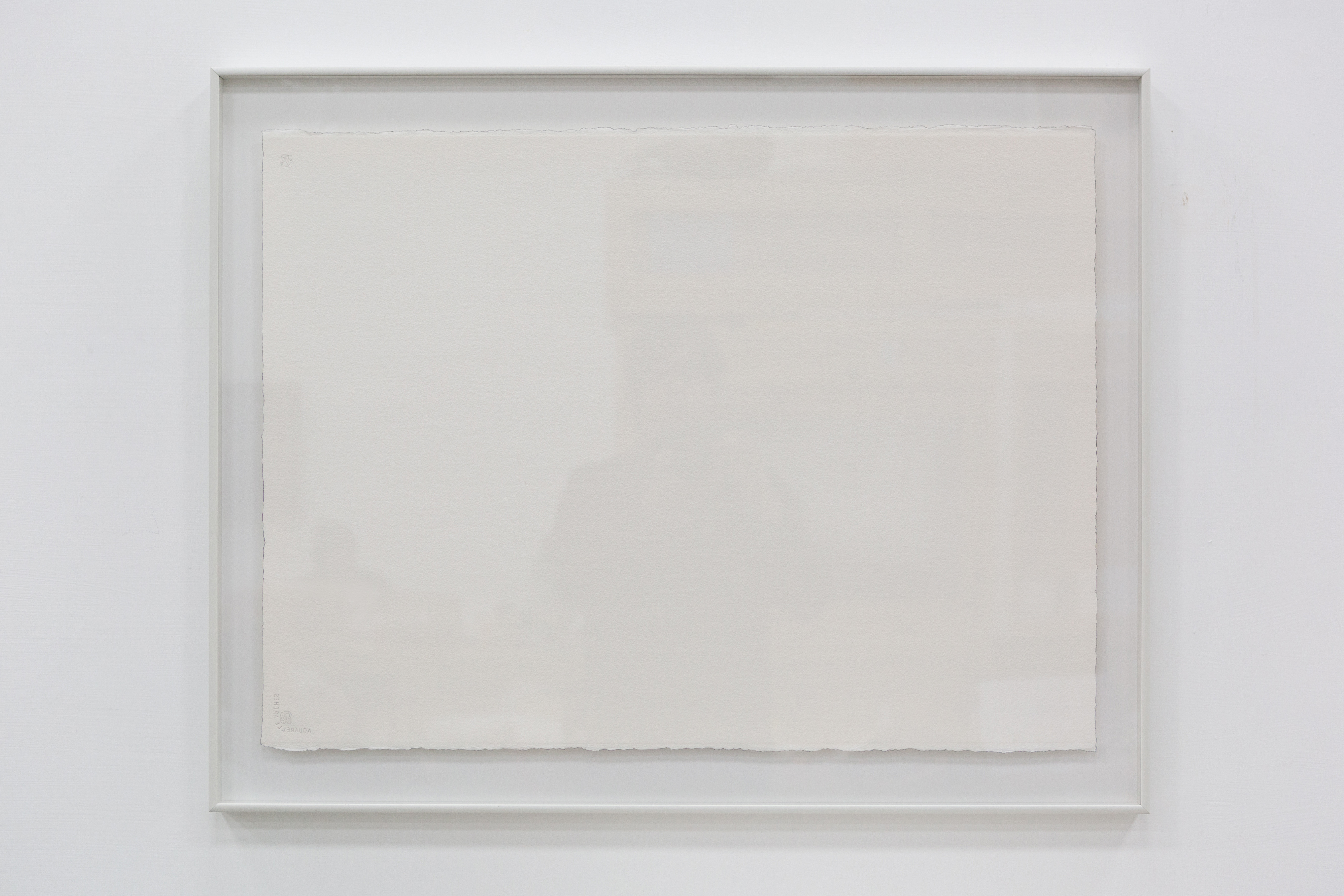
Watercolor paper, pencil
Paper: 57.6 x 76.8 cm; Frame: 69 x 87 cm






